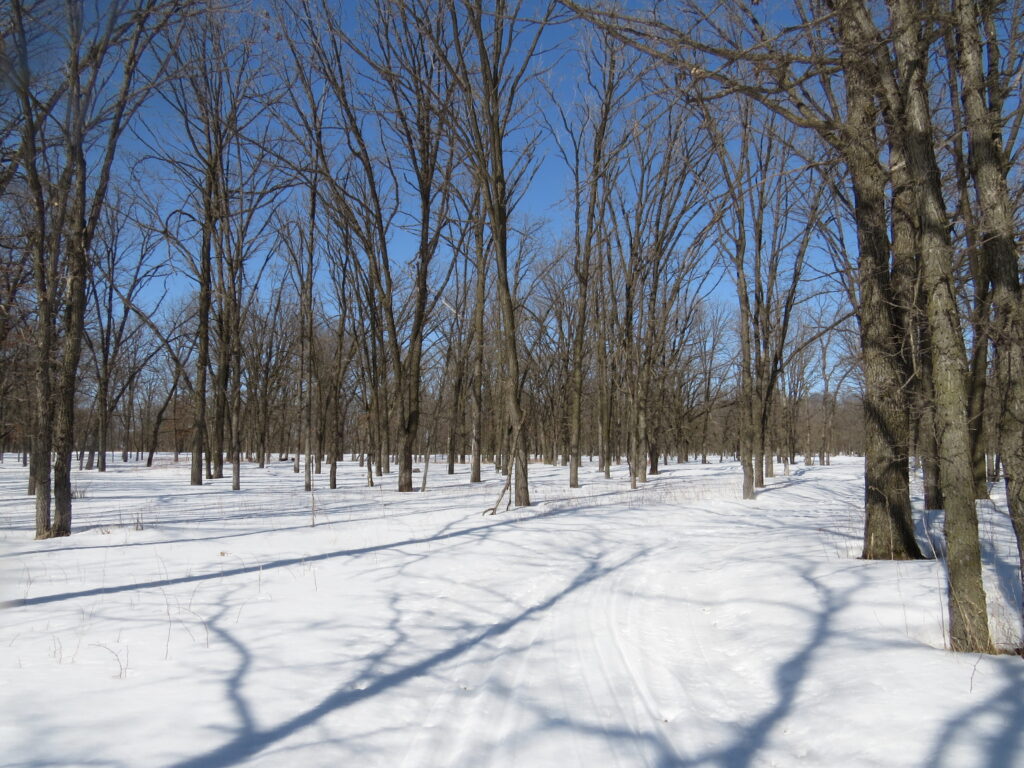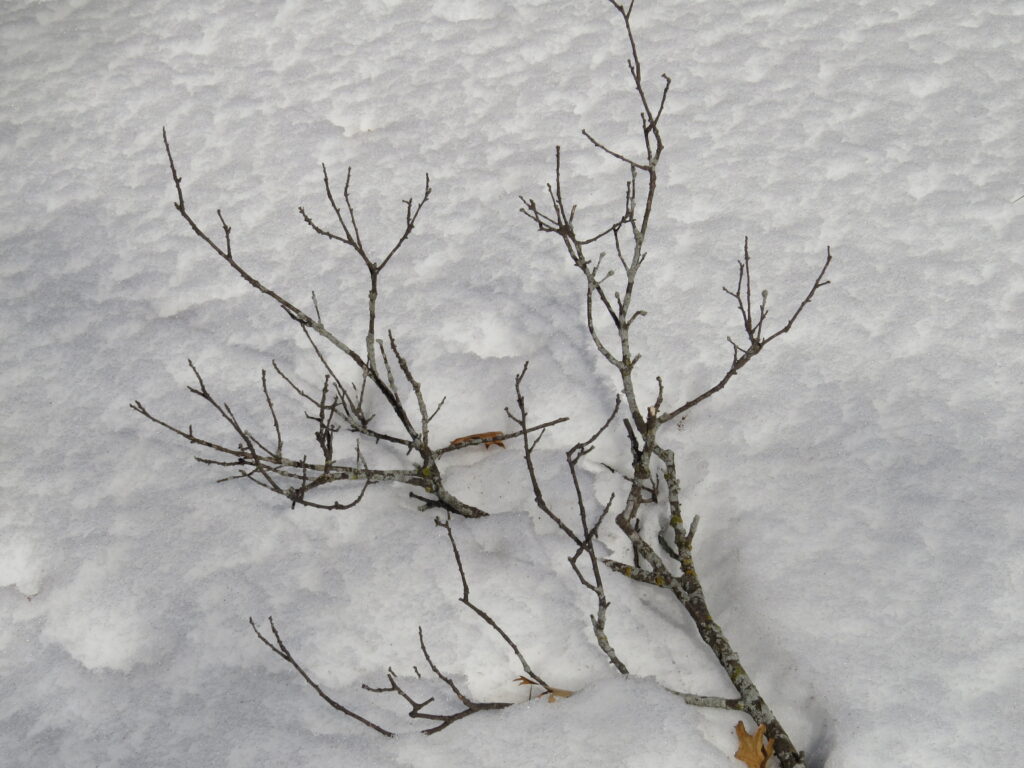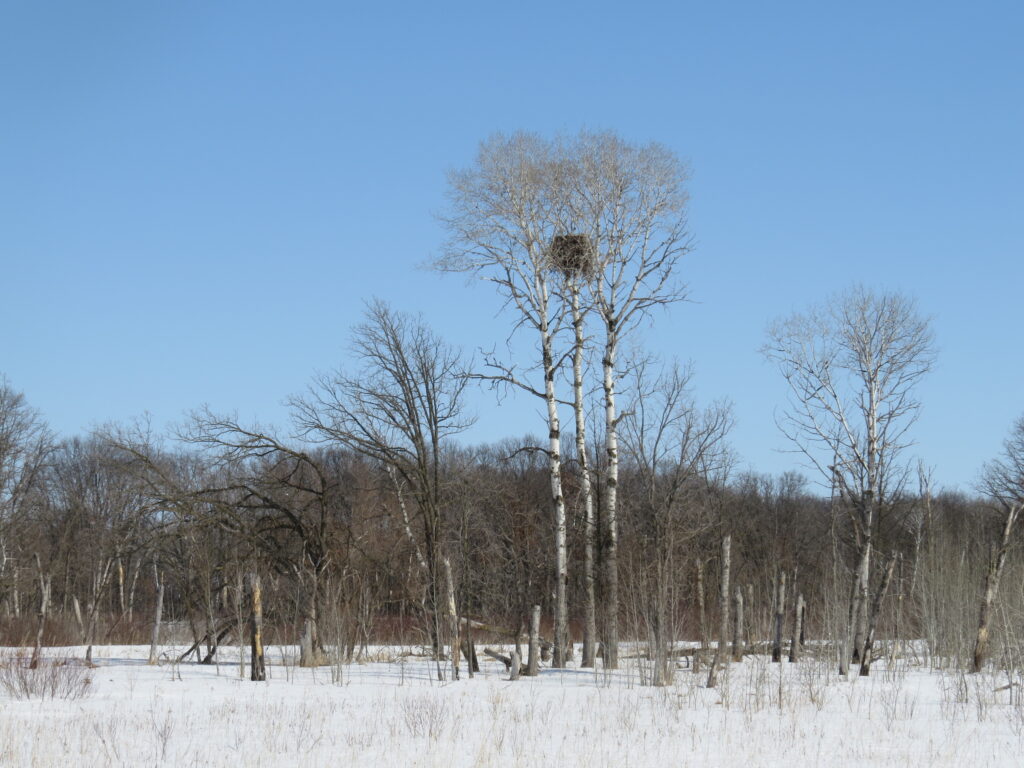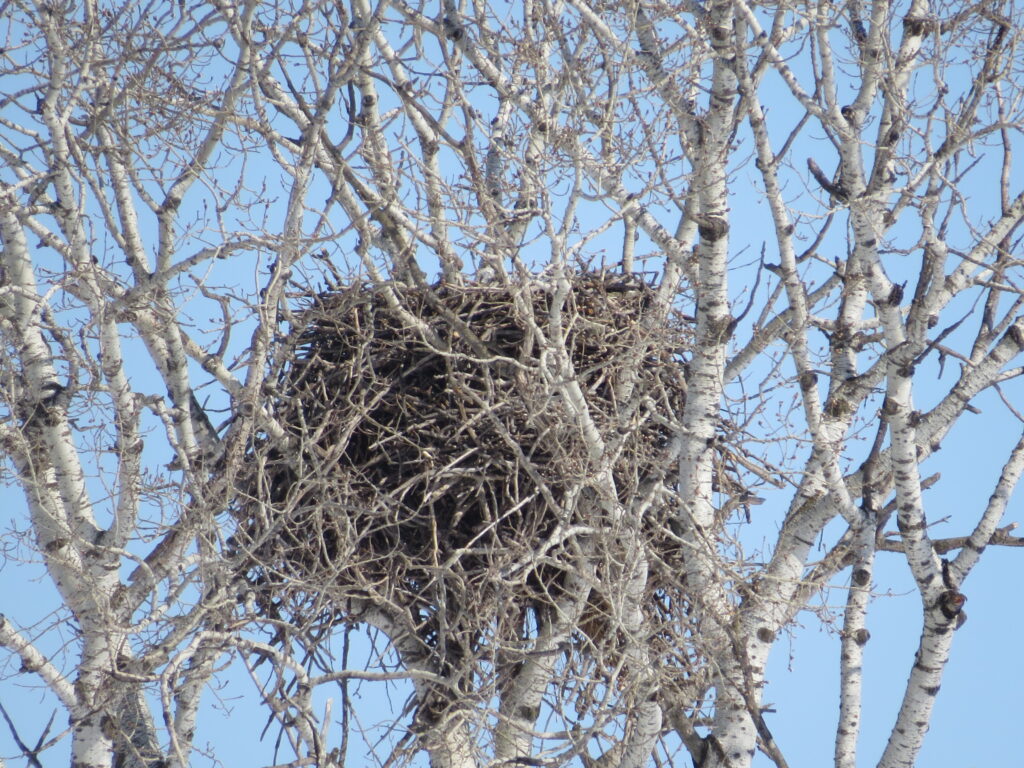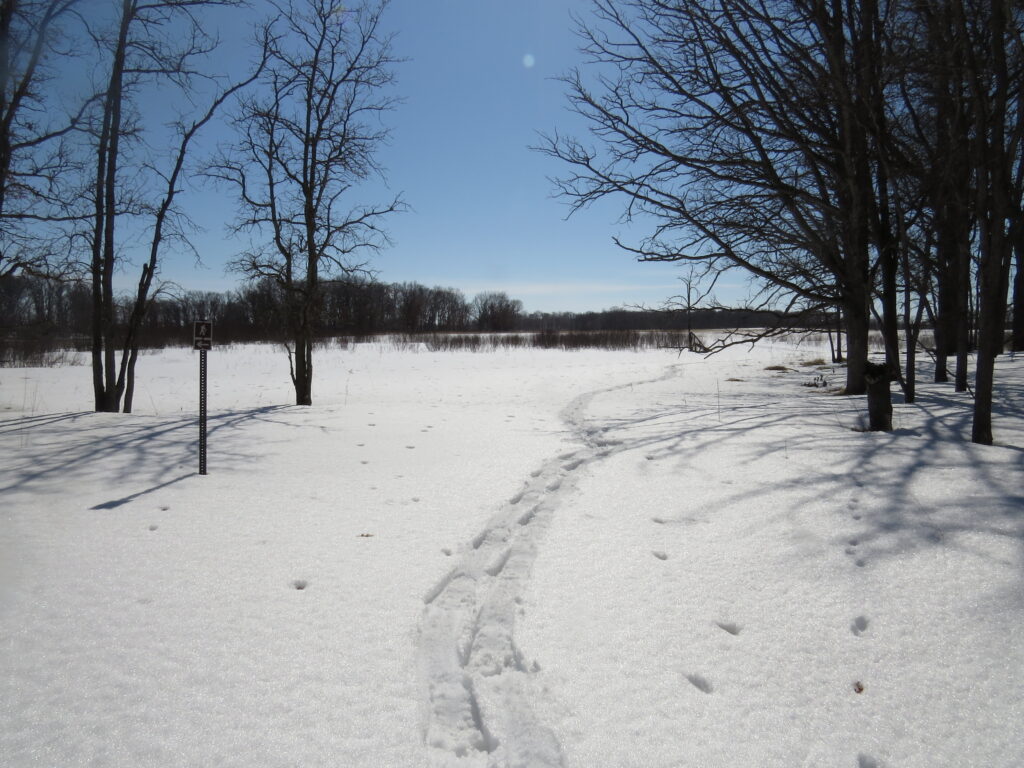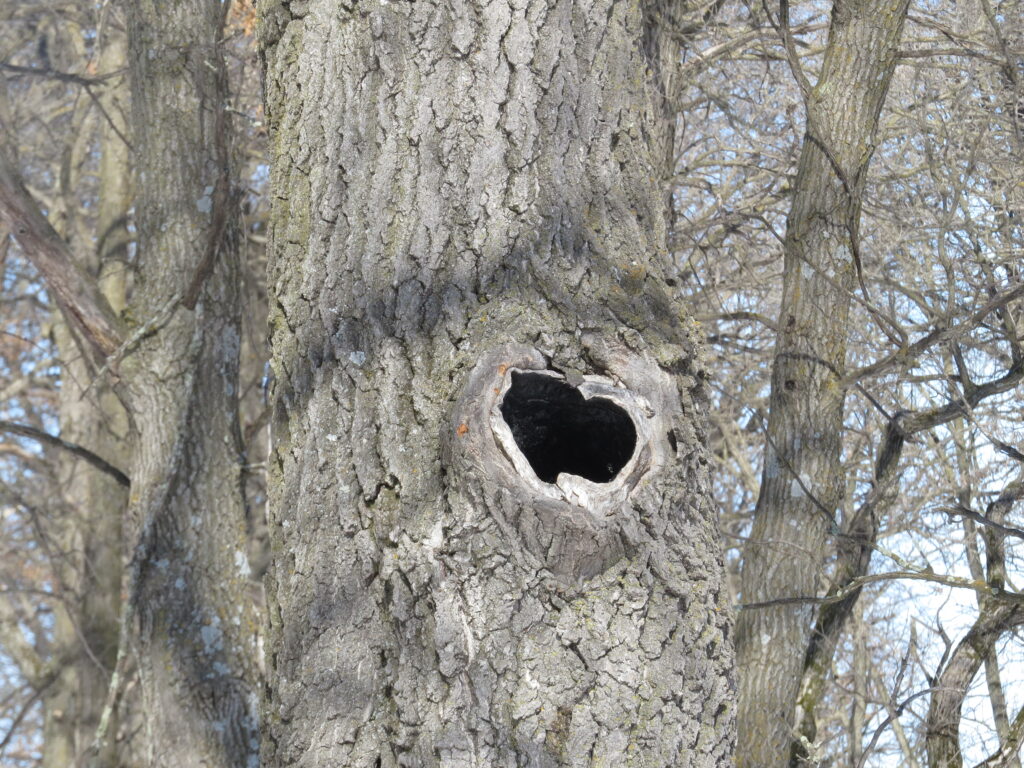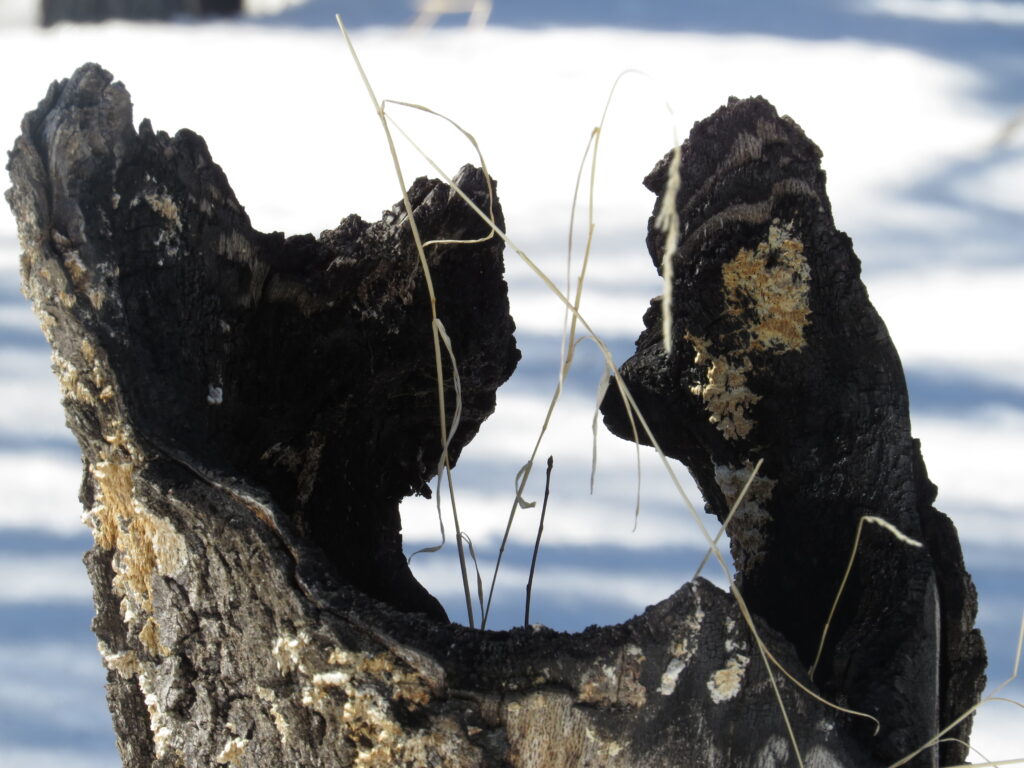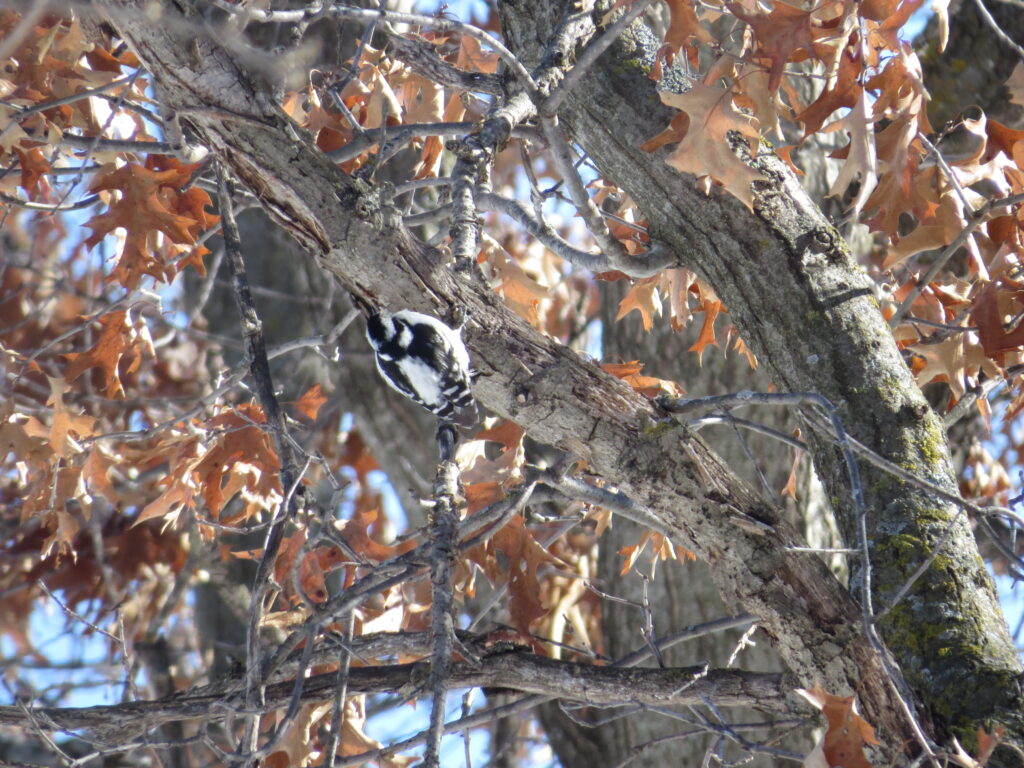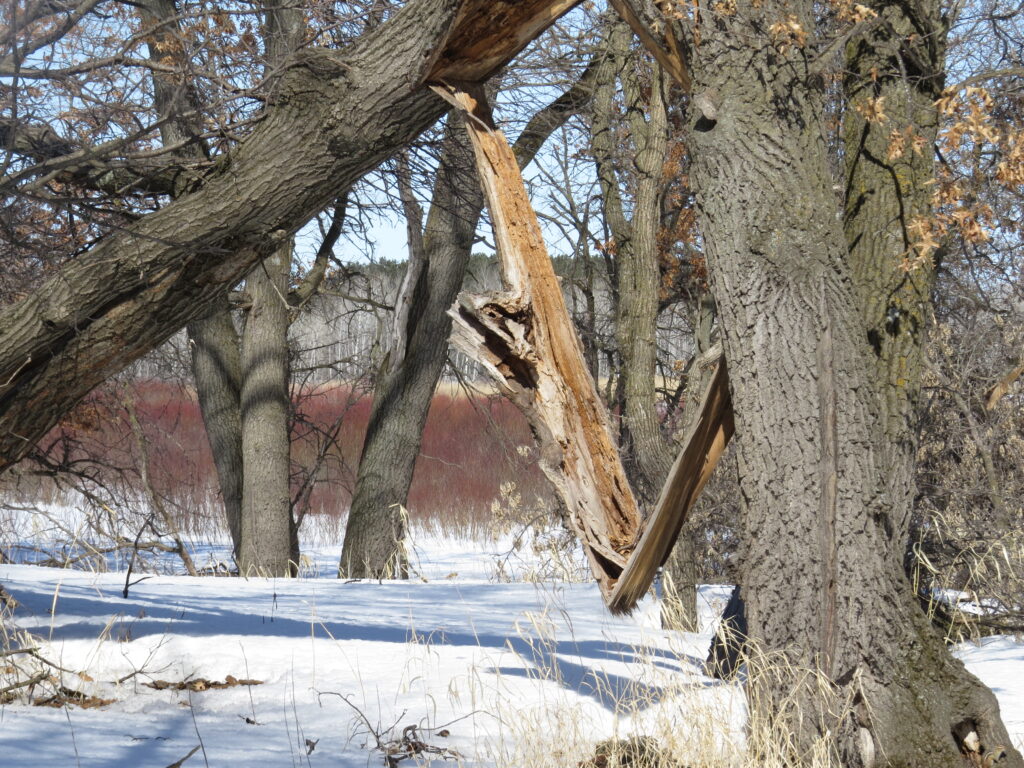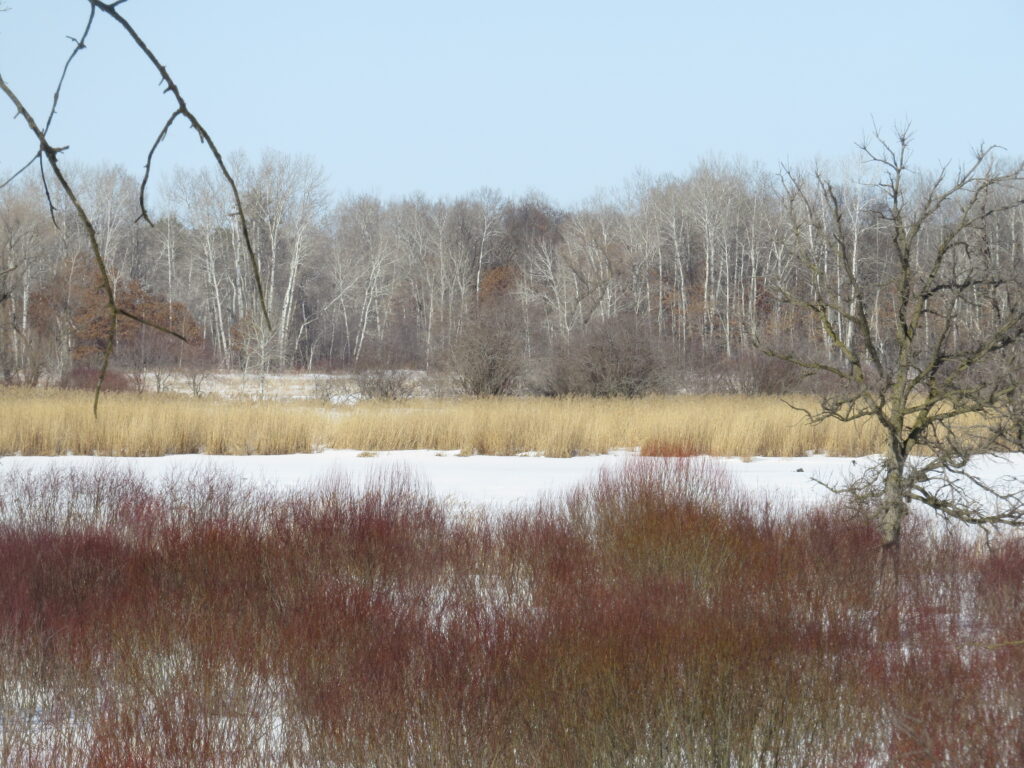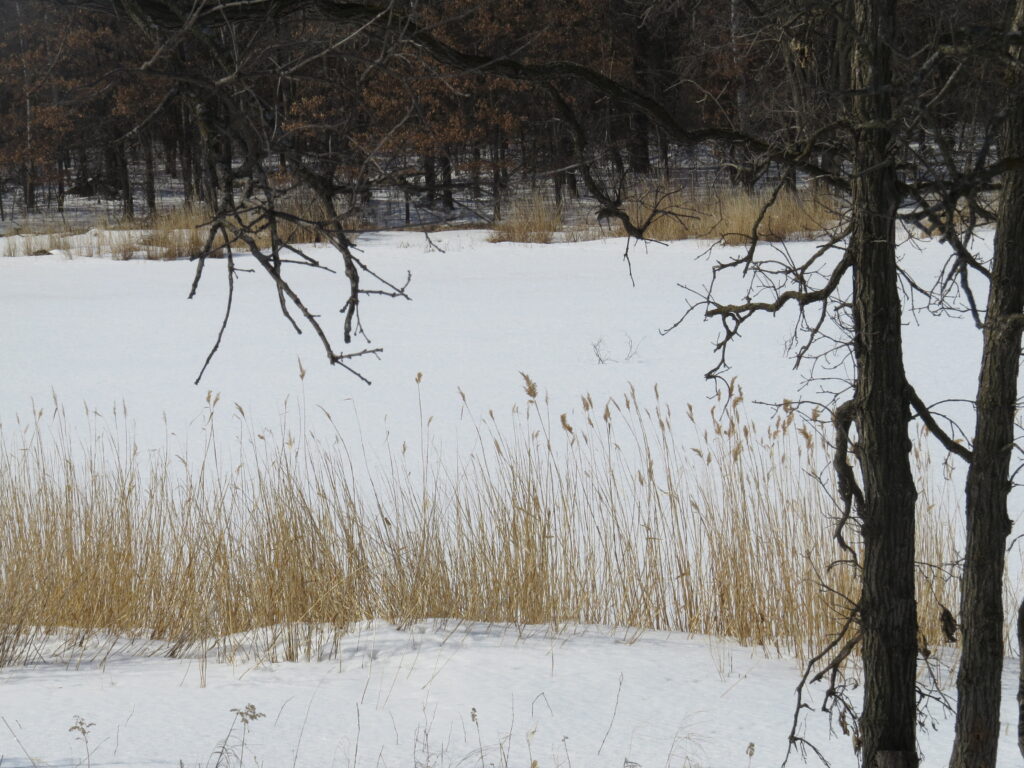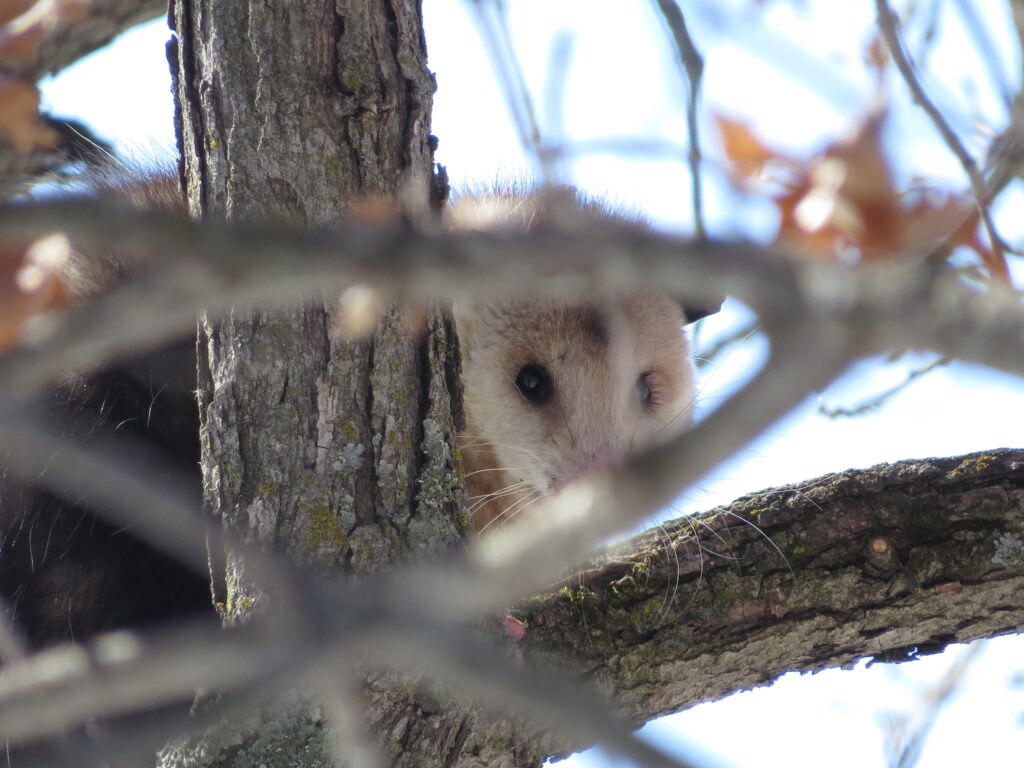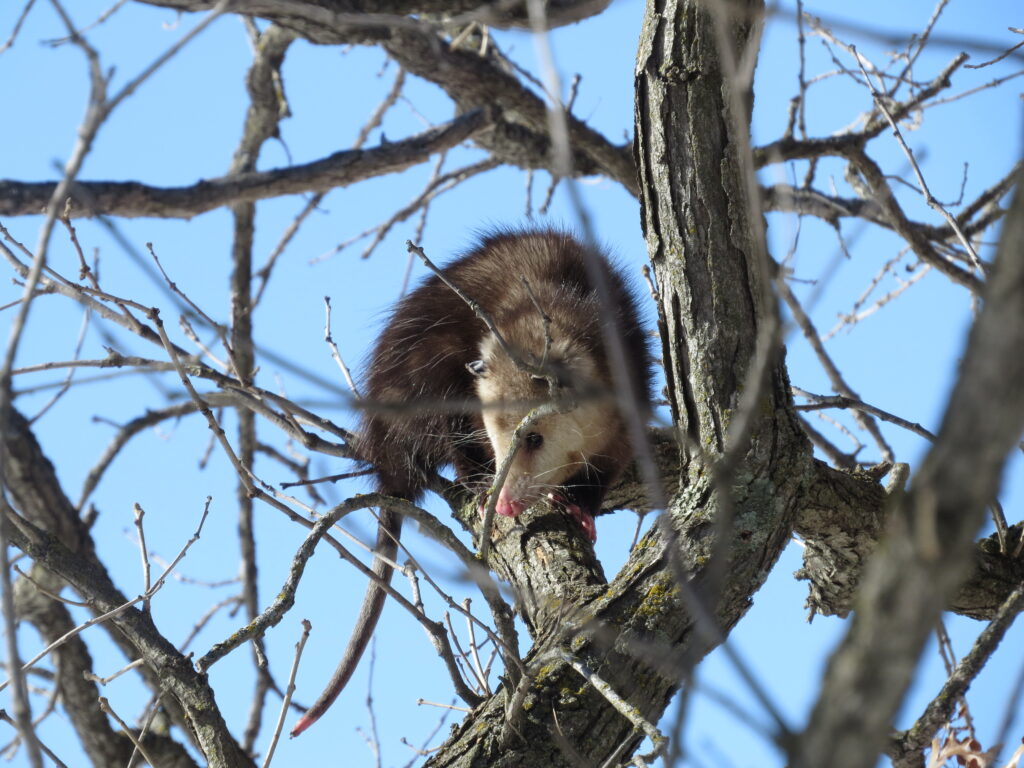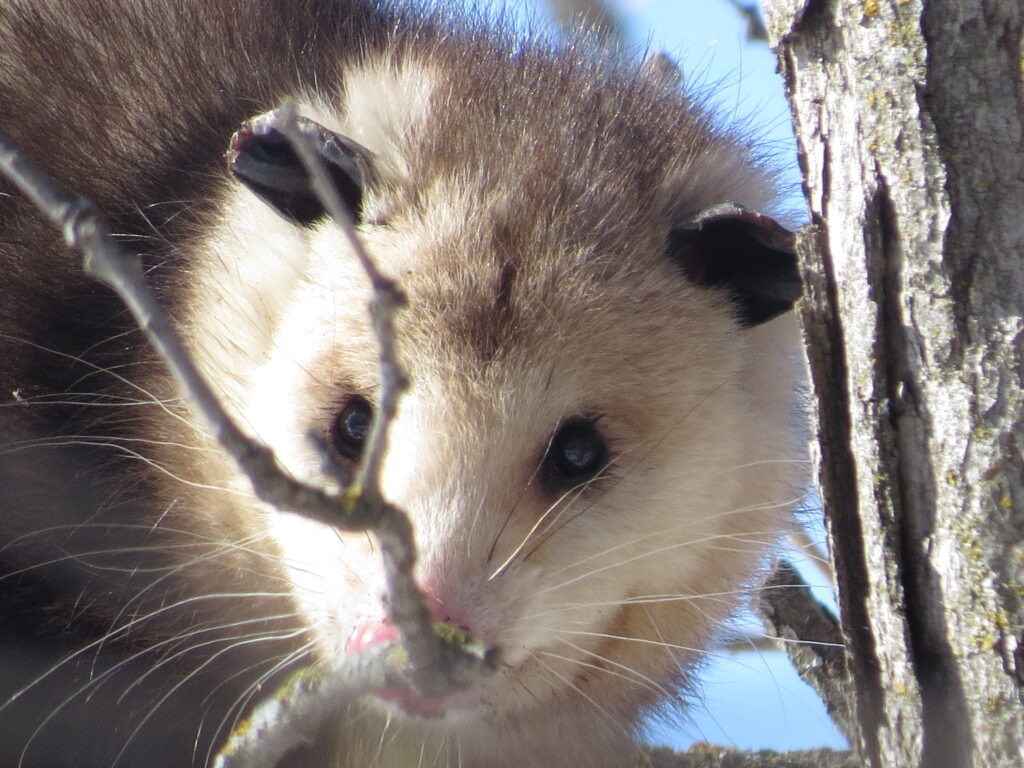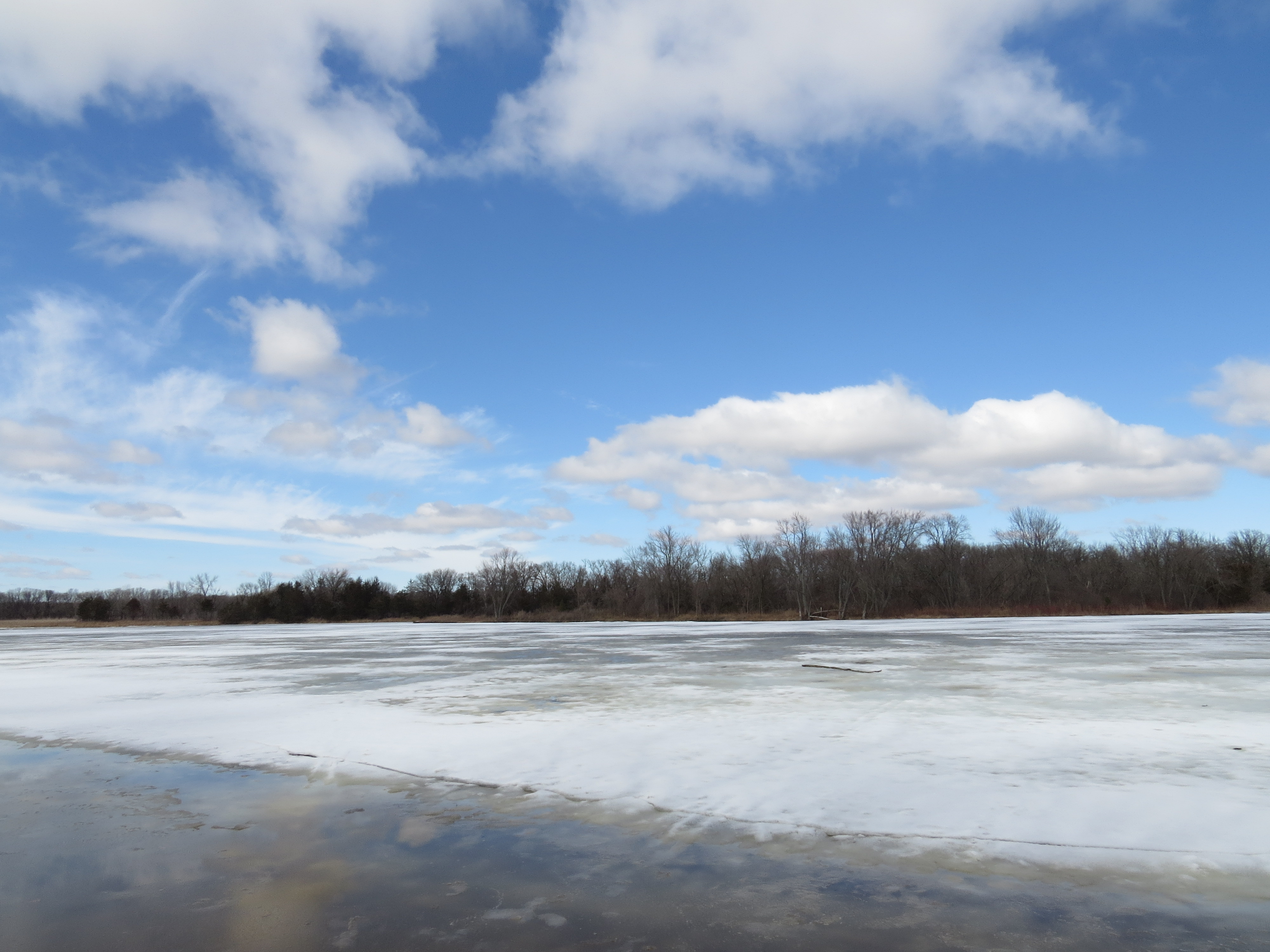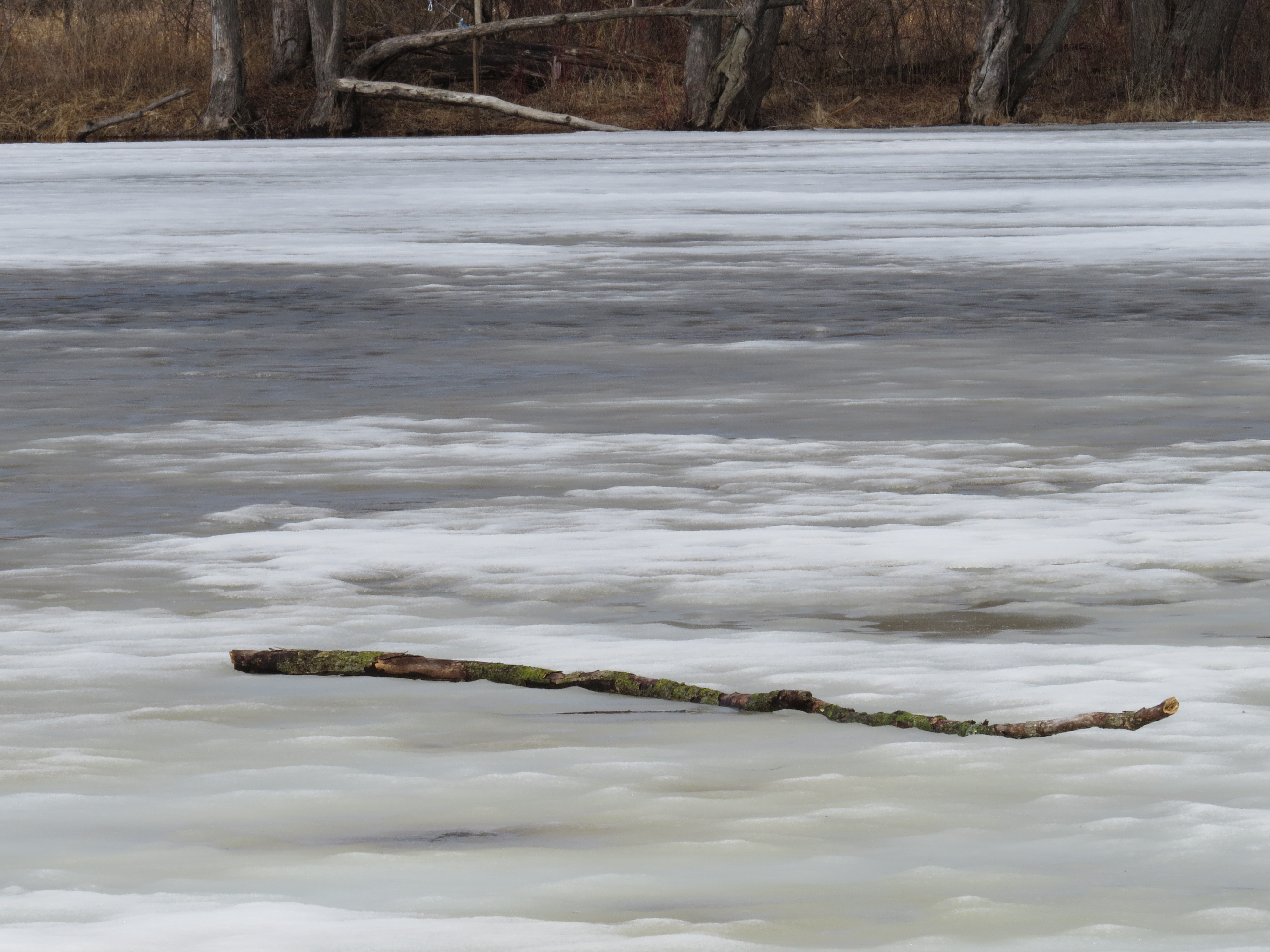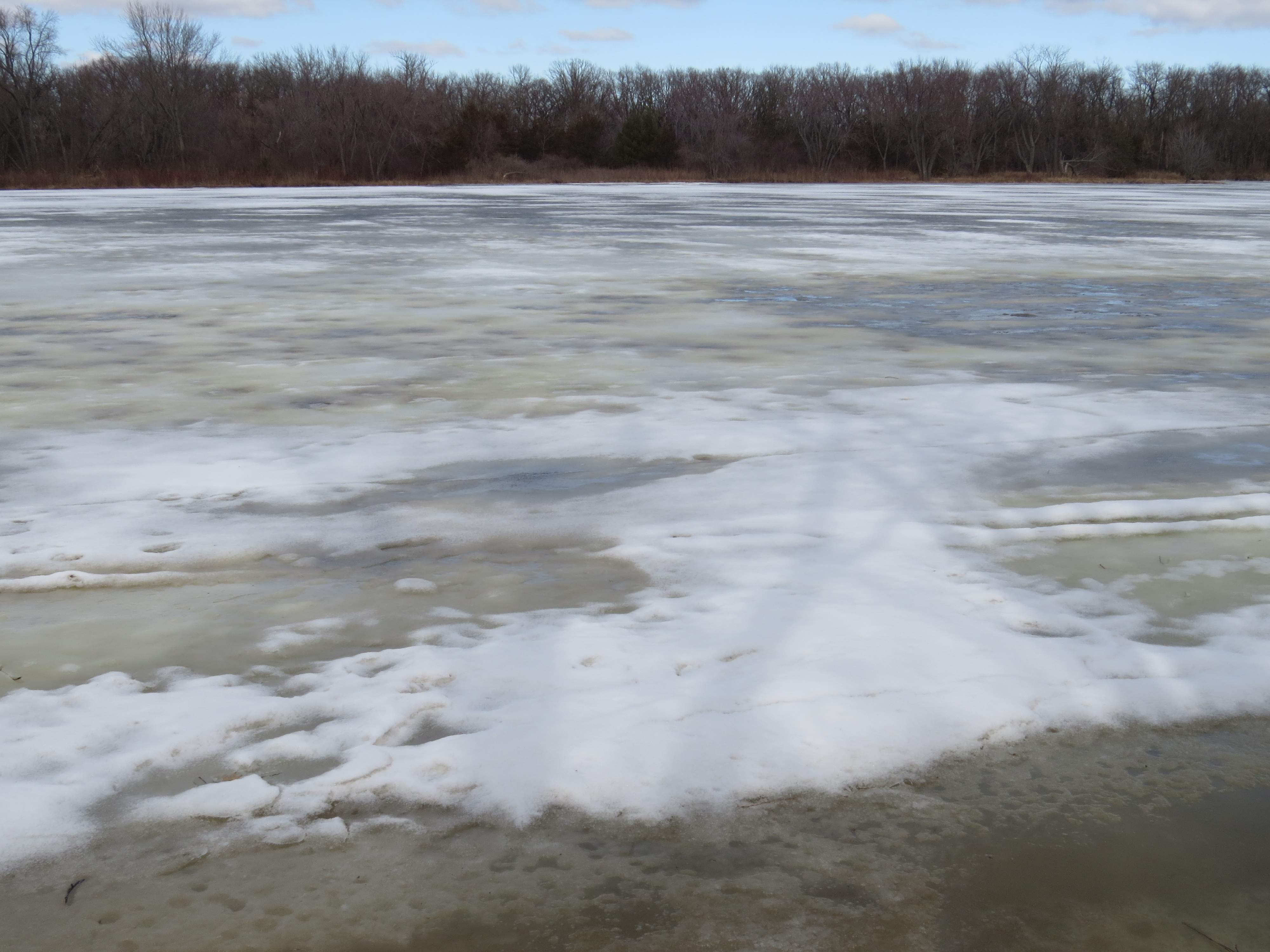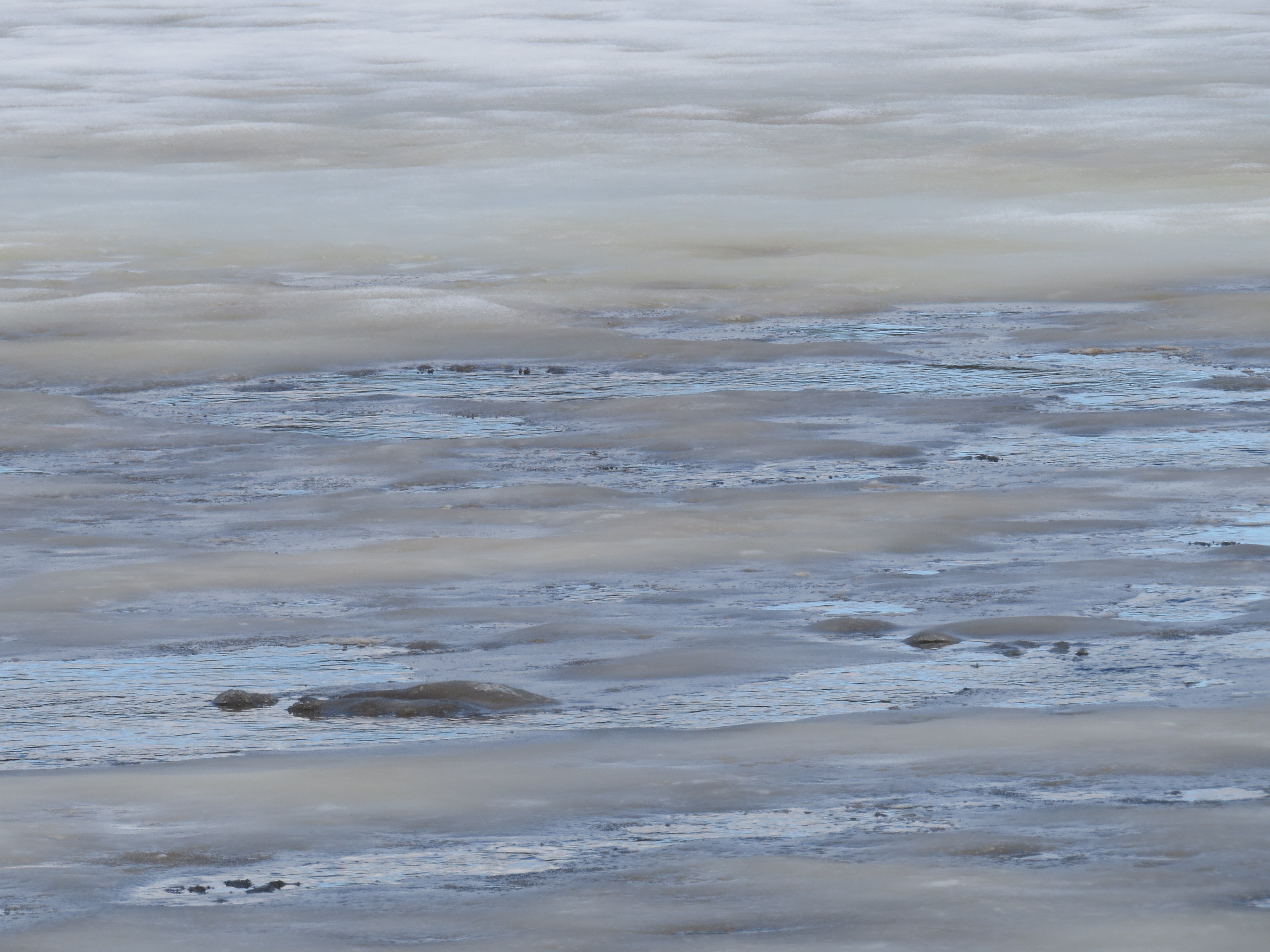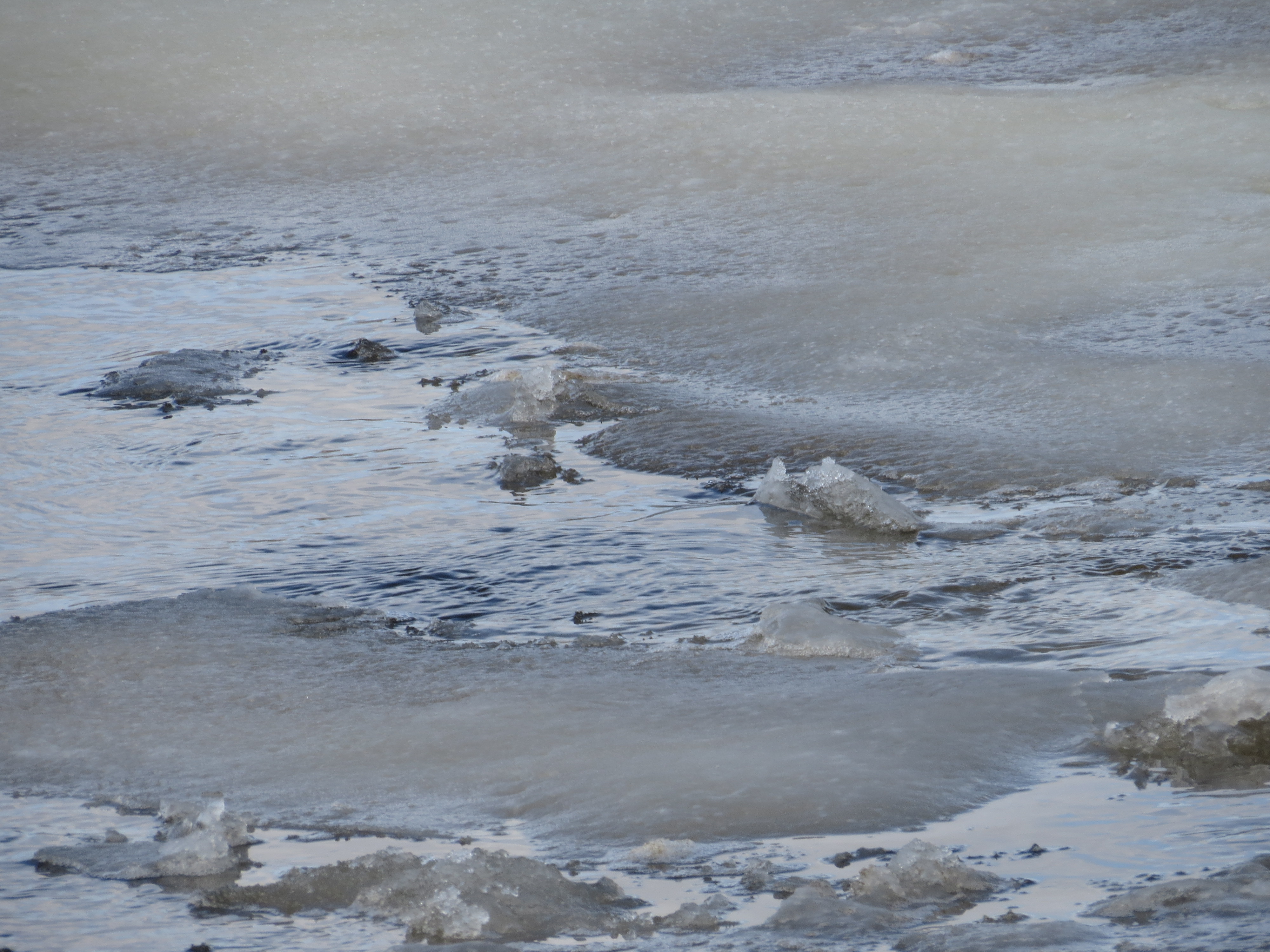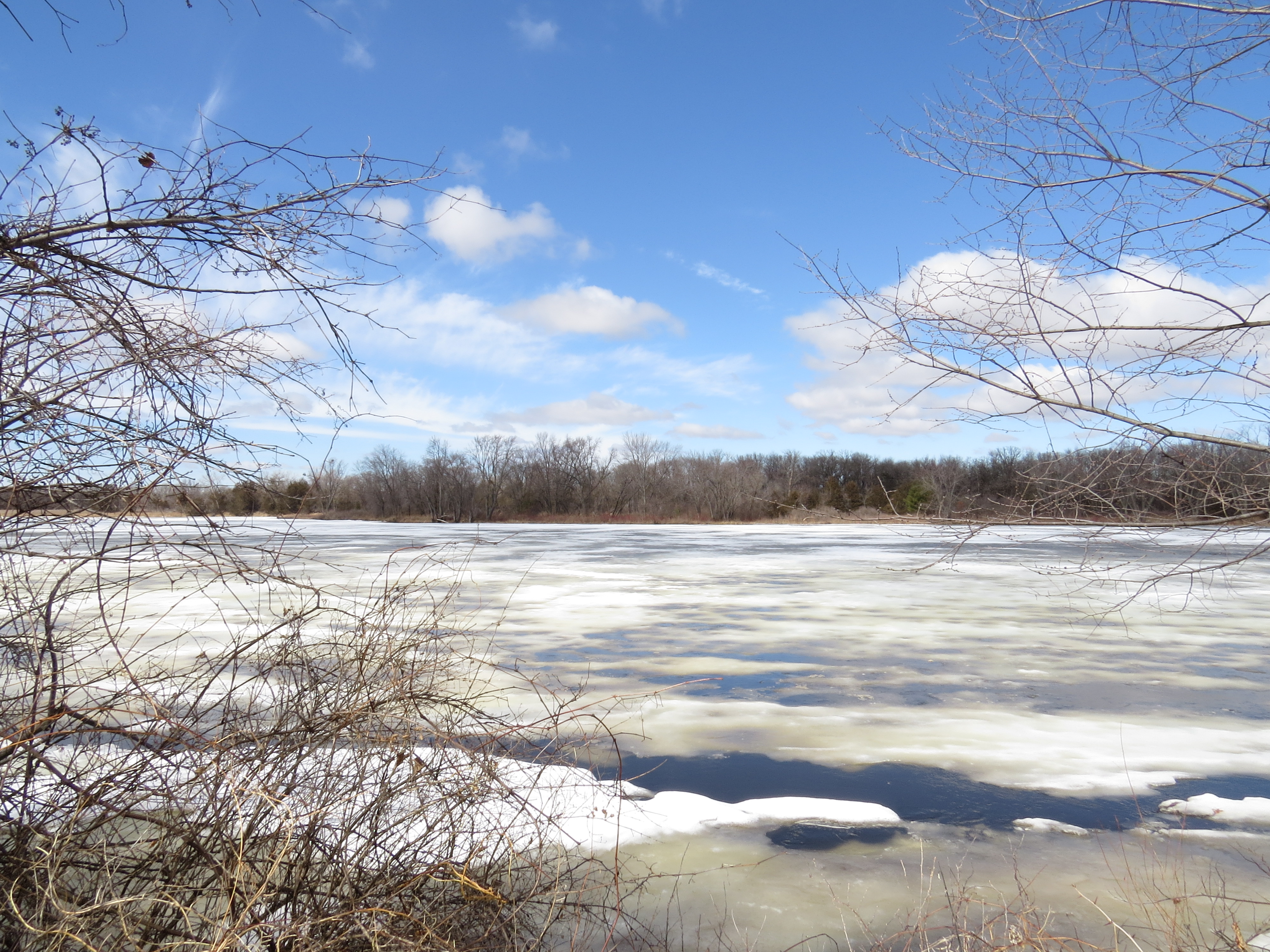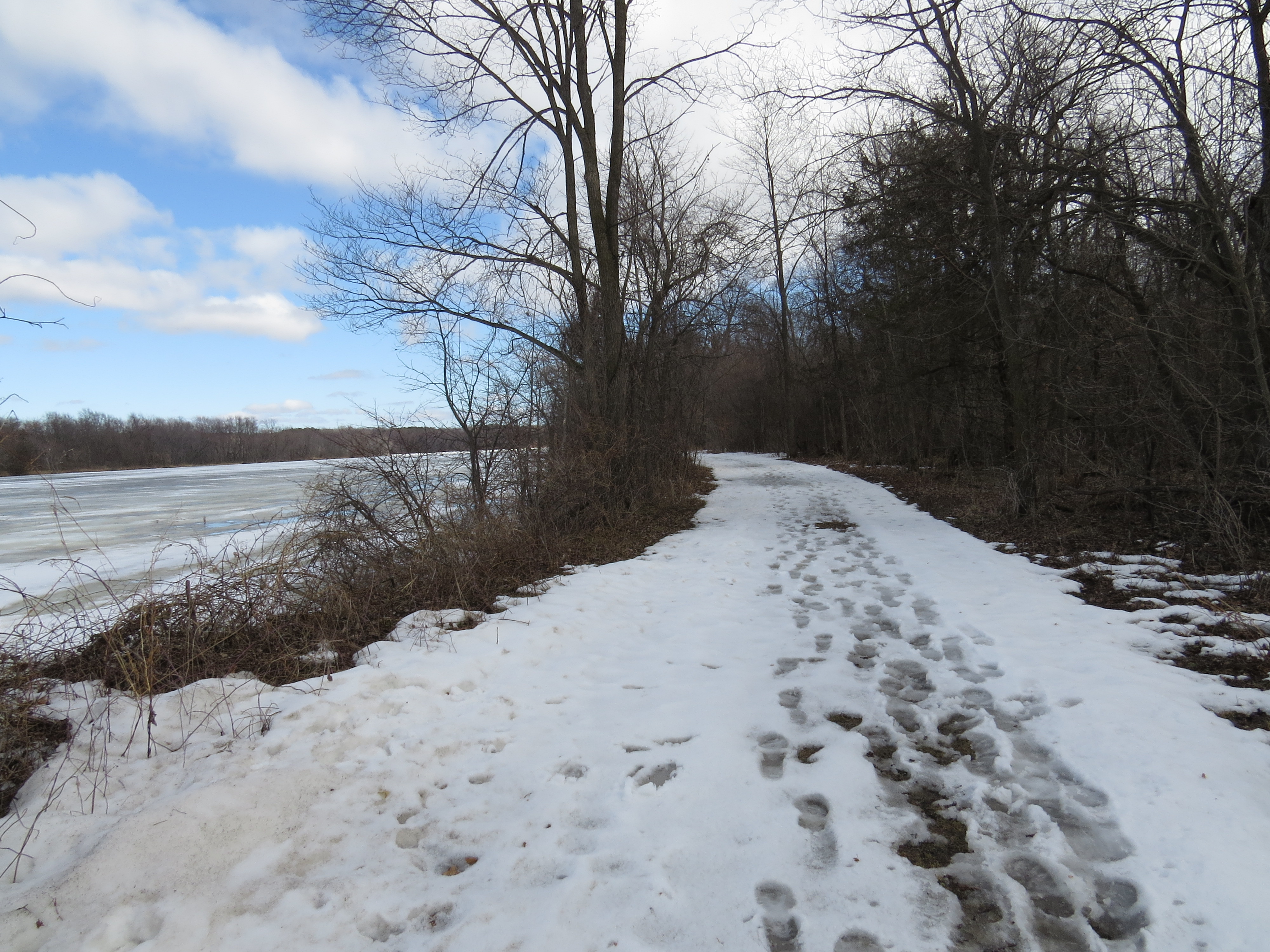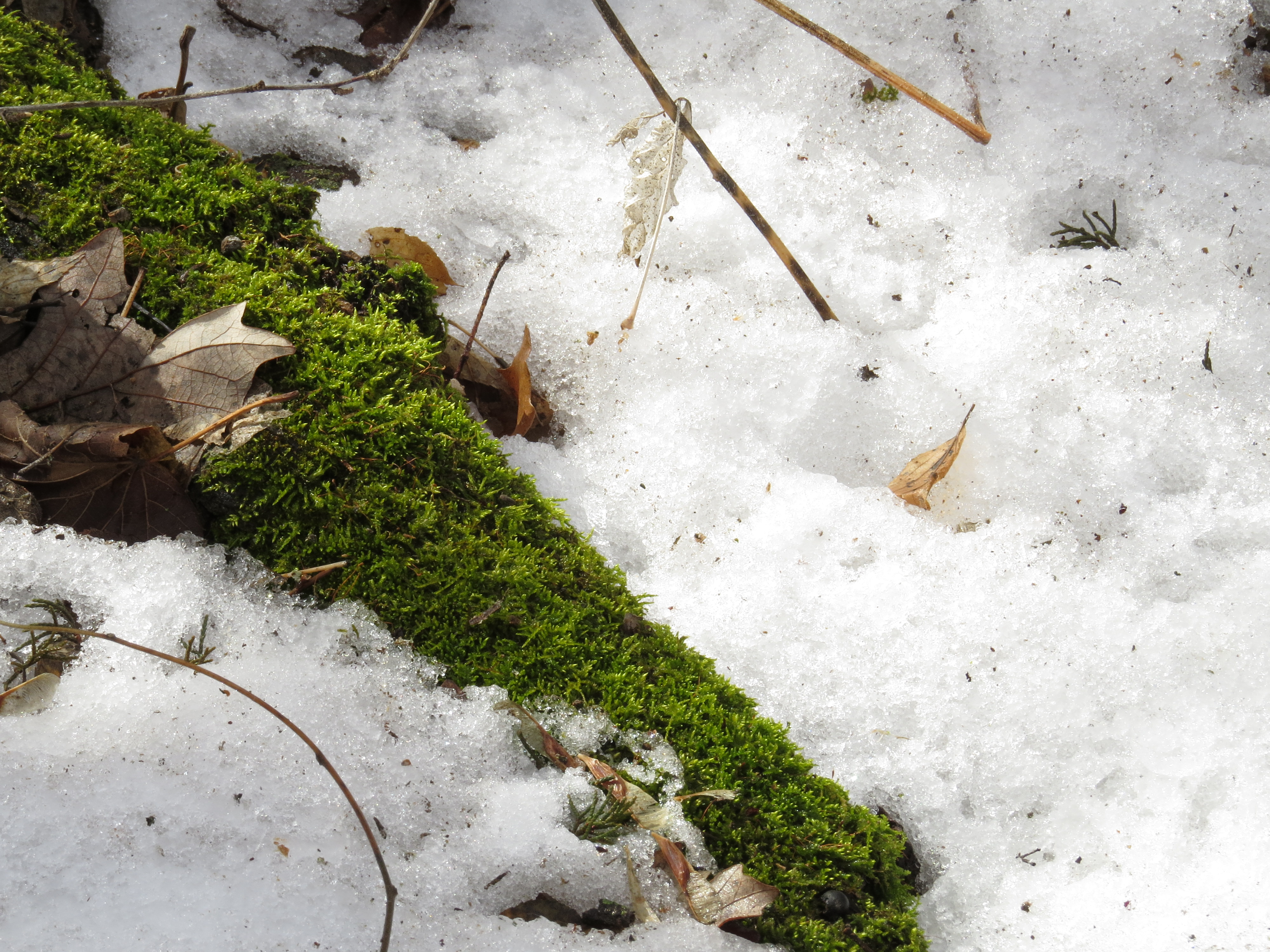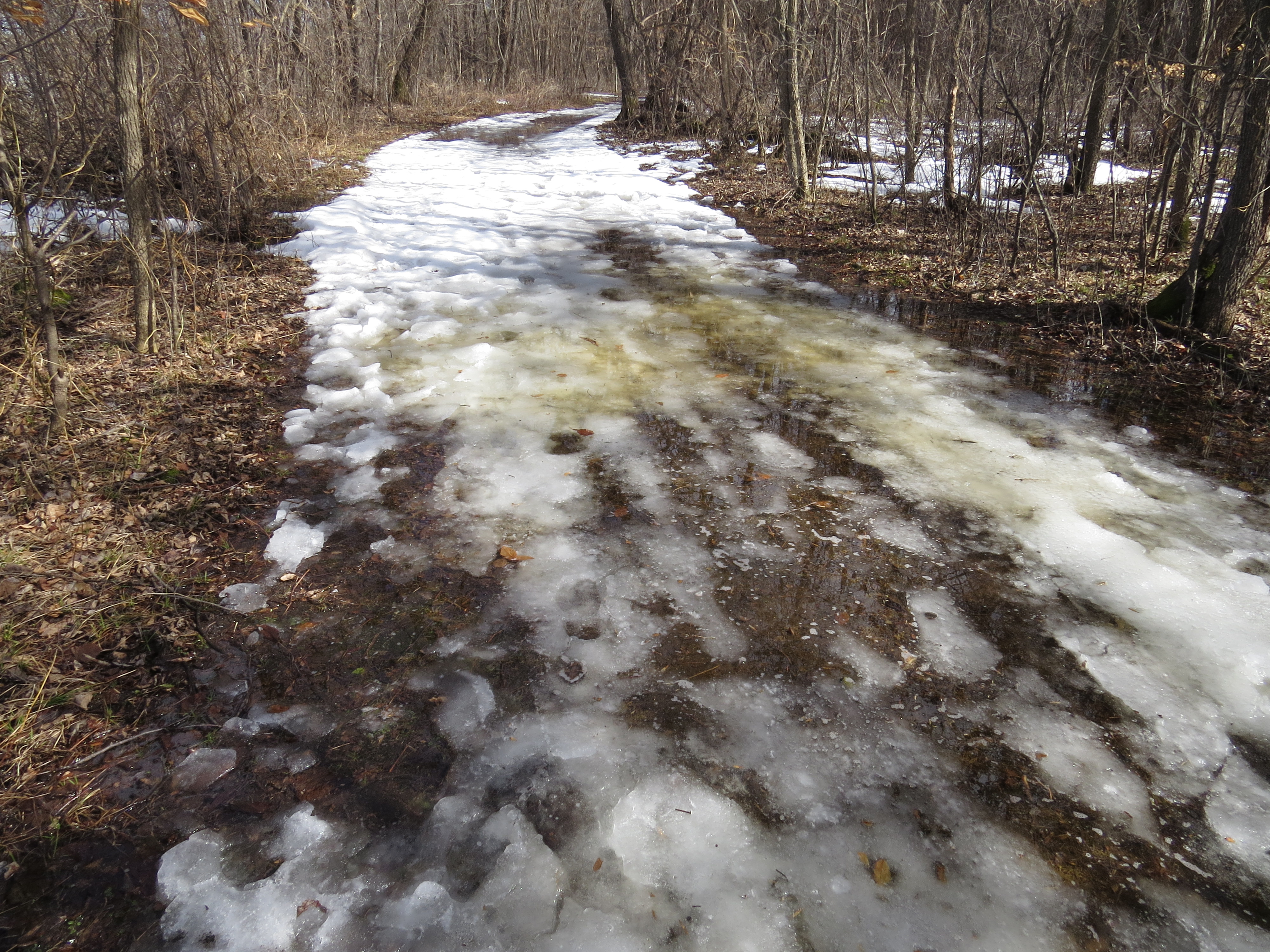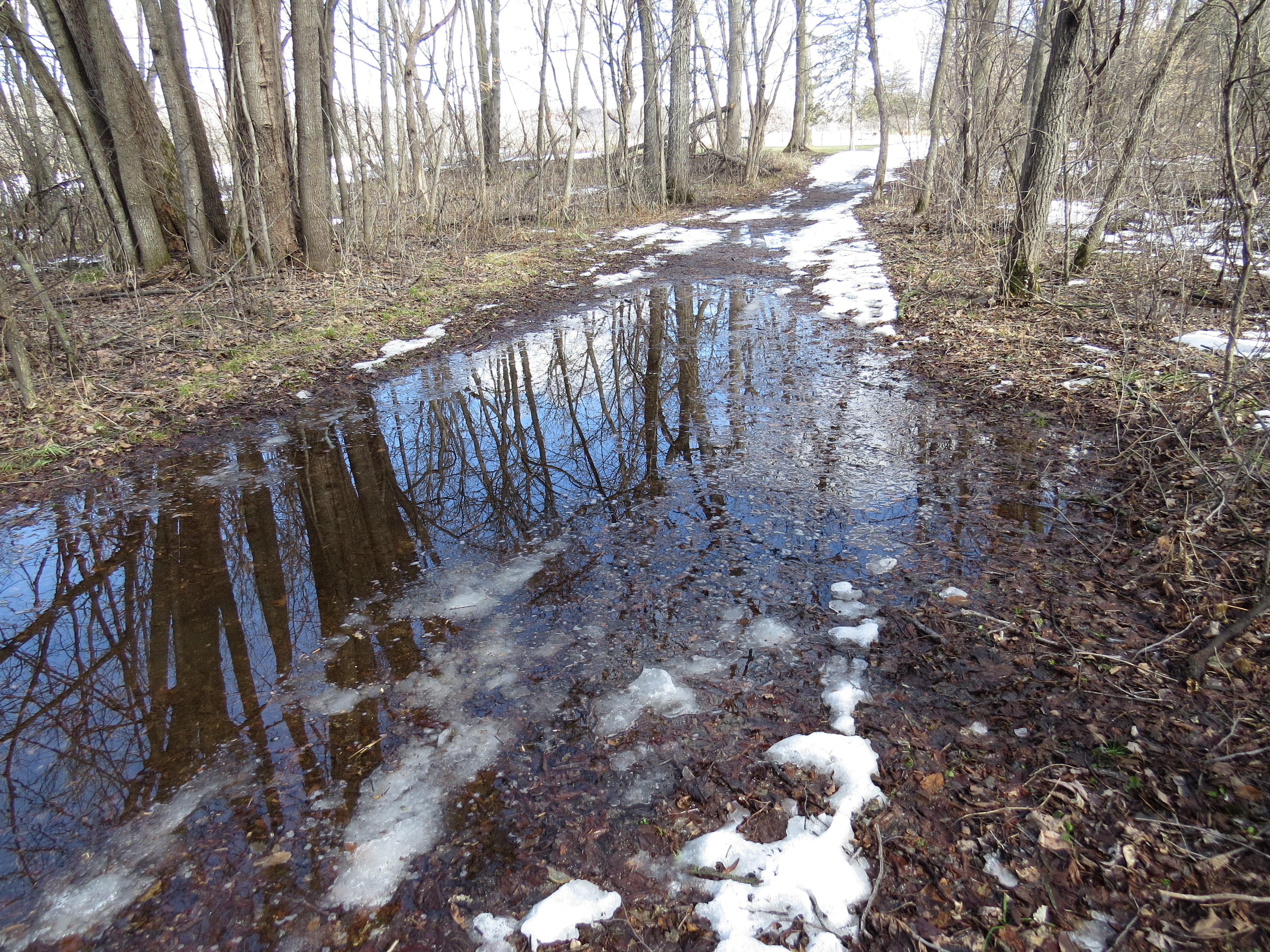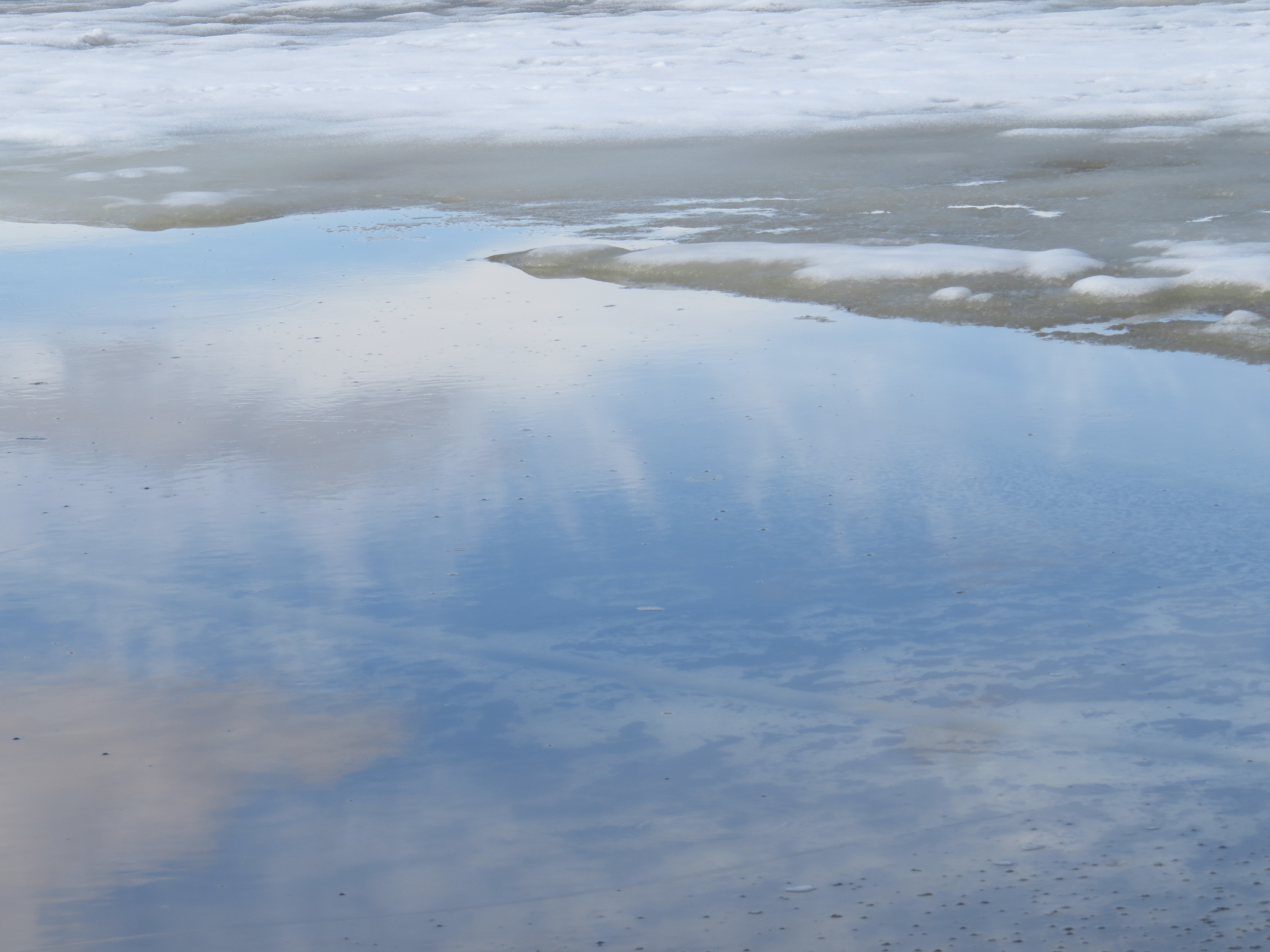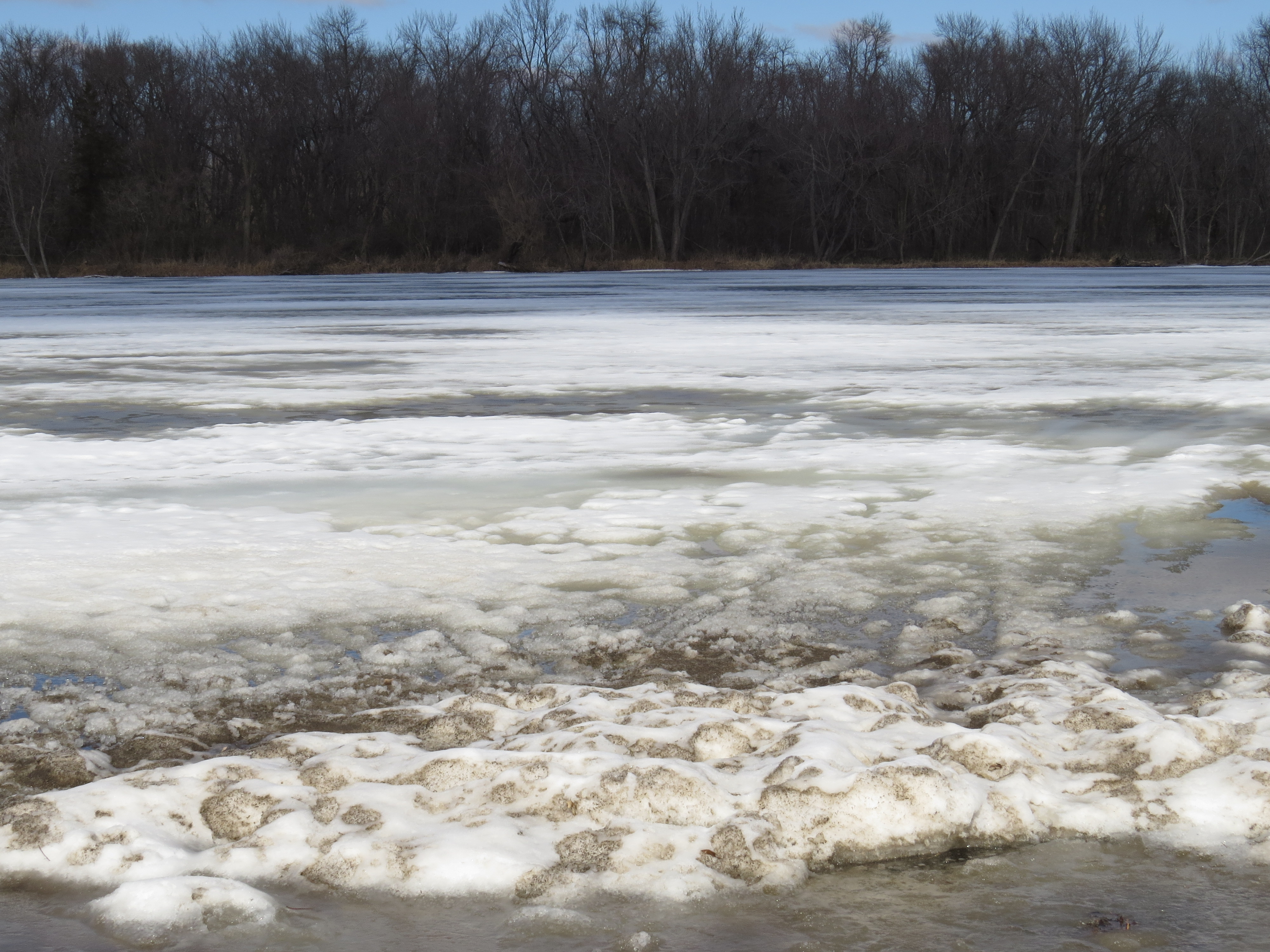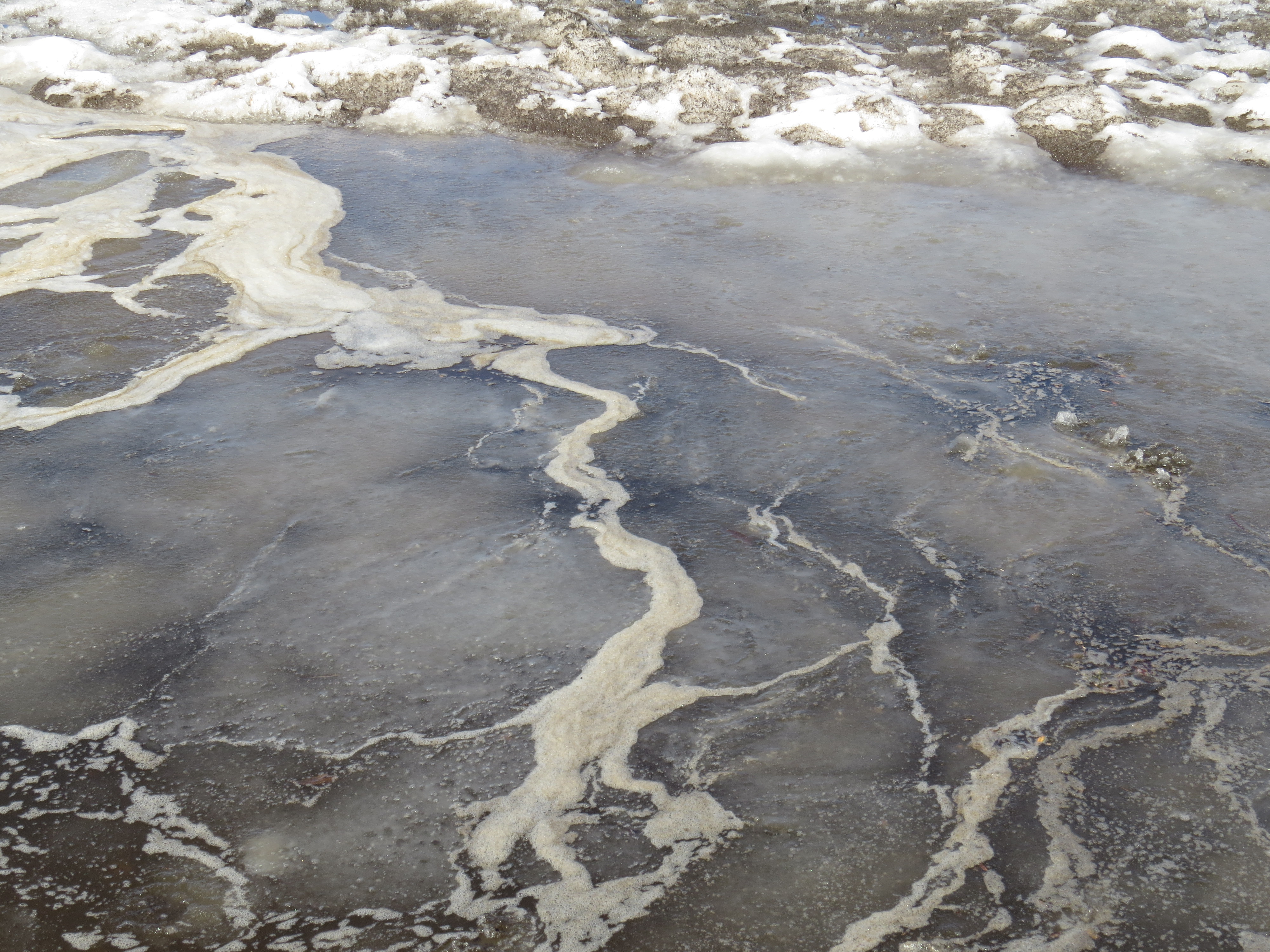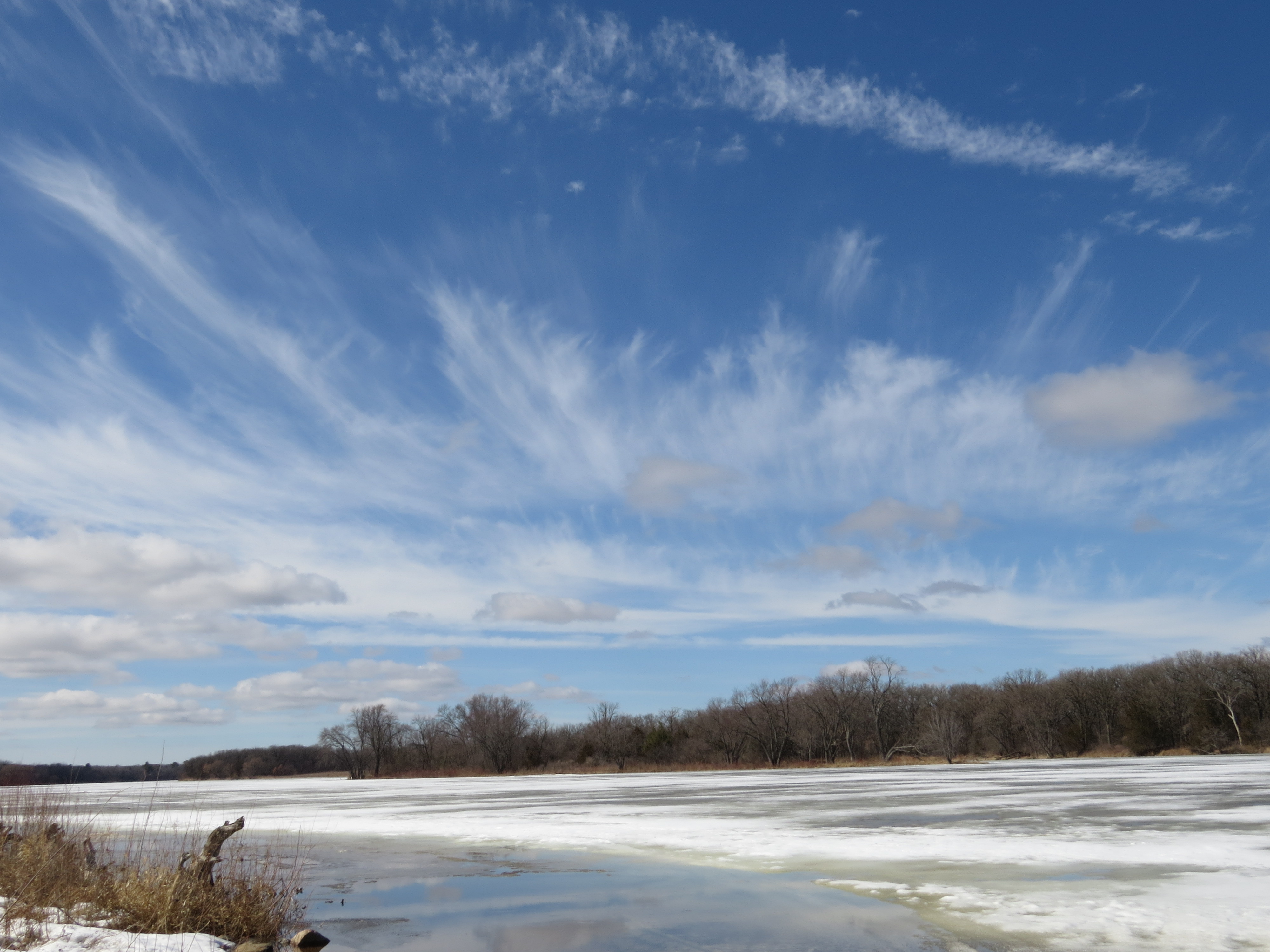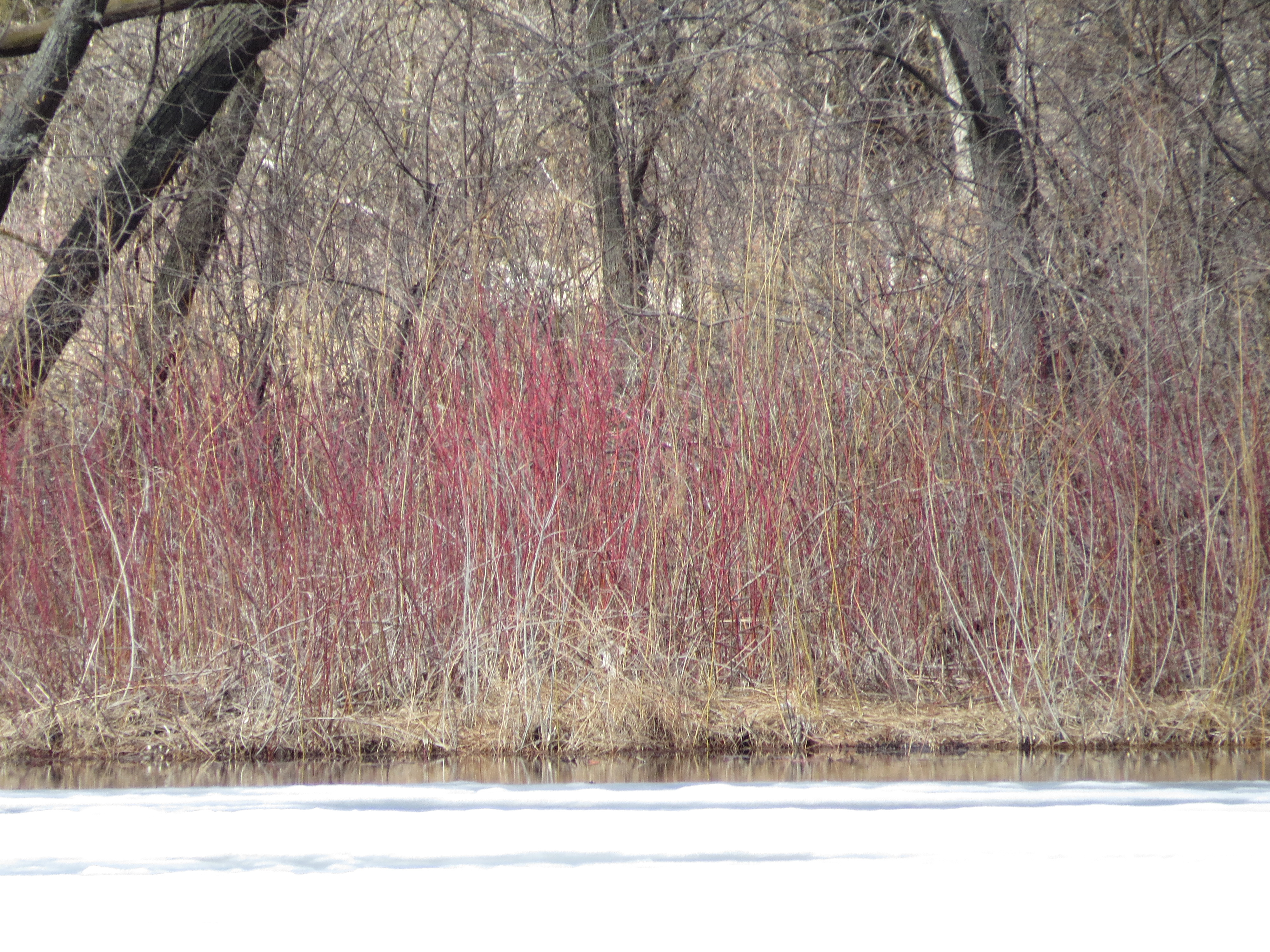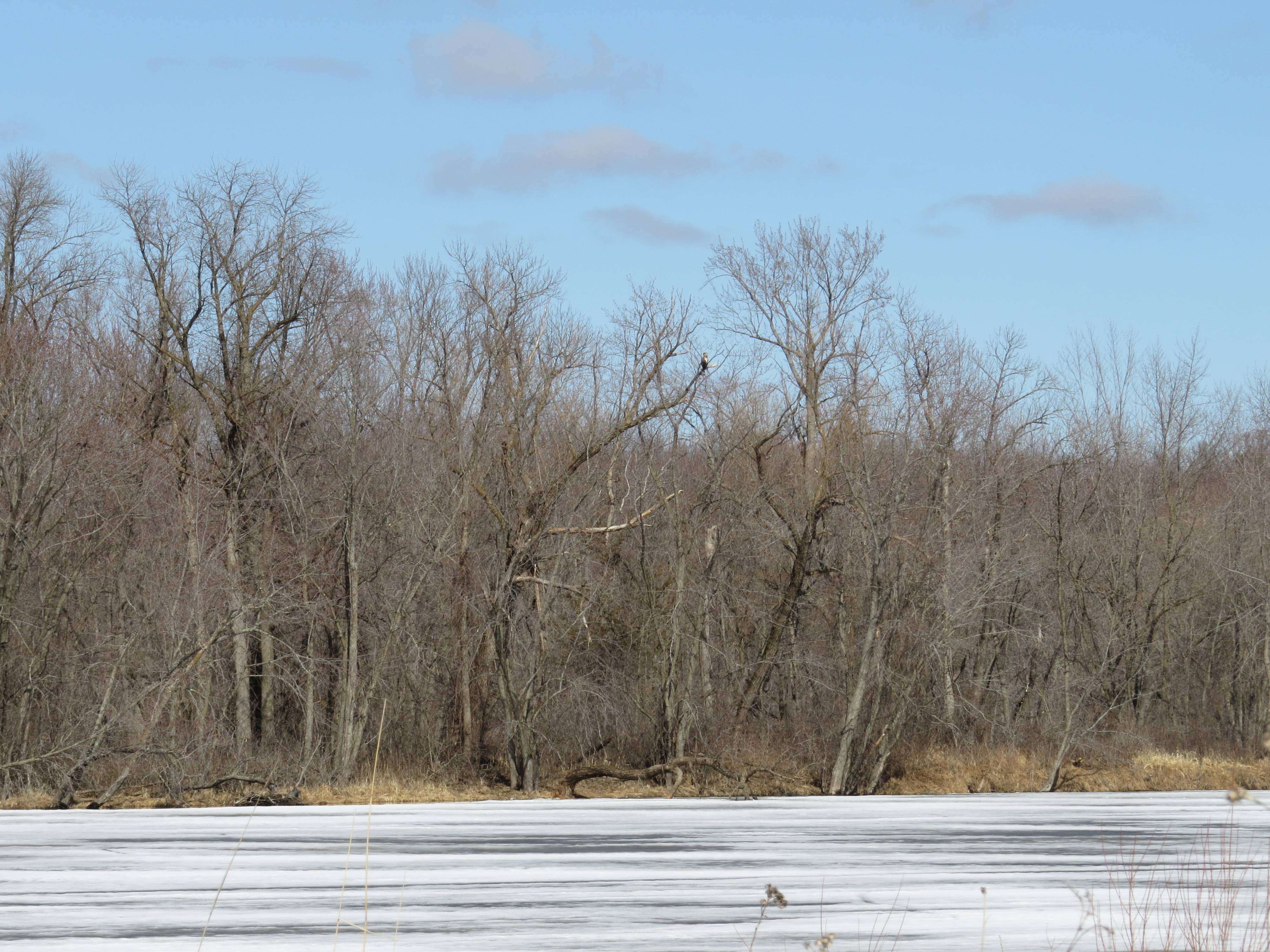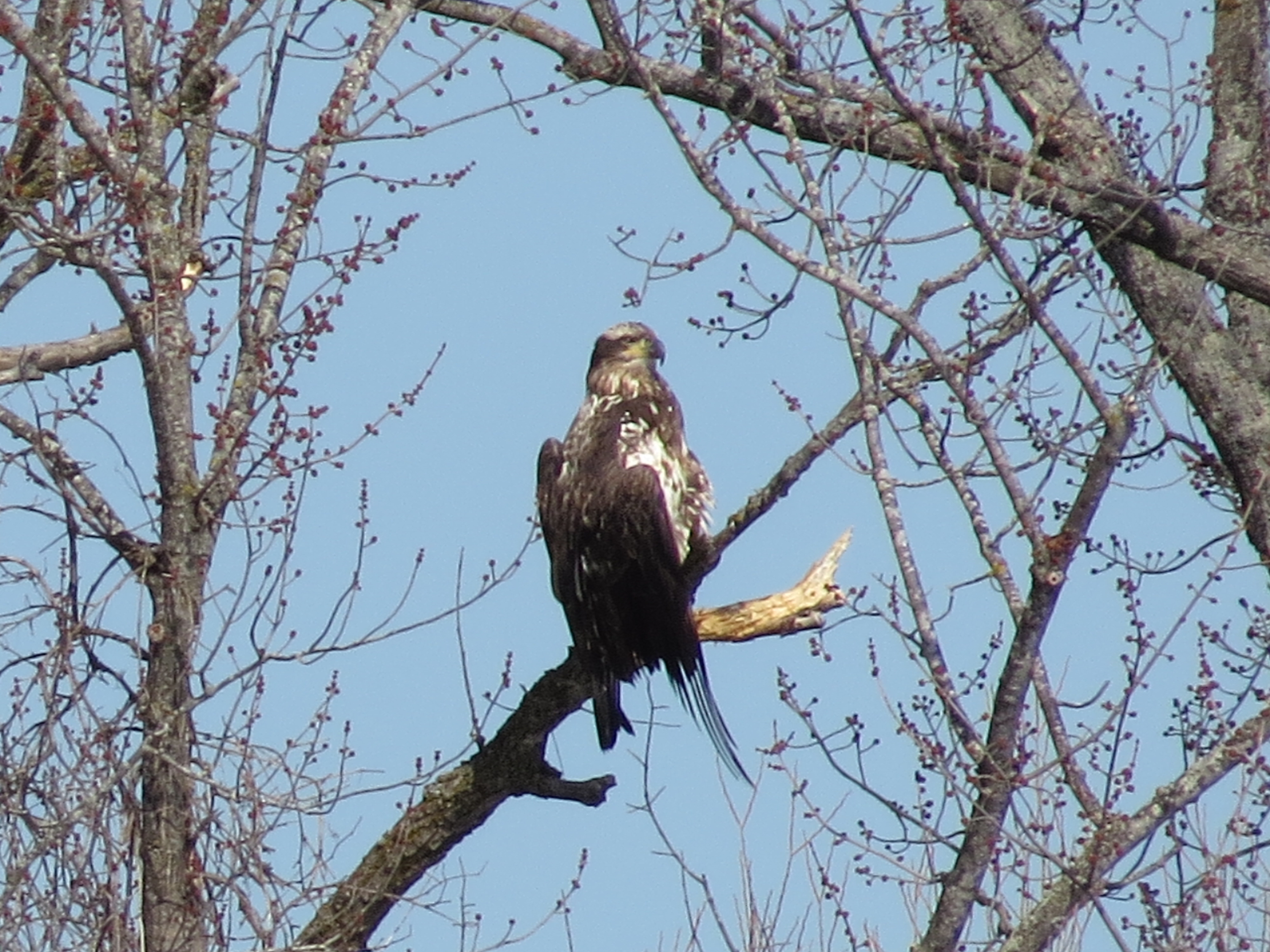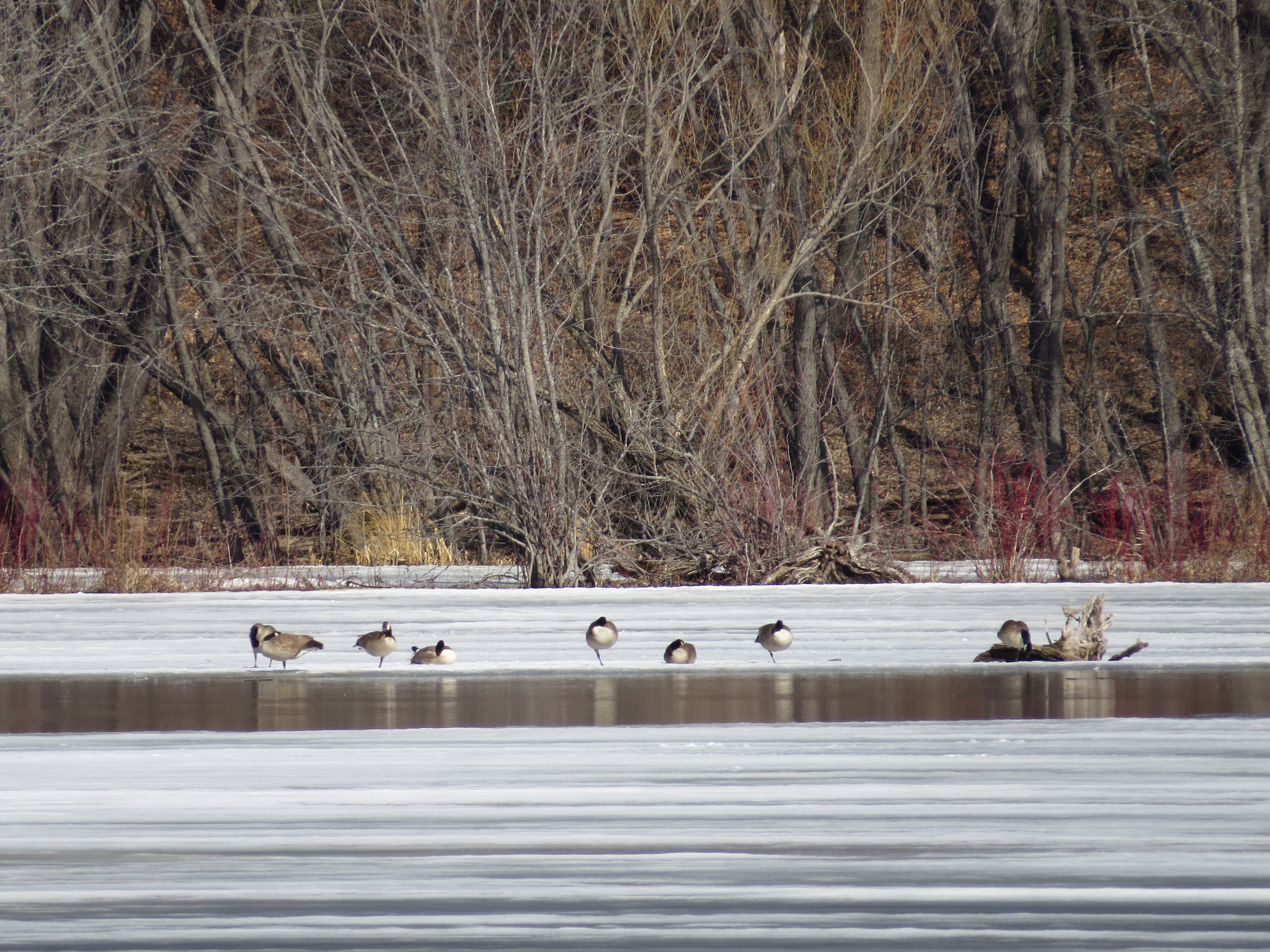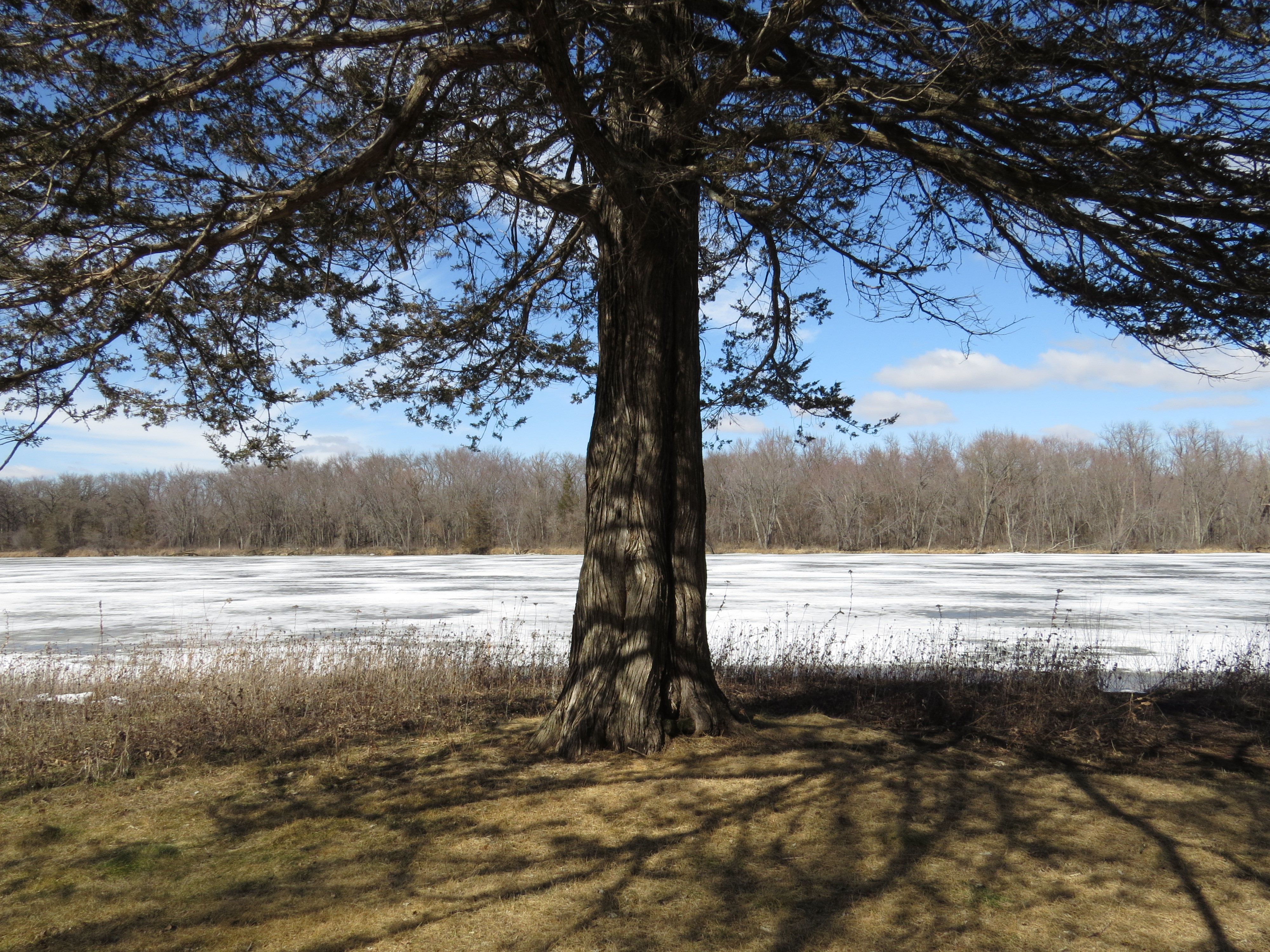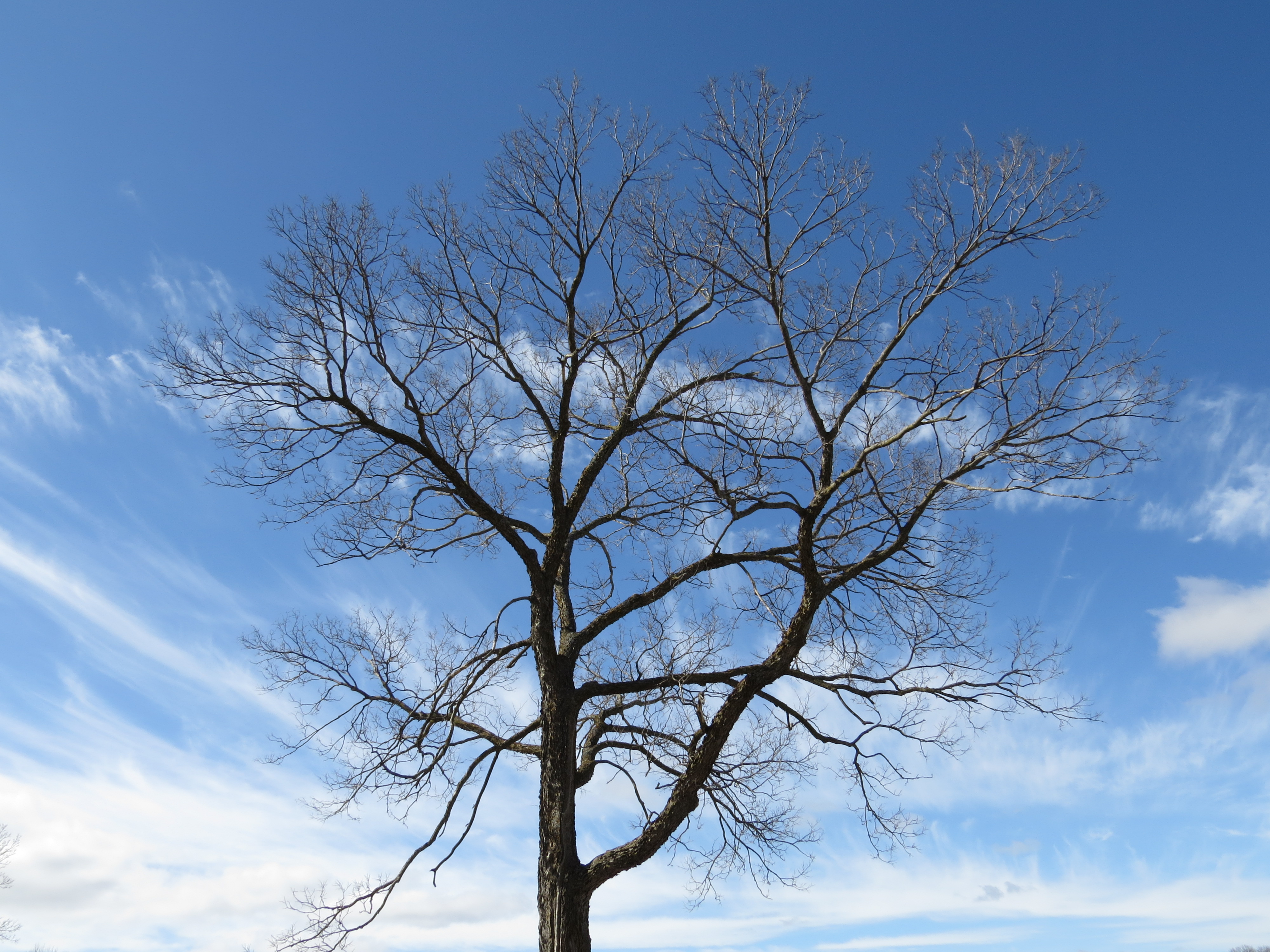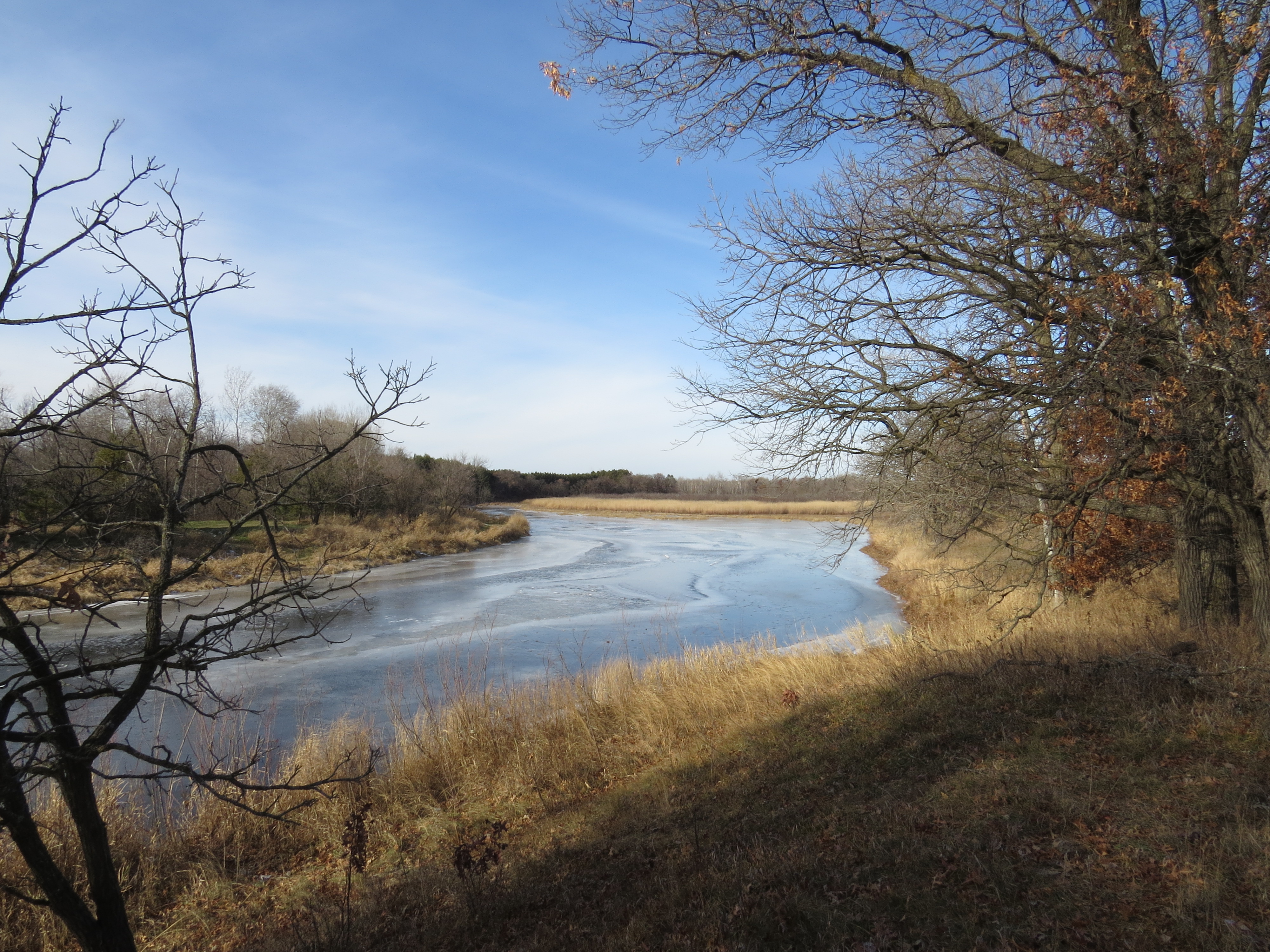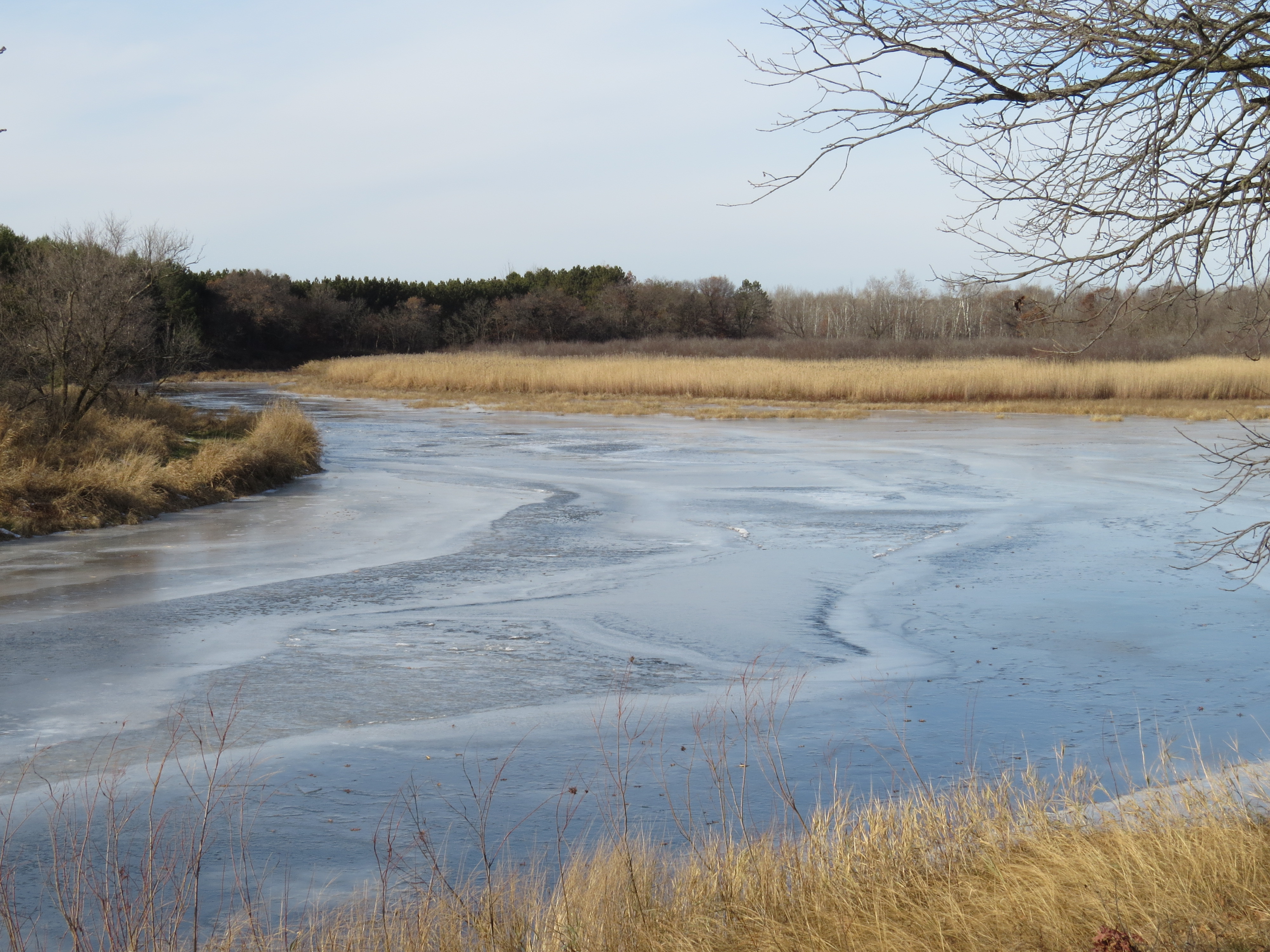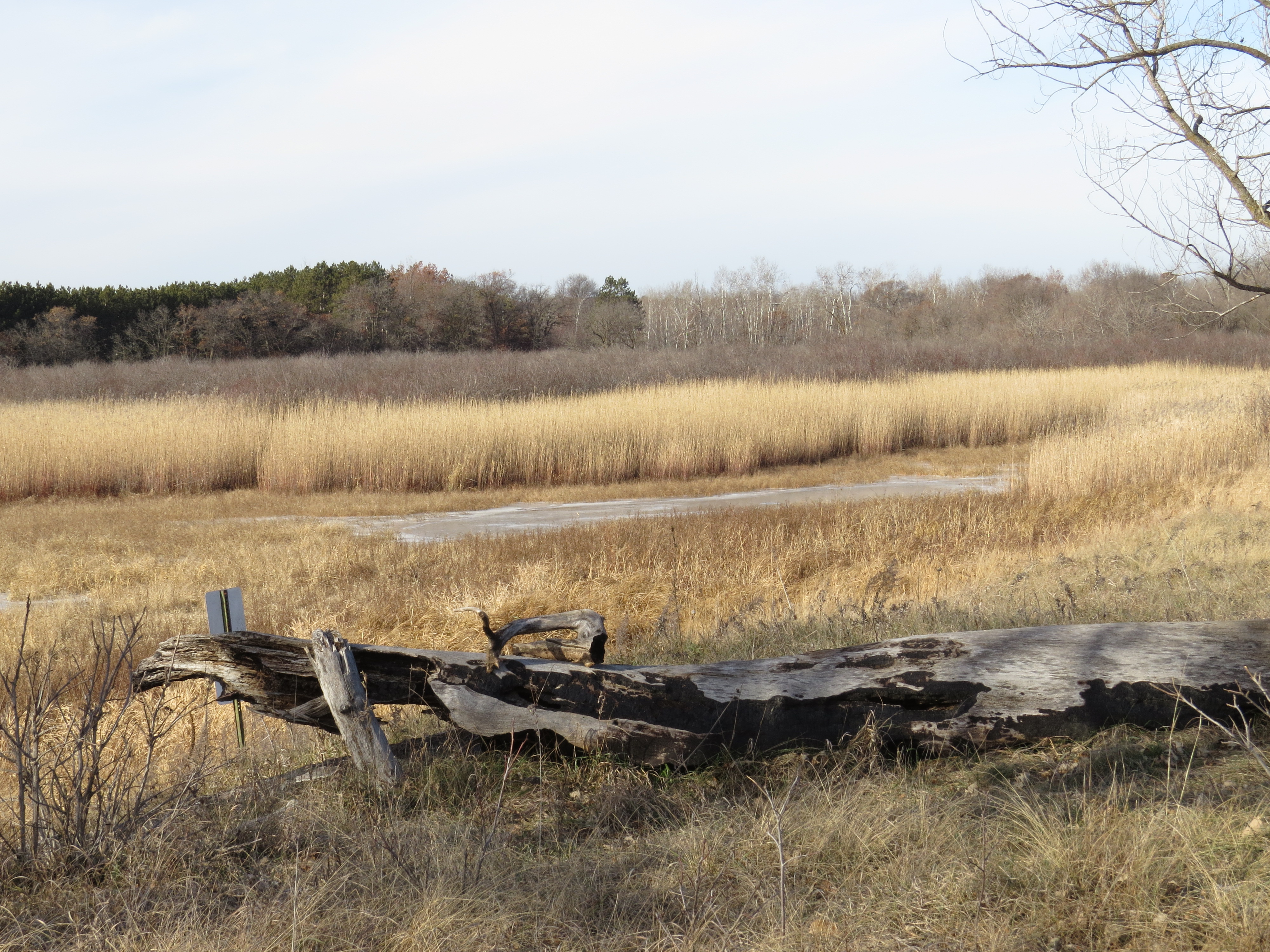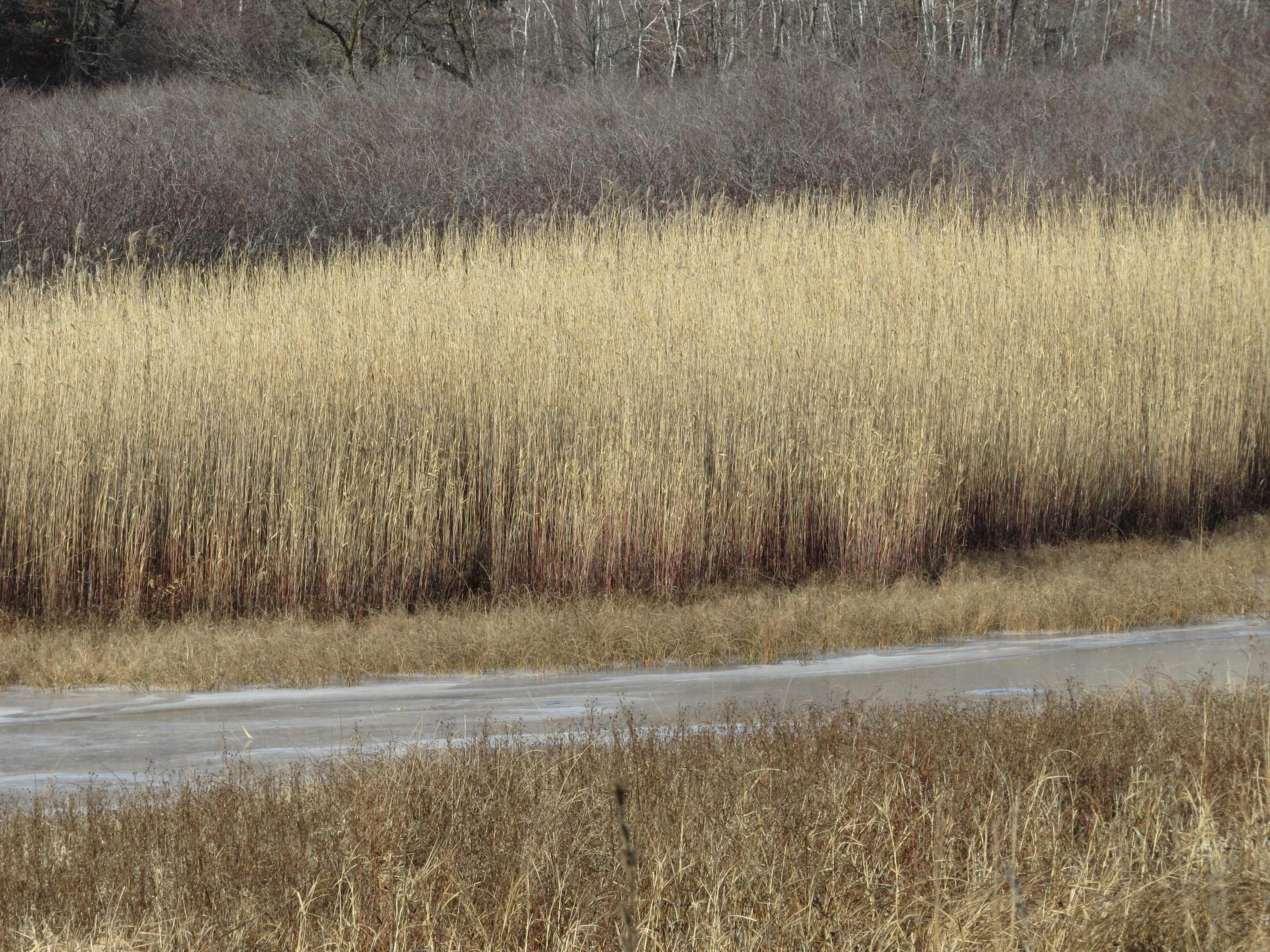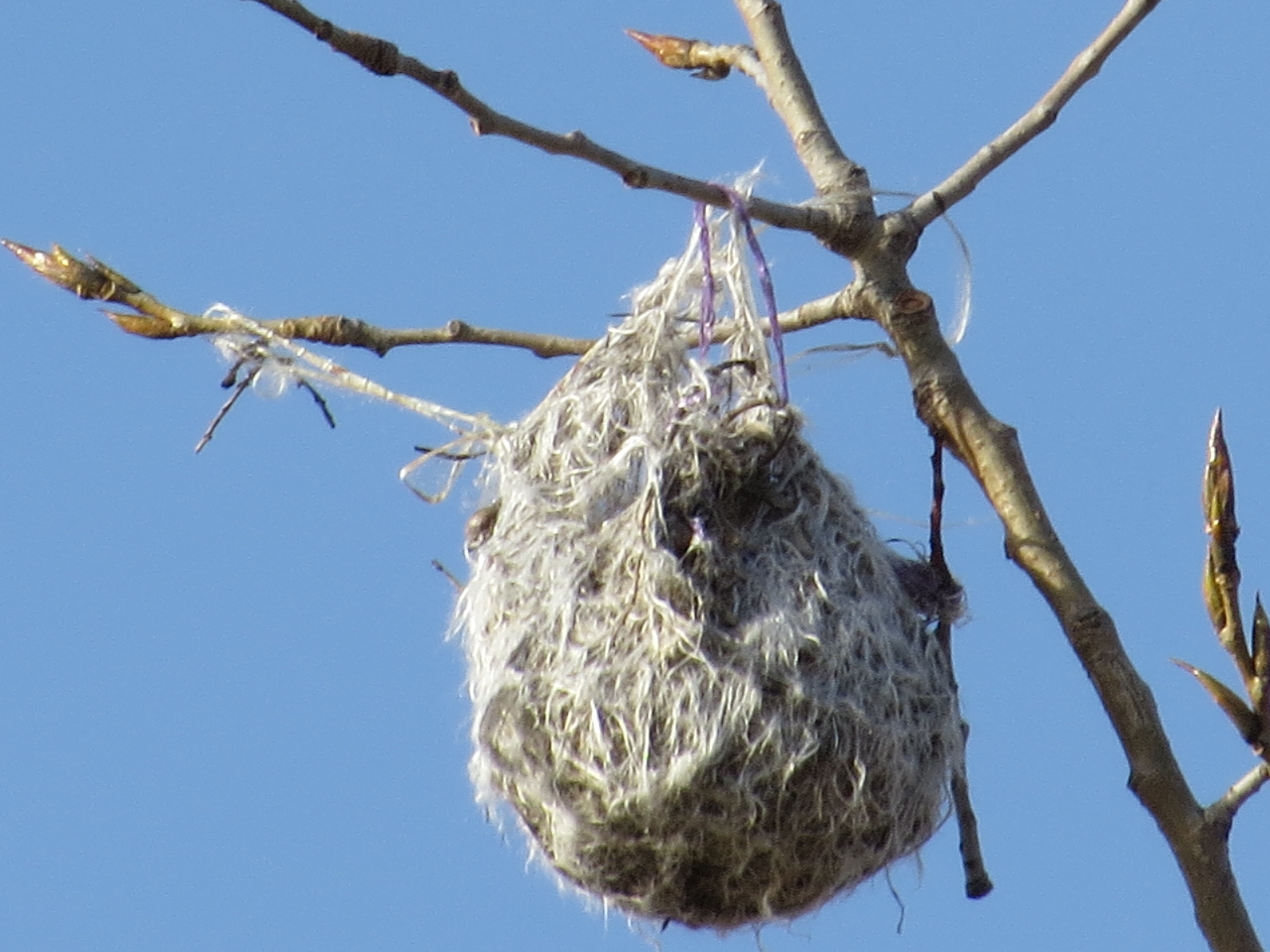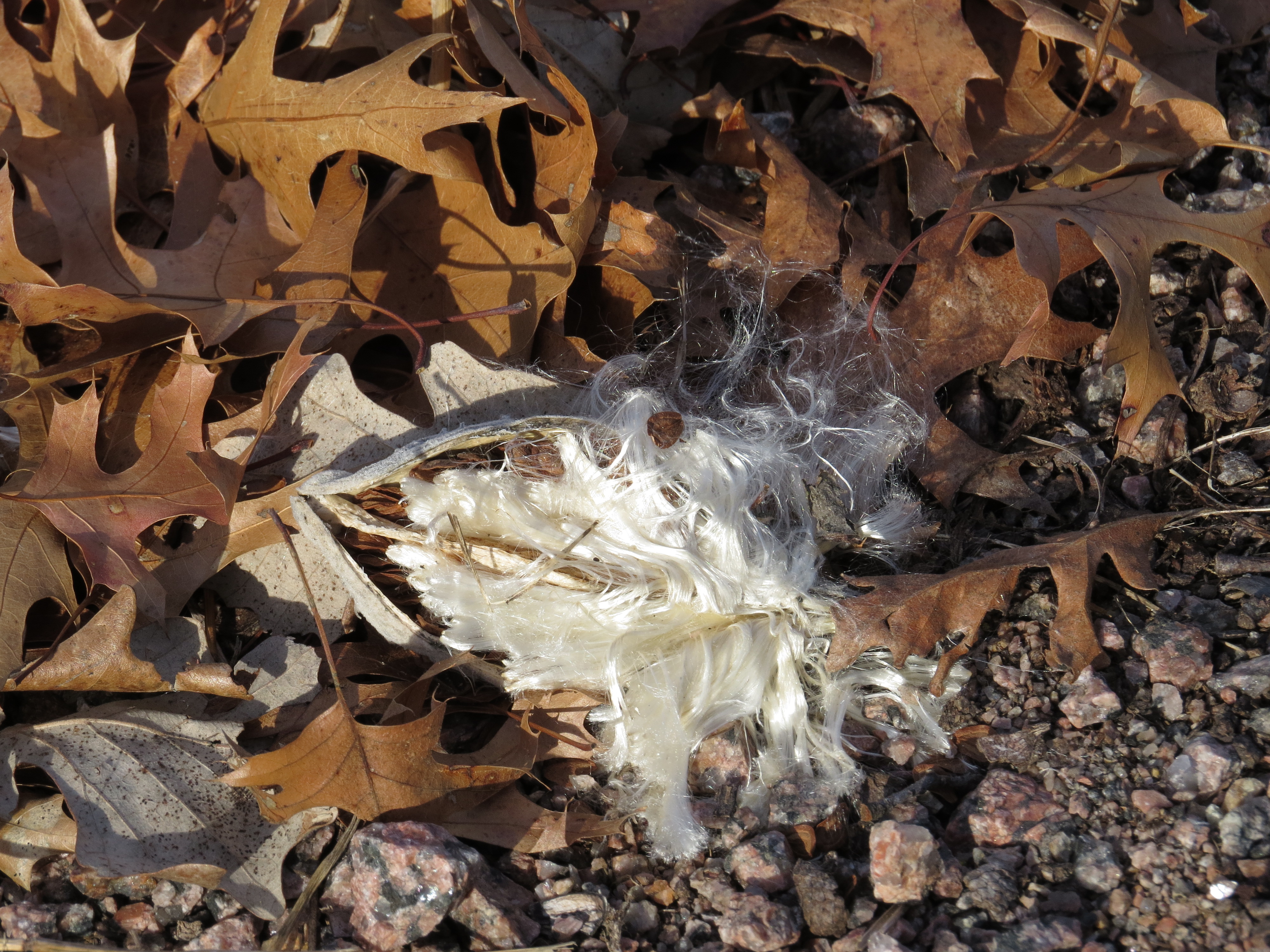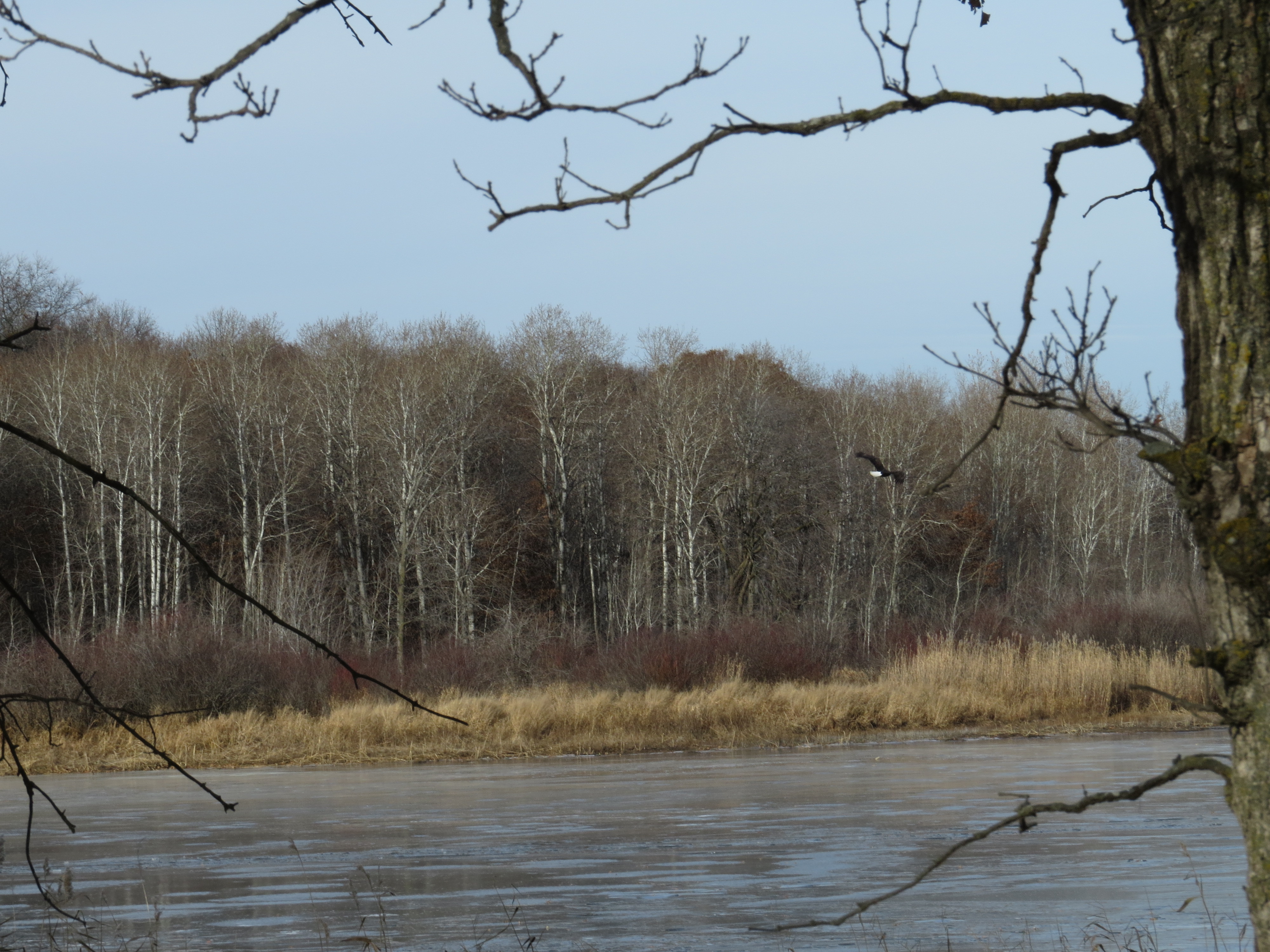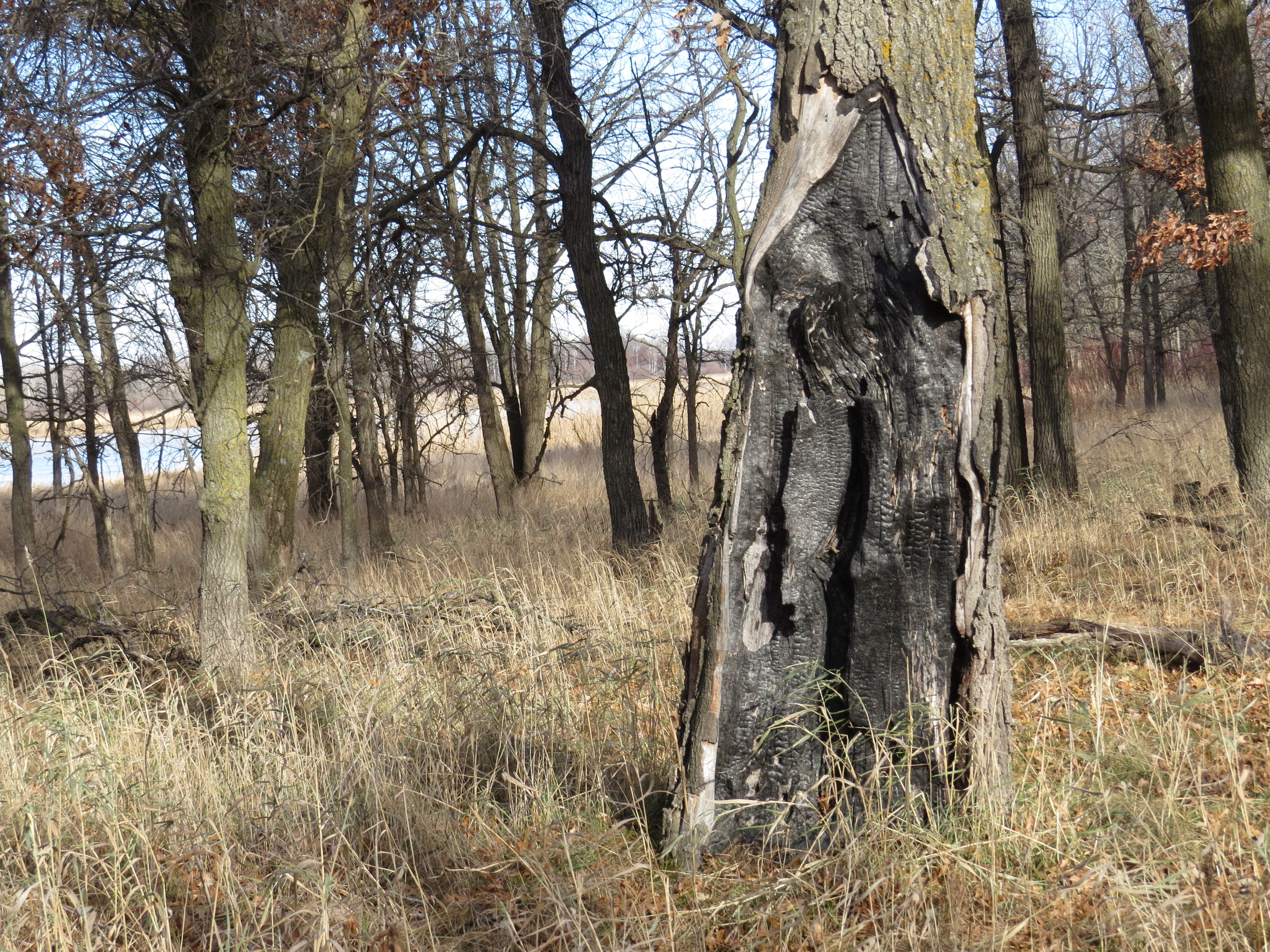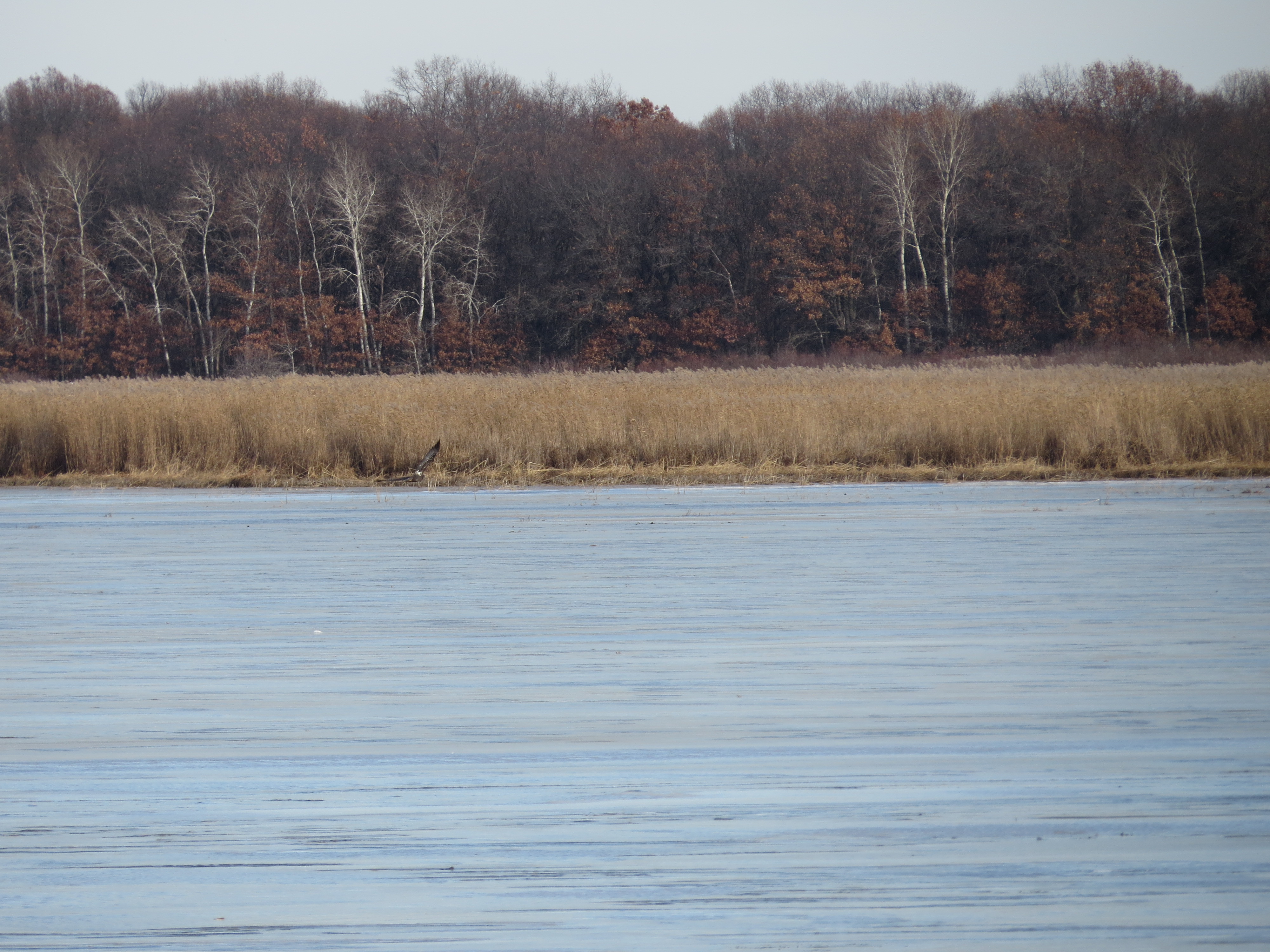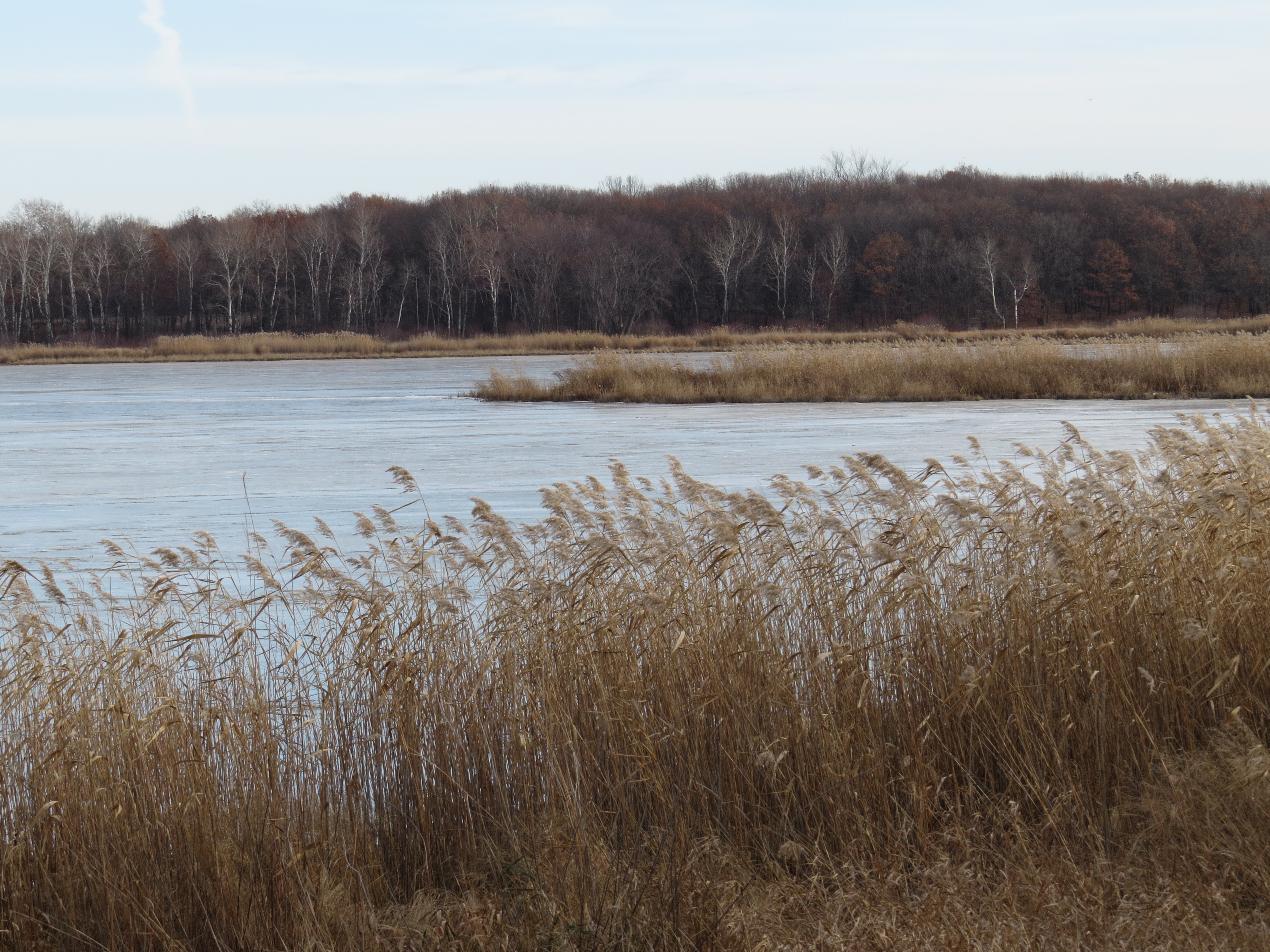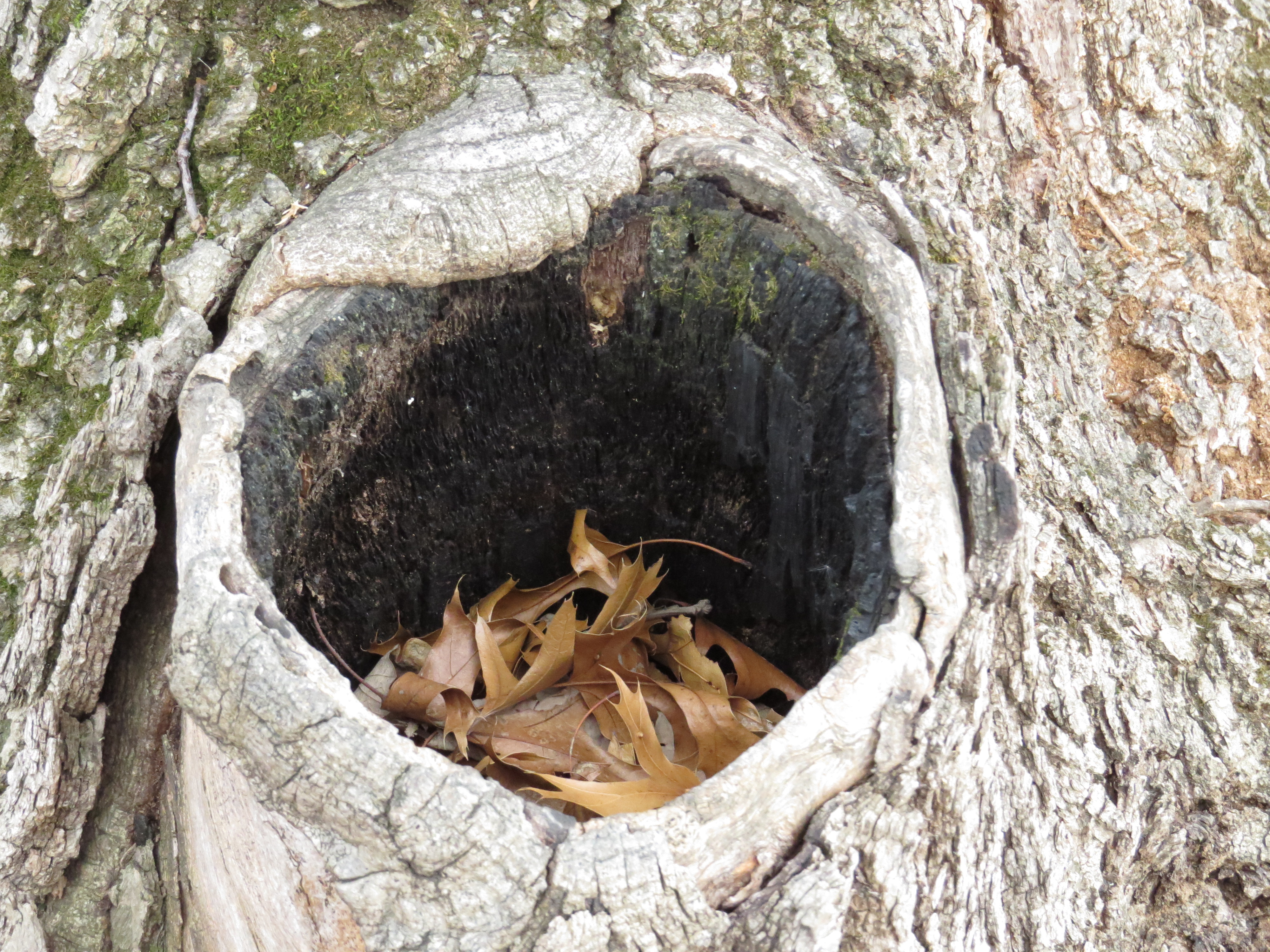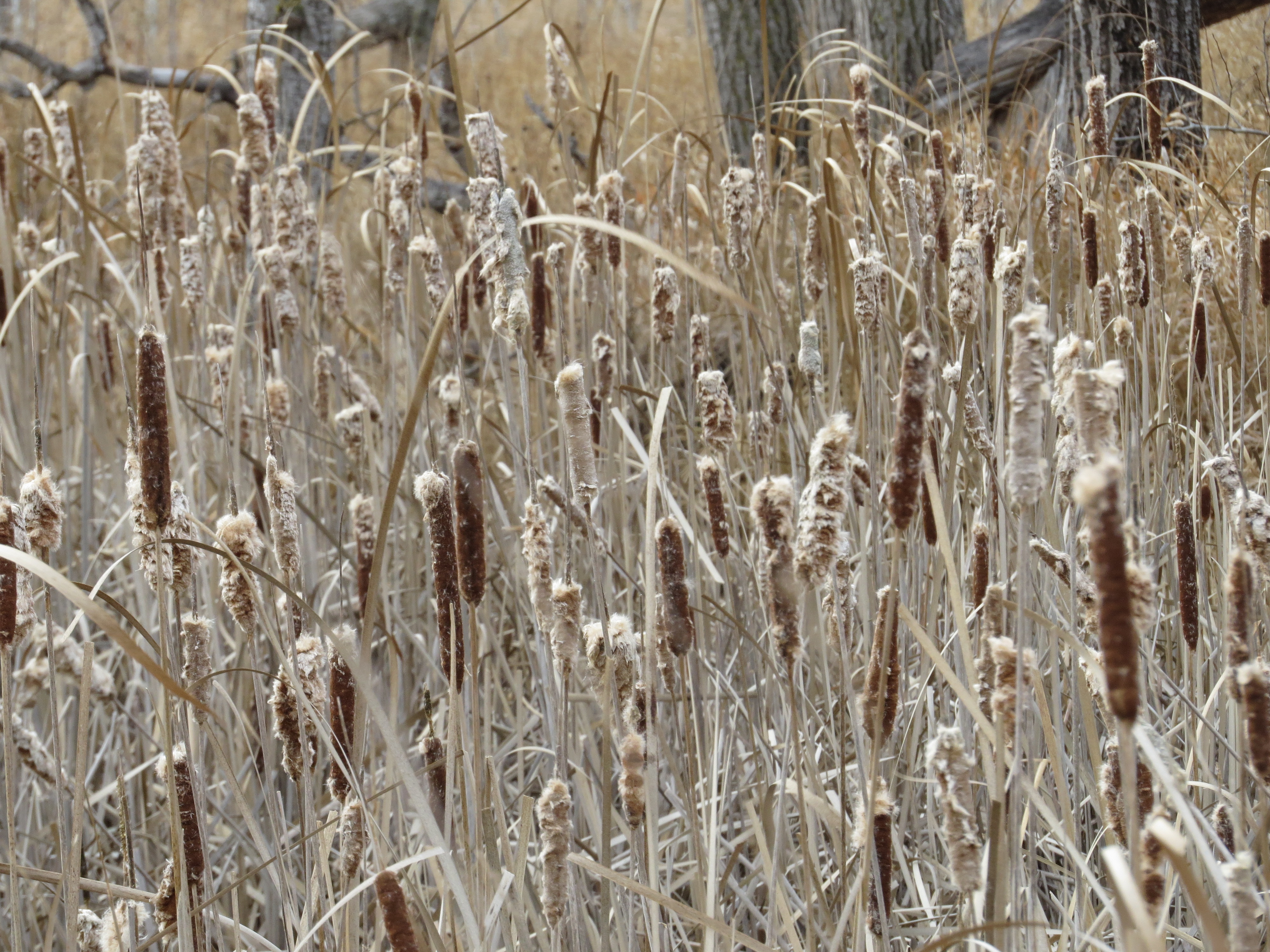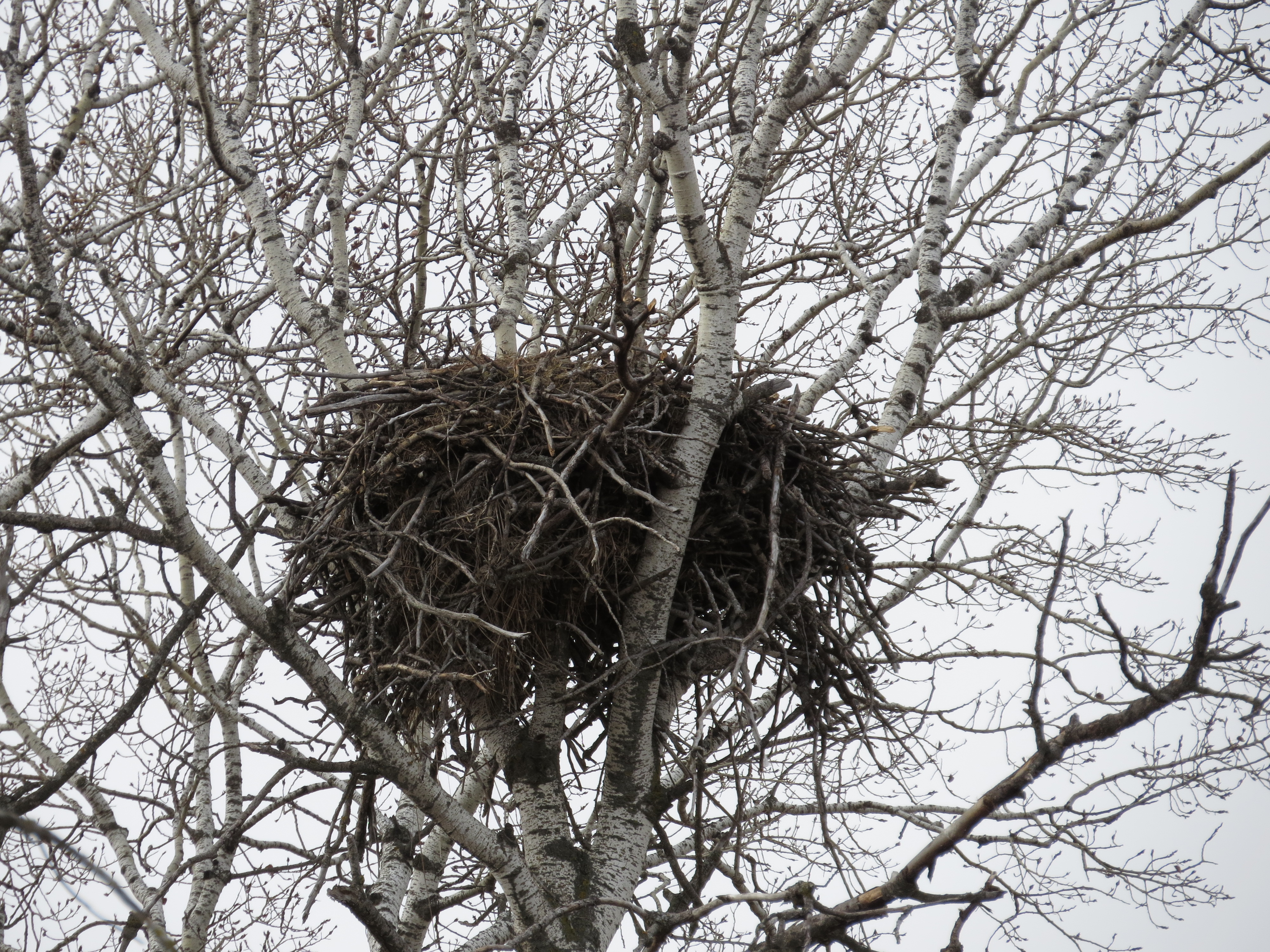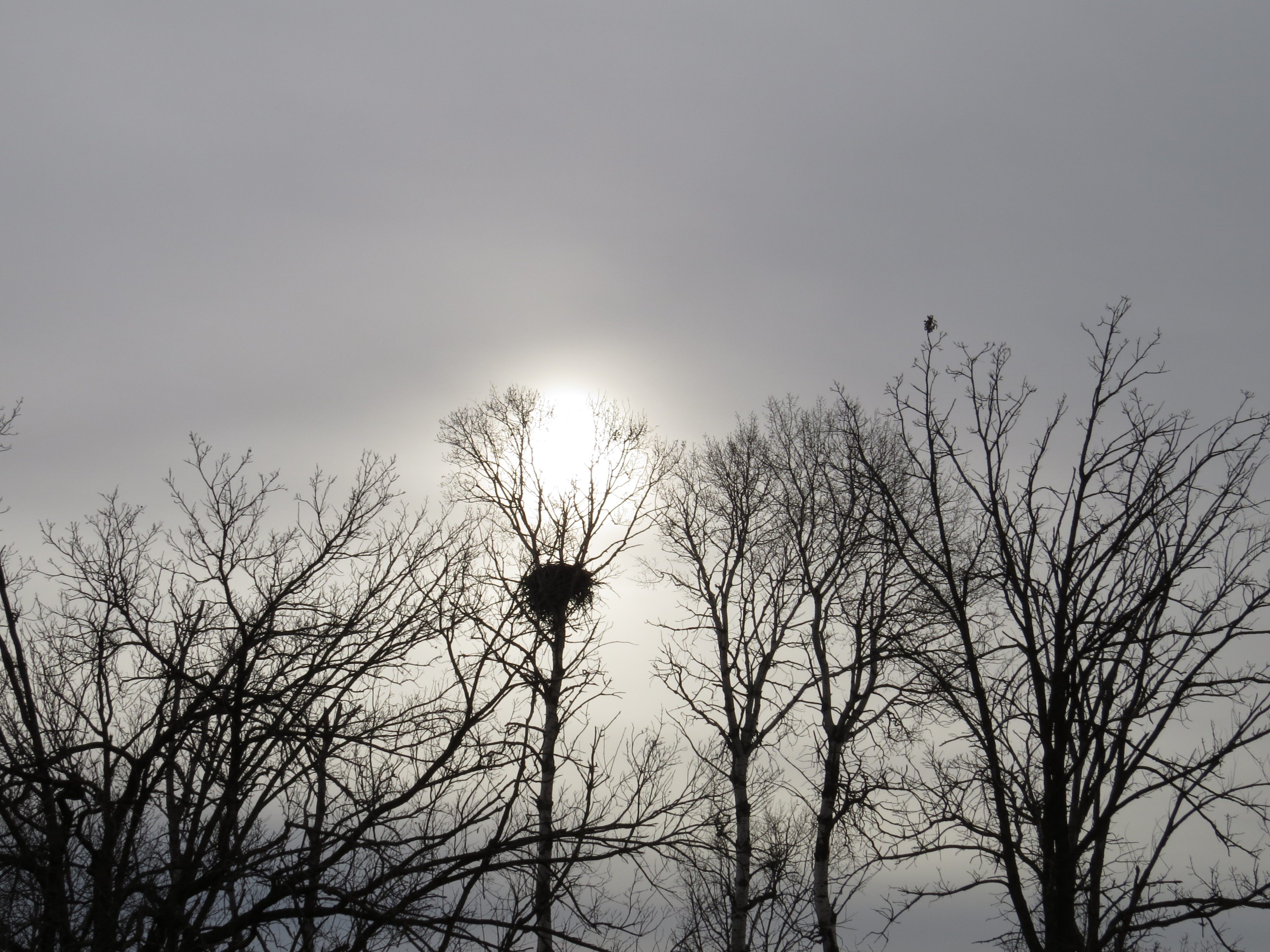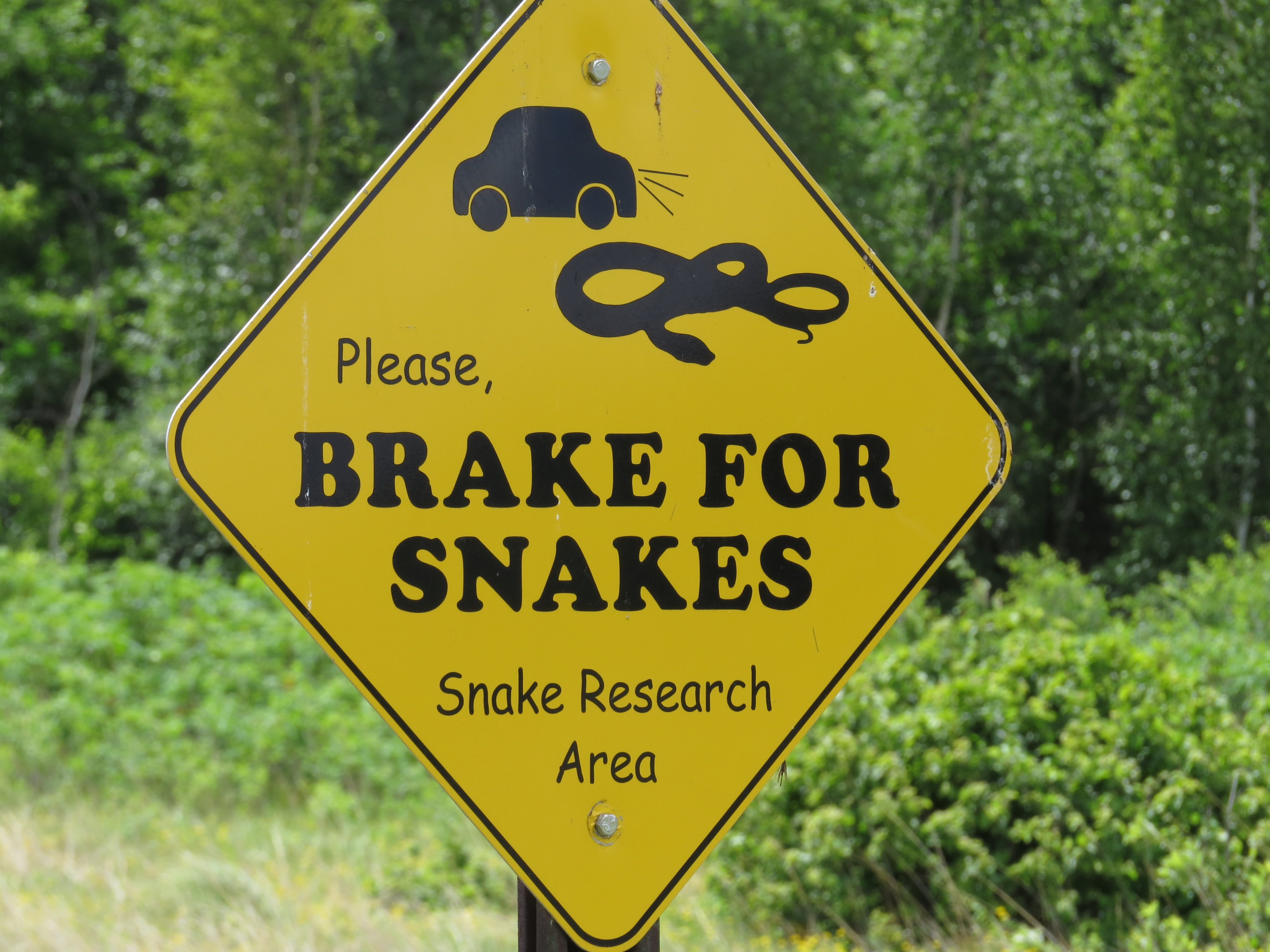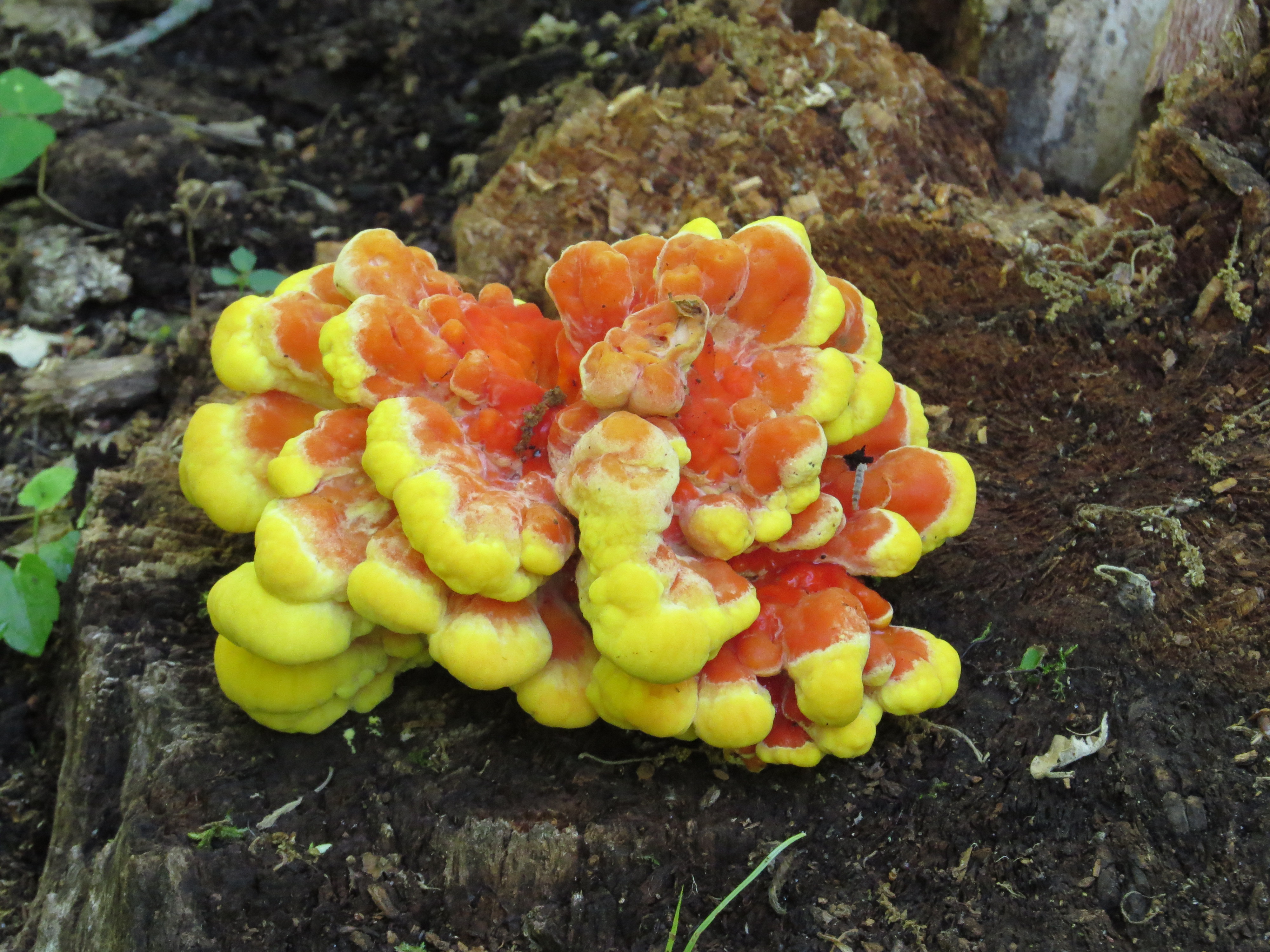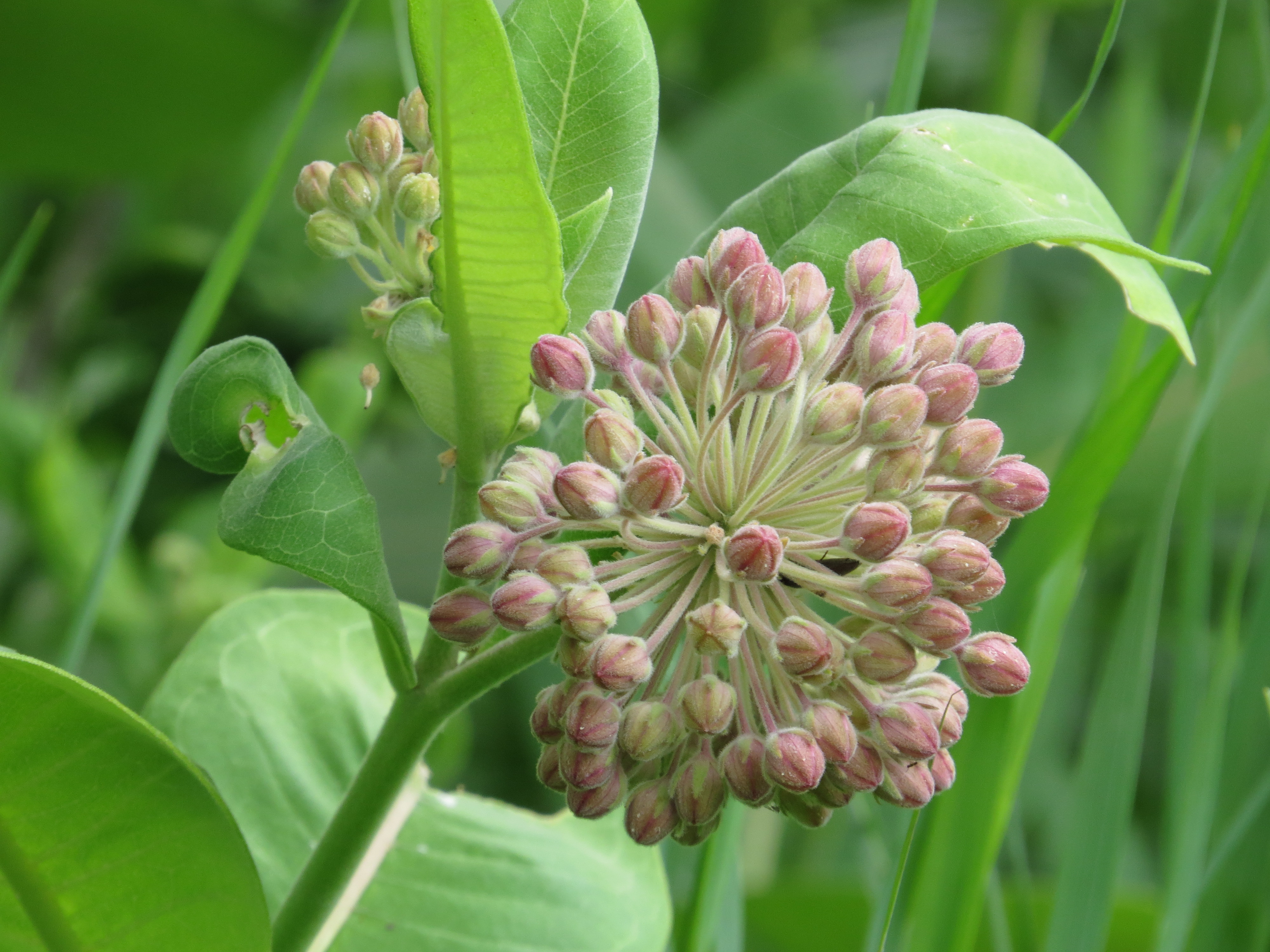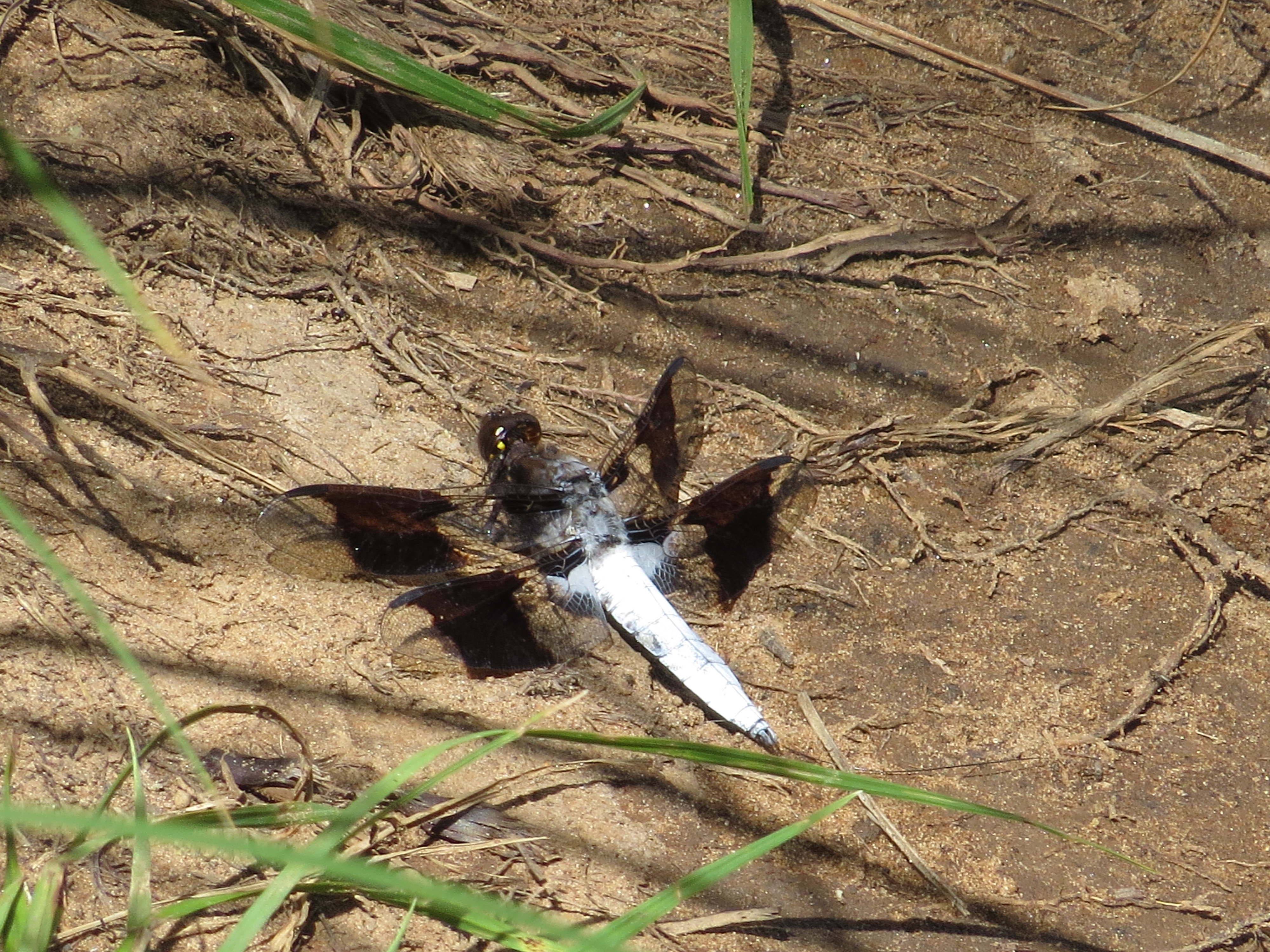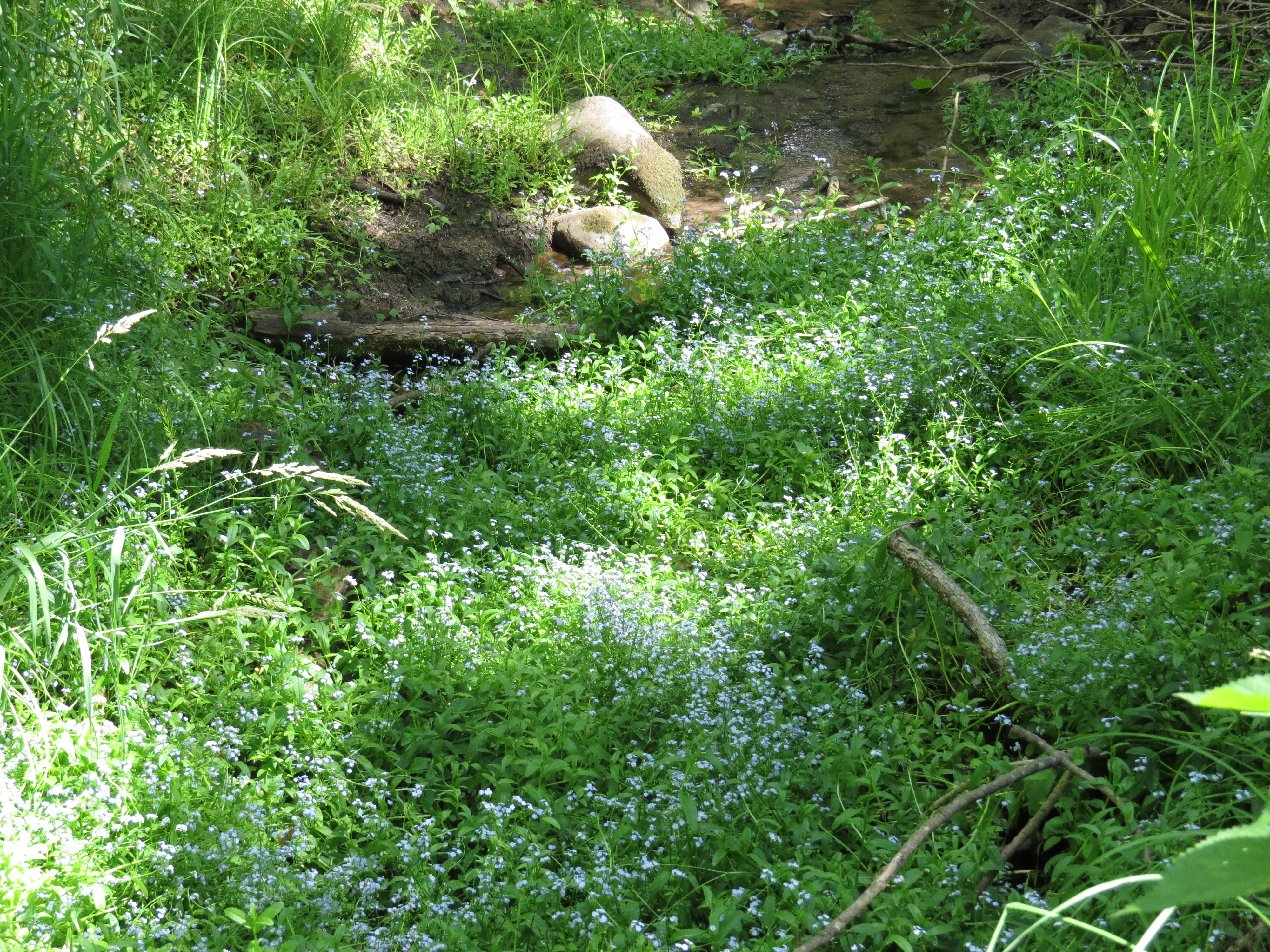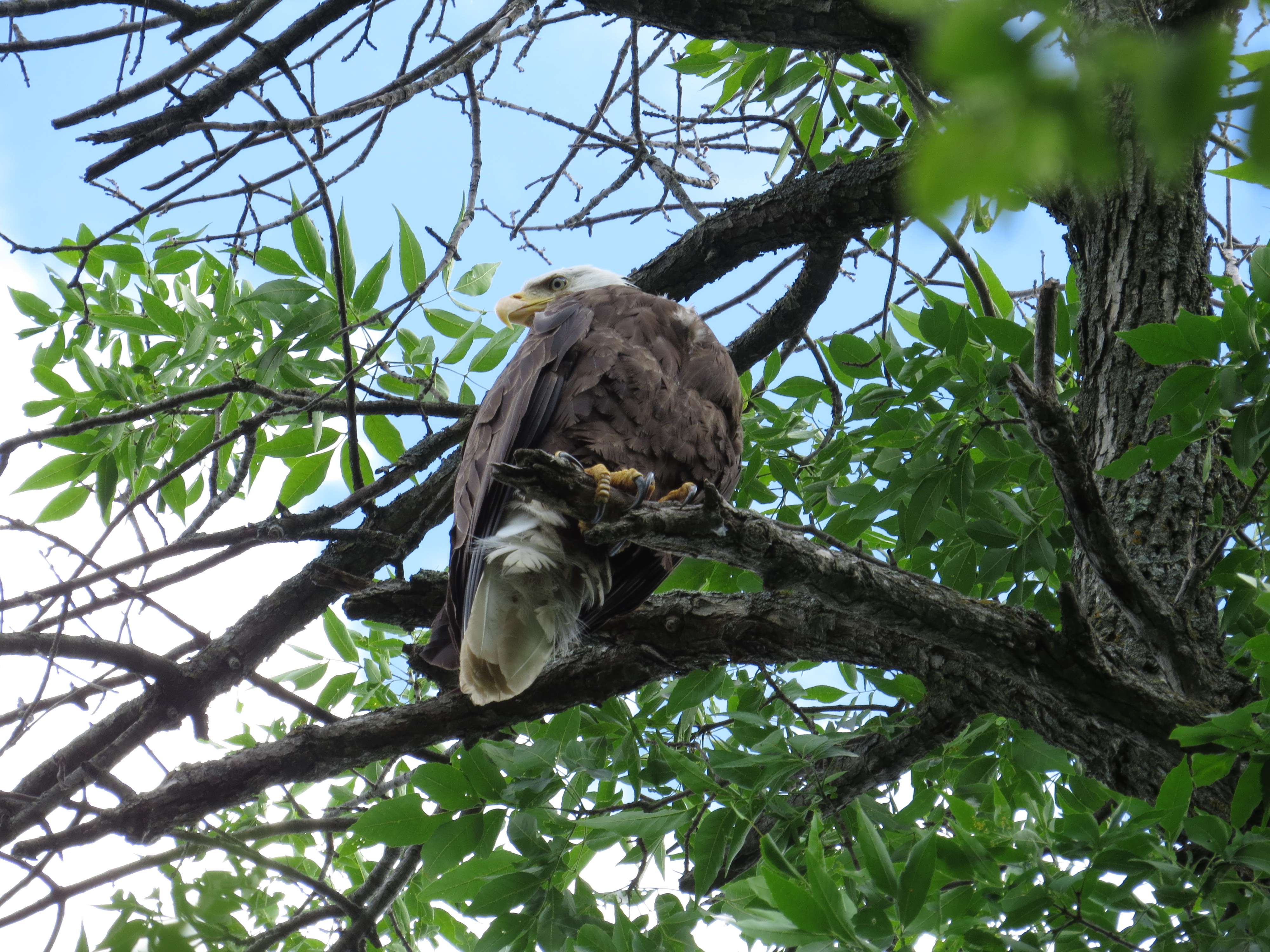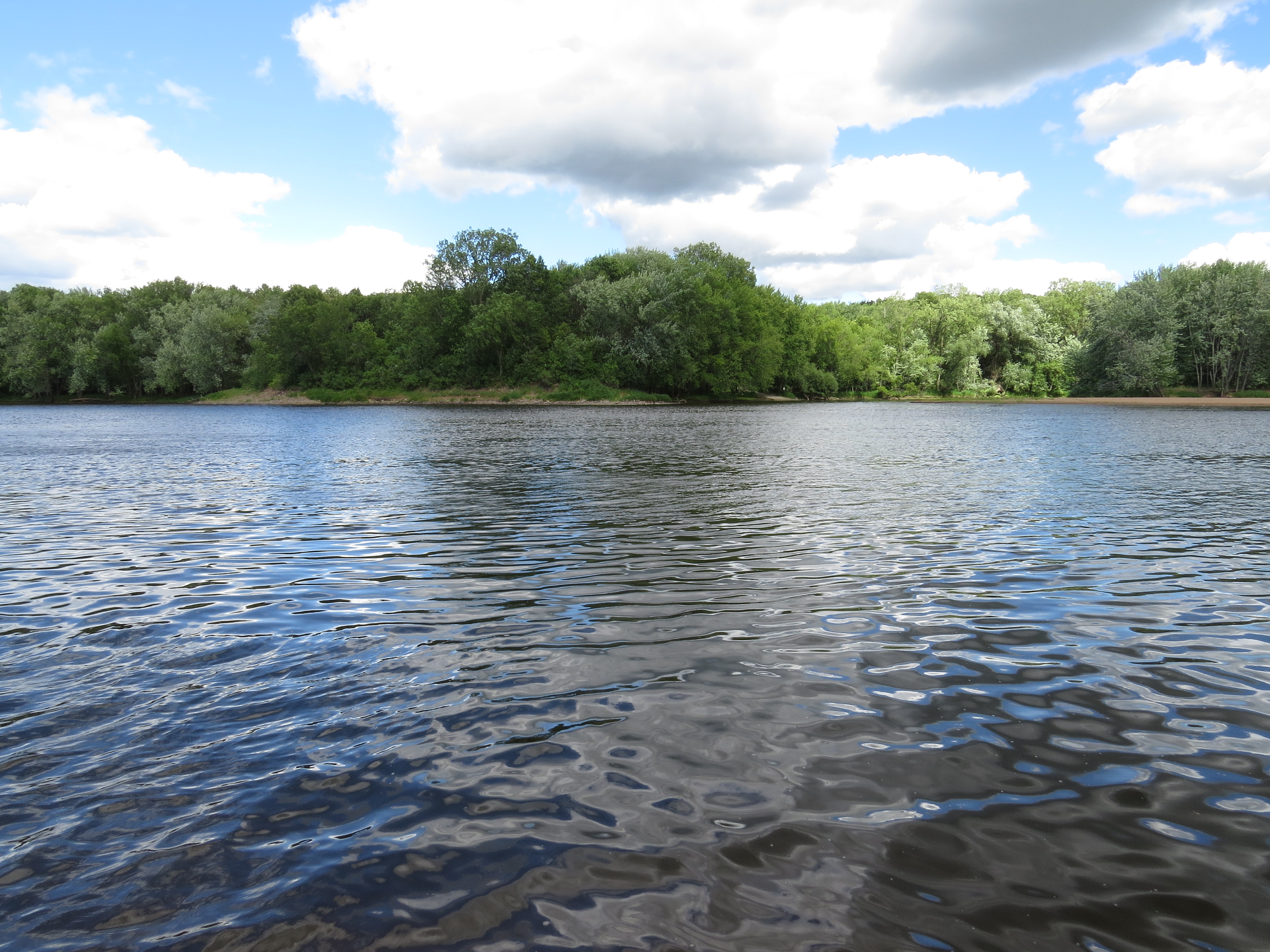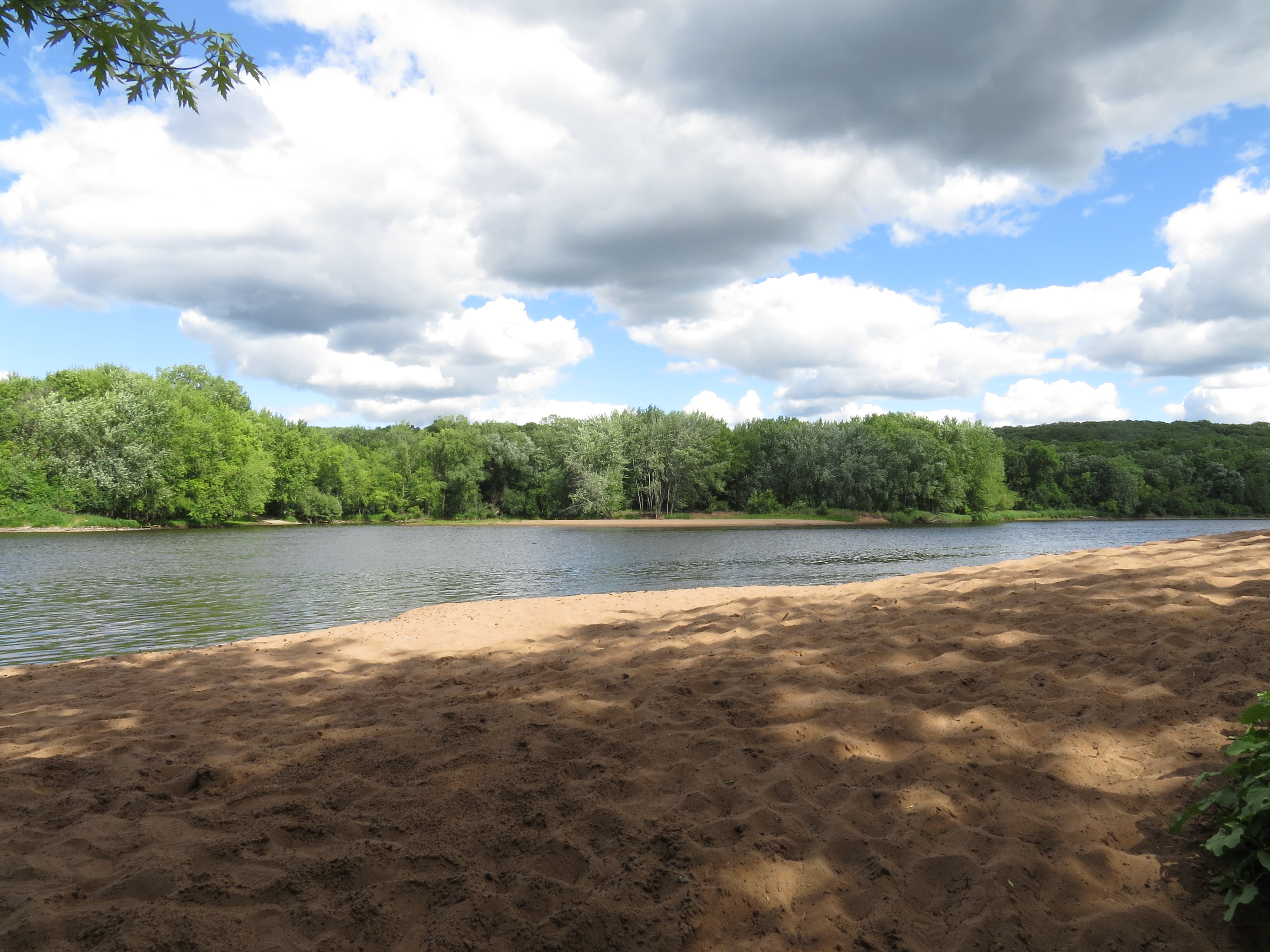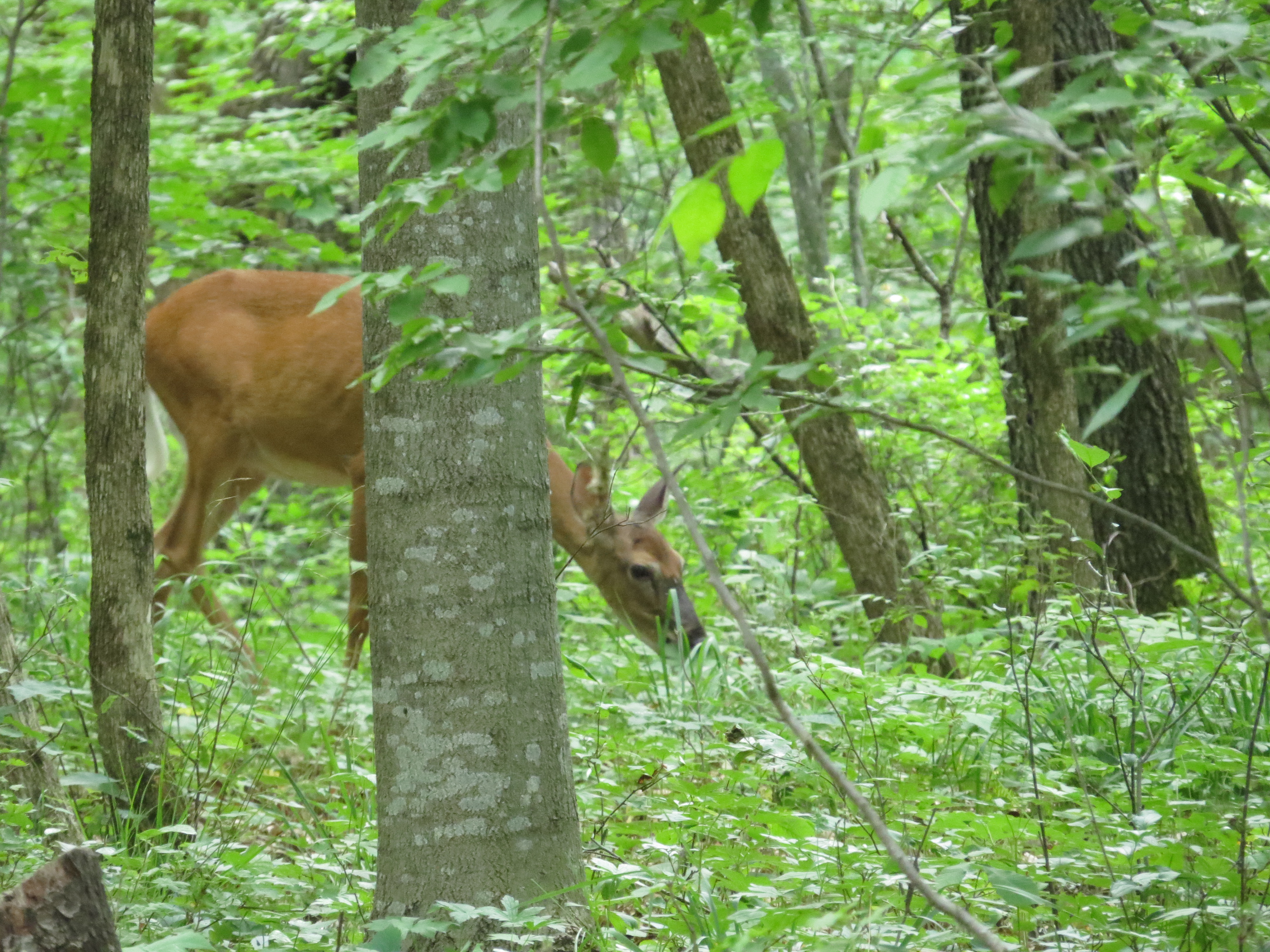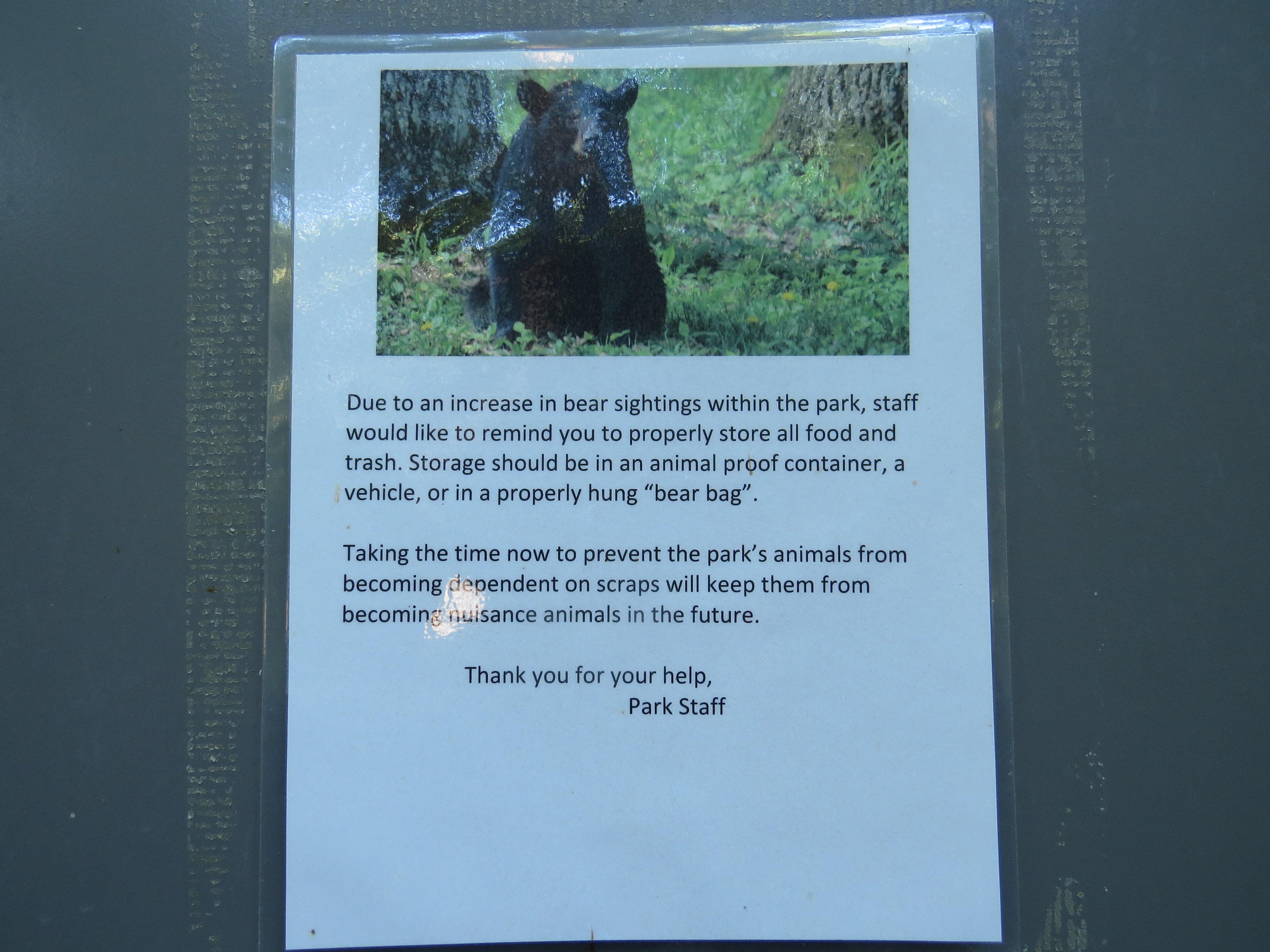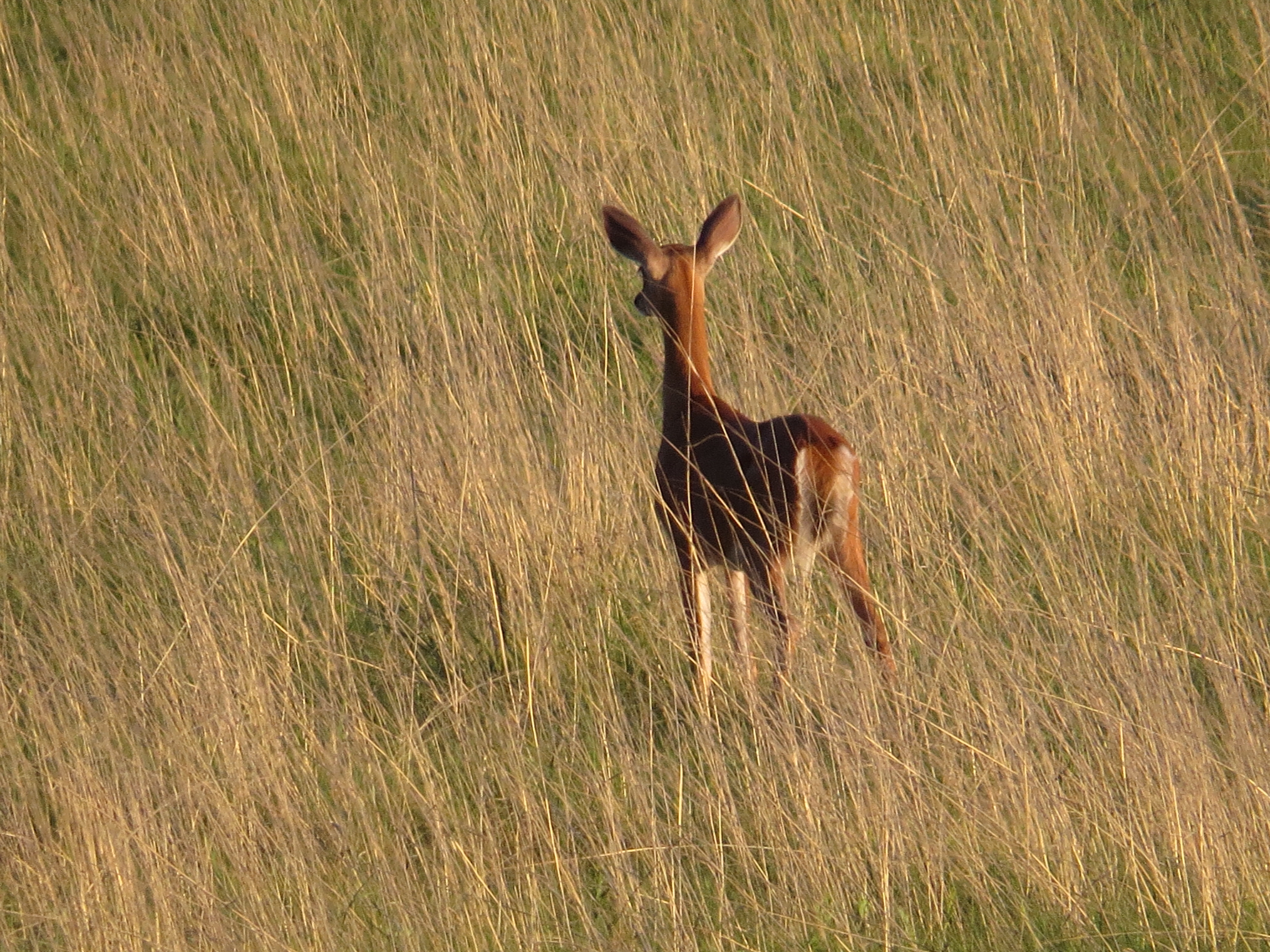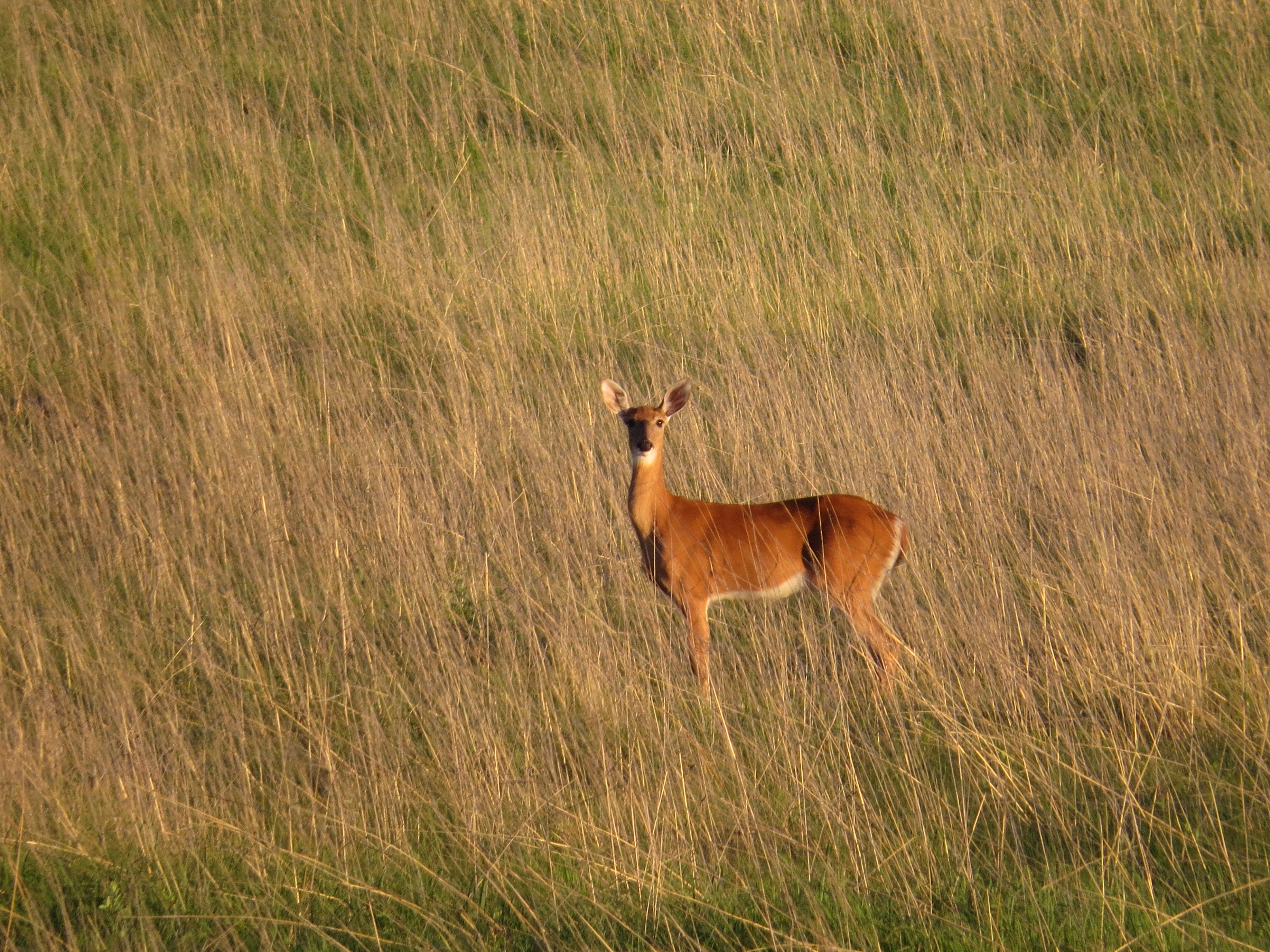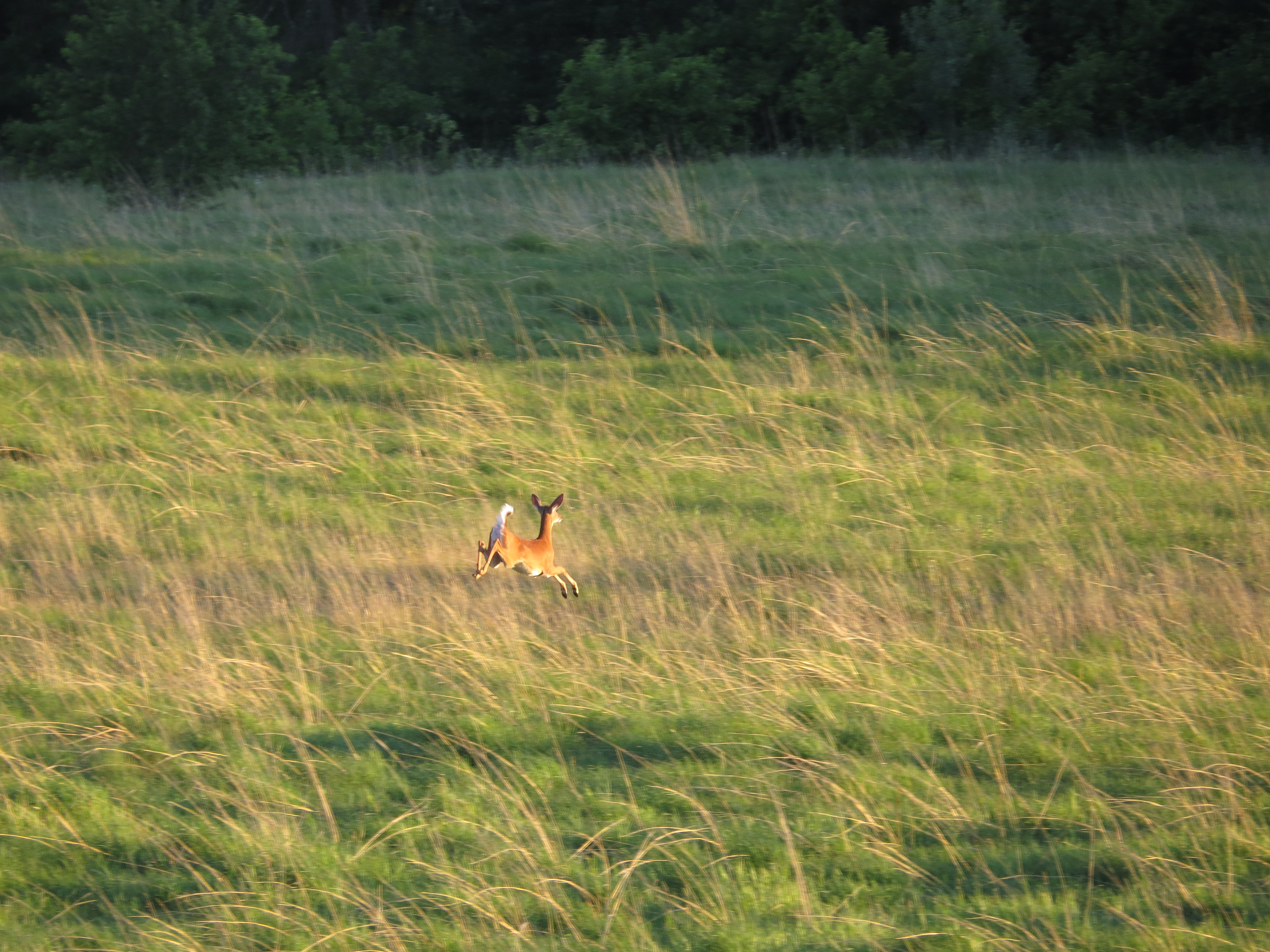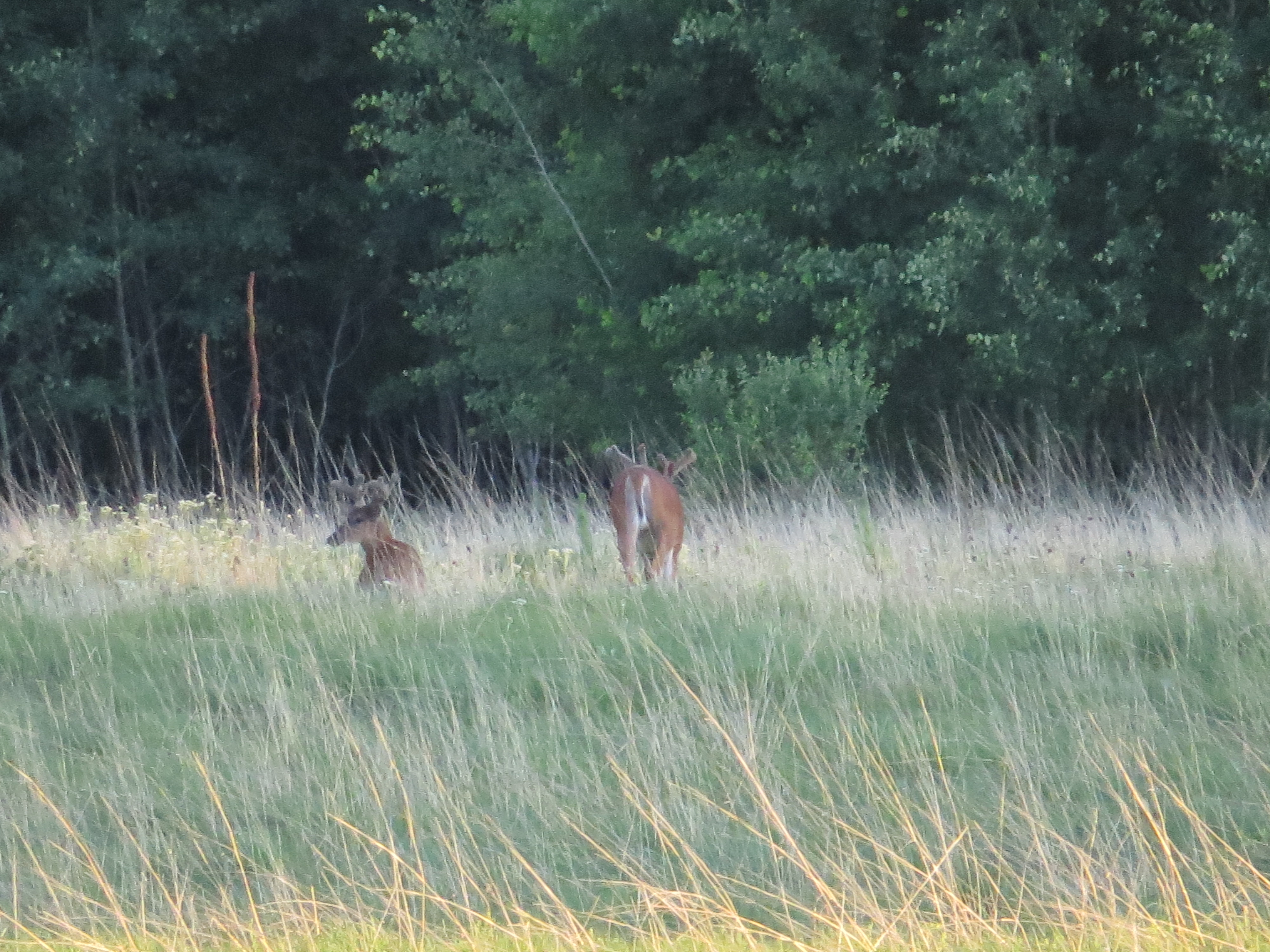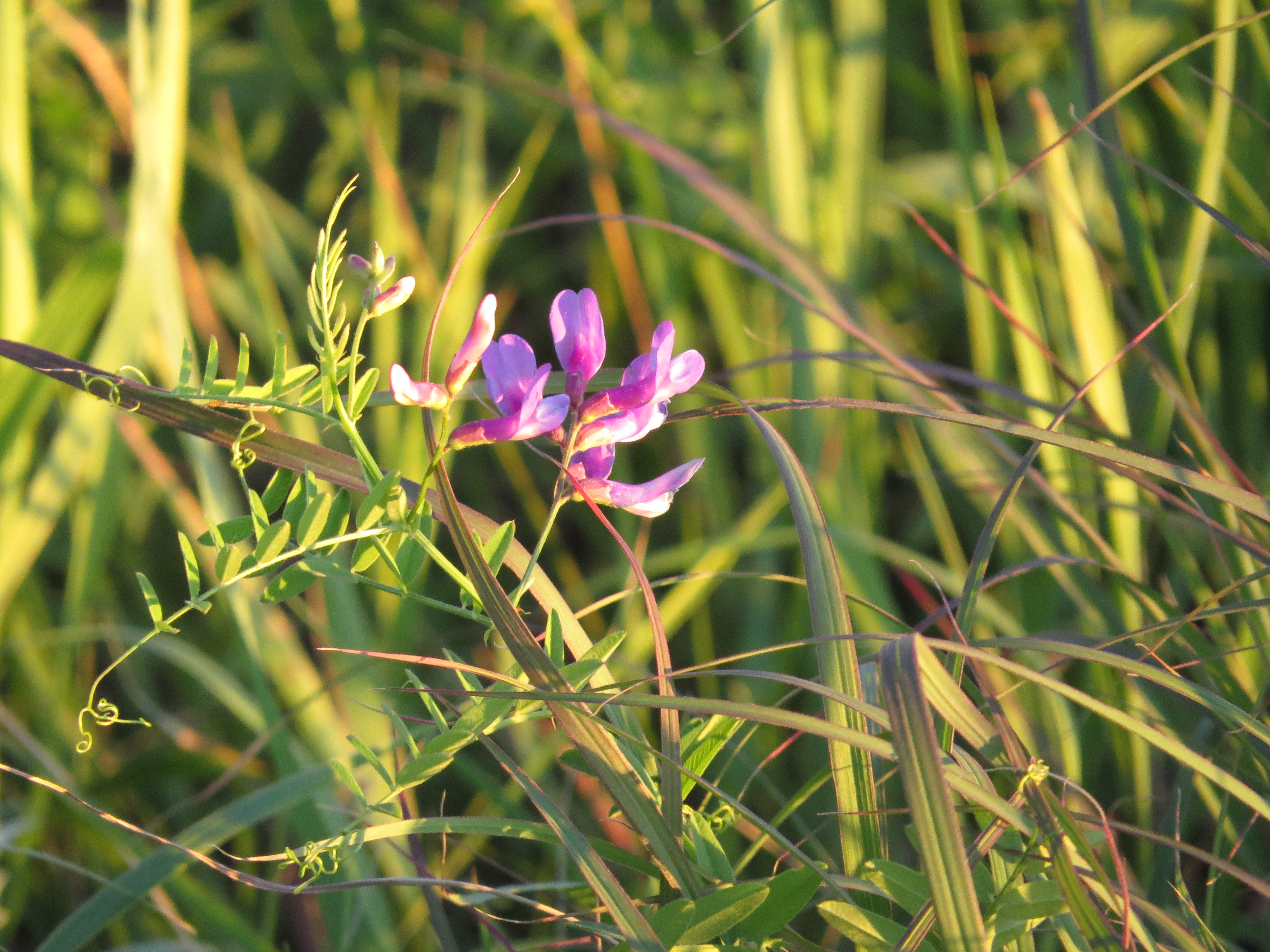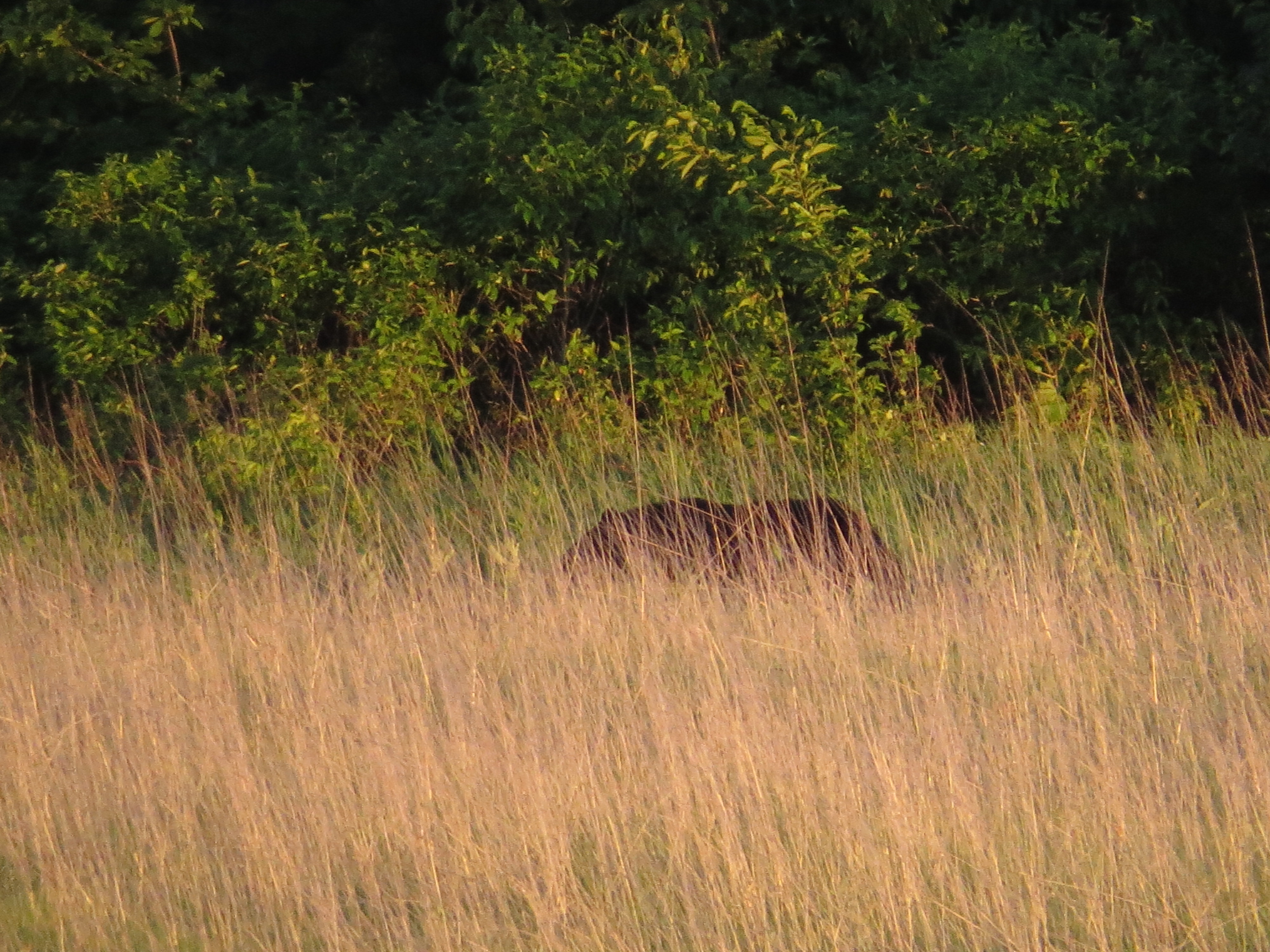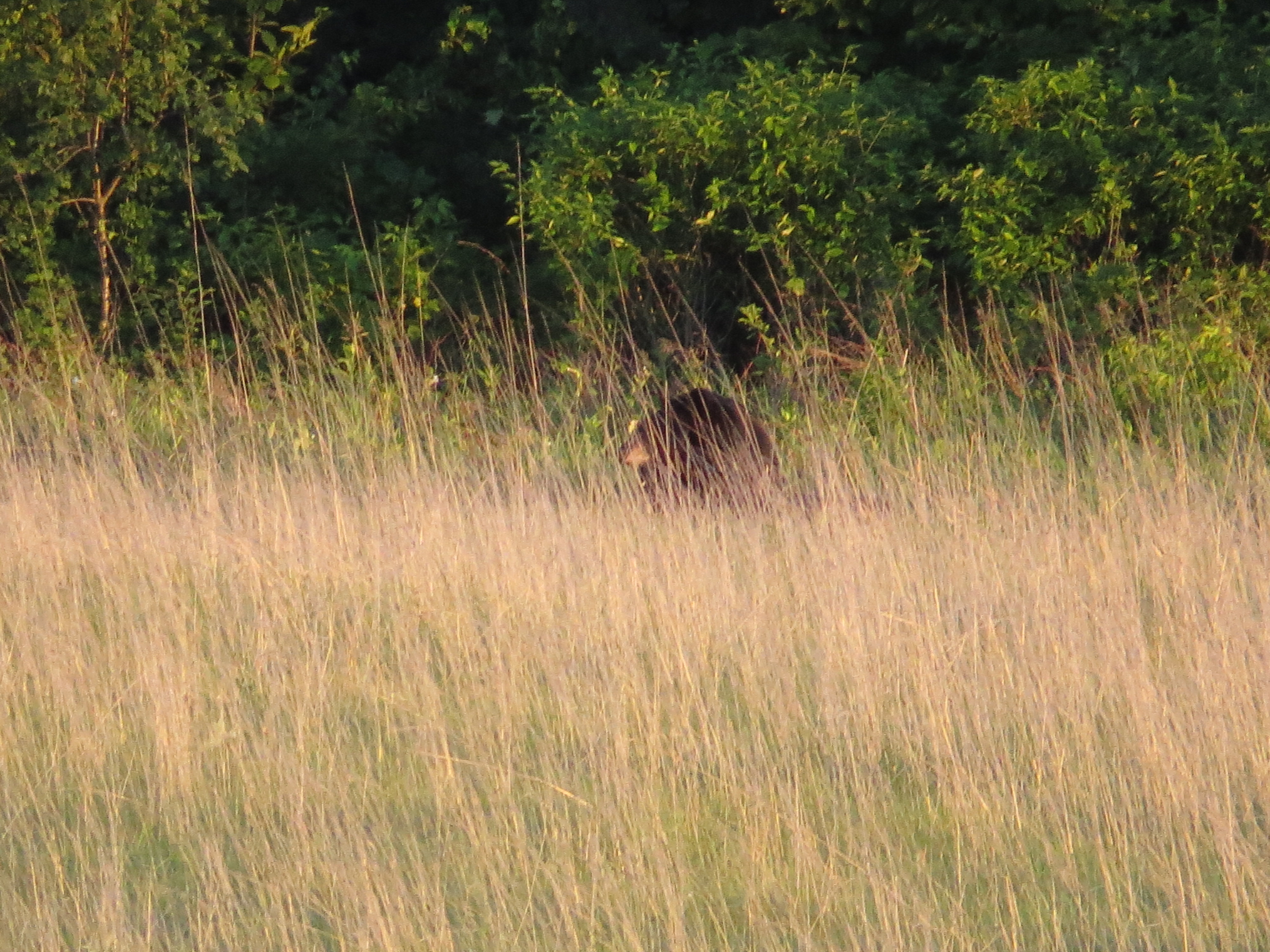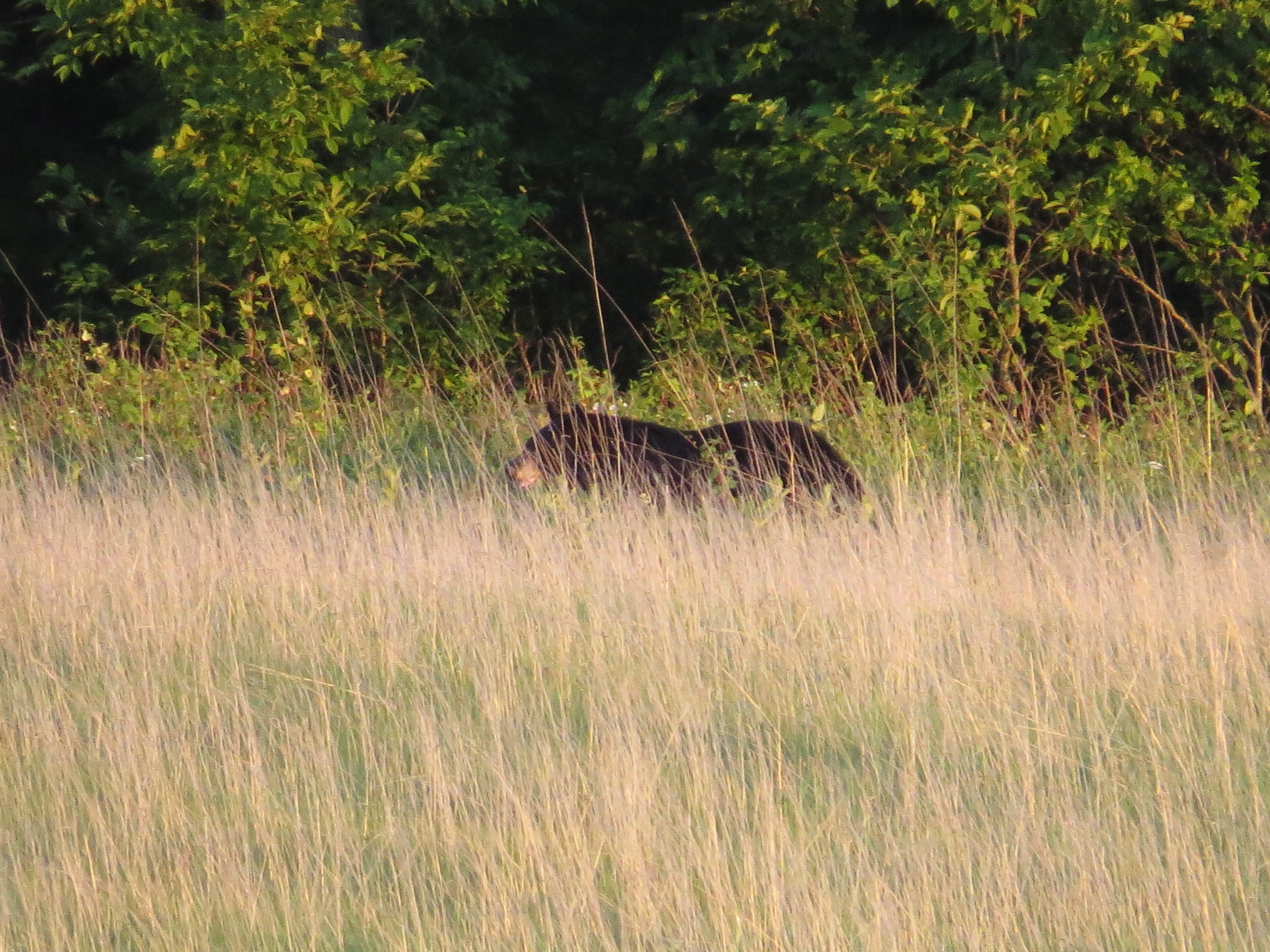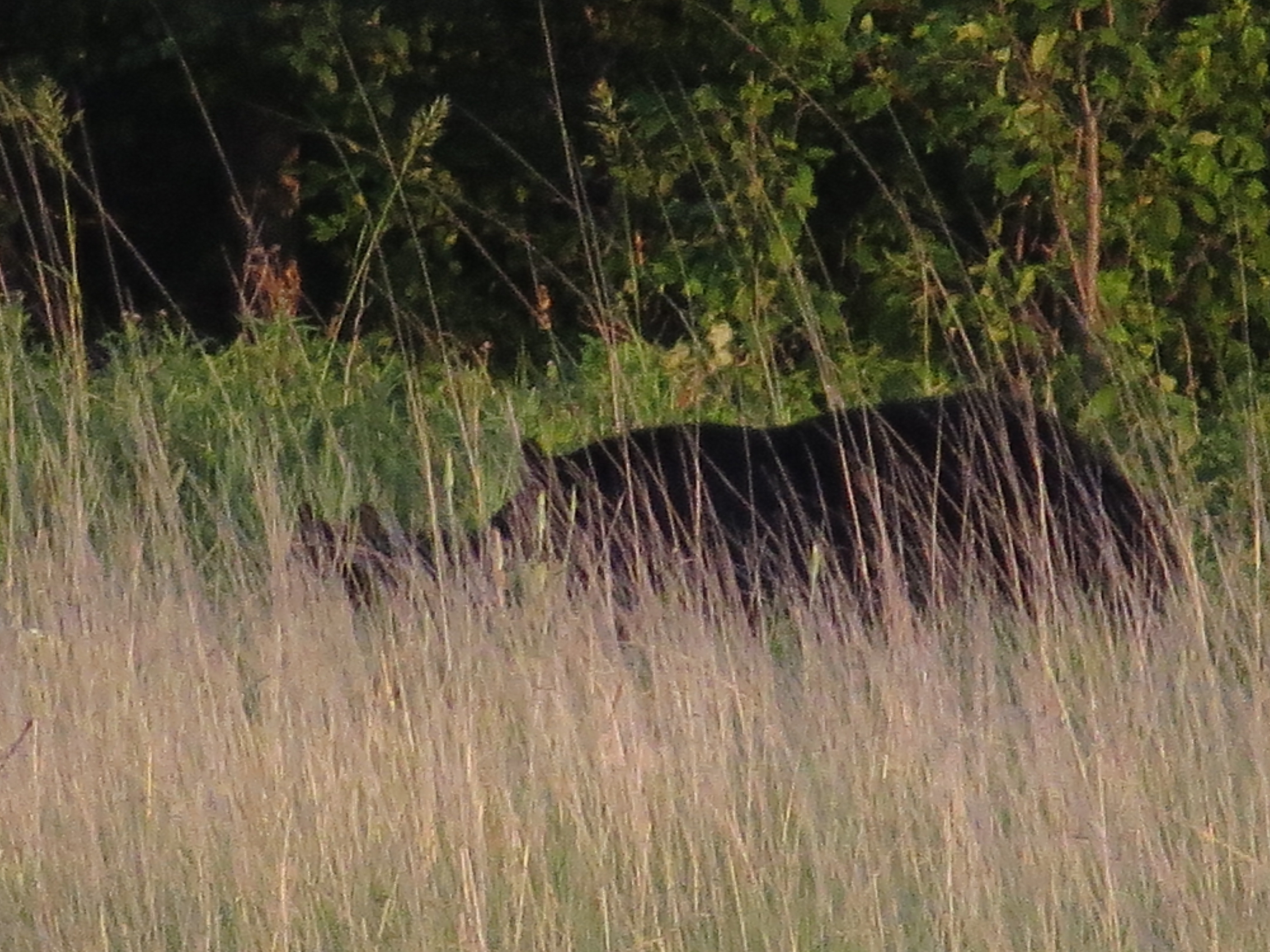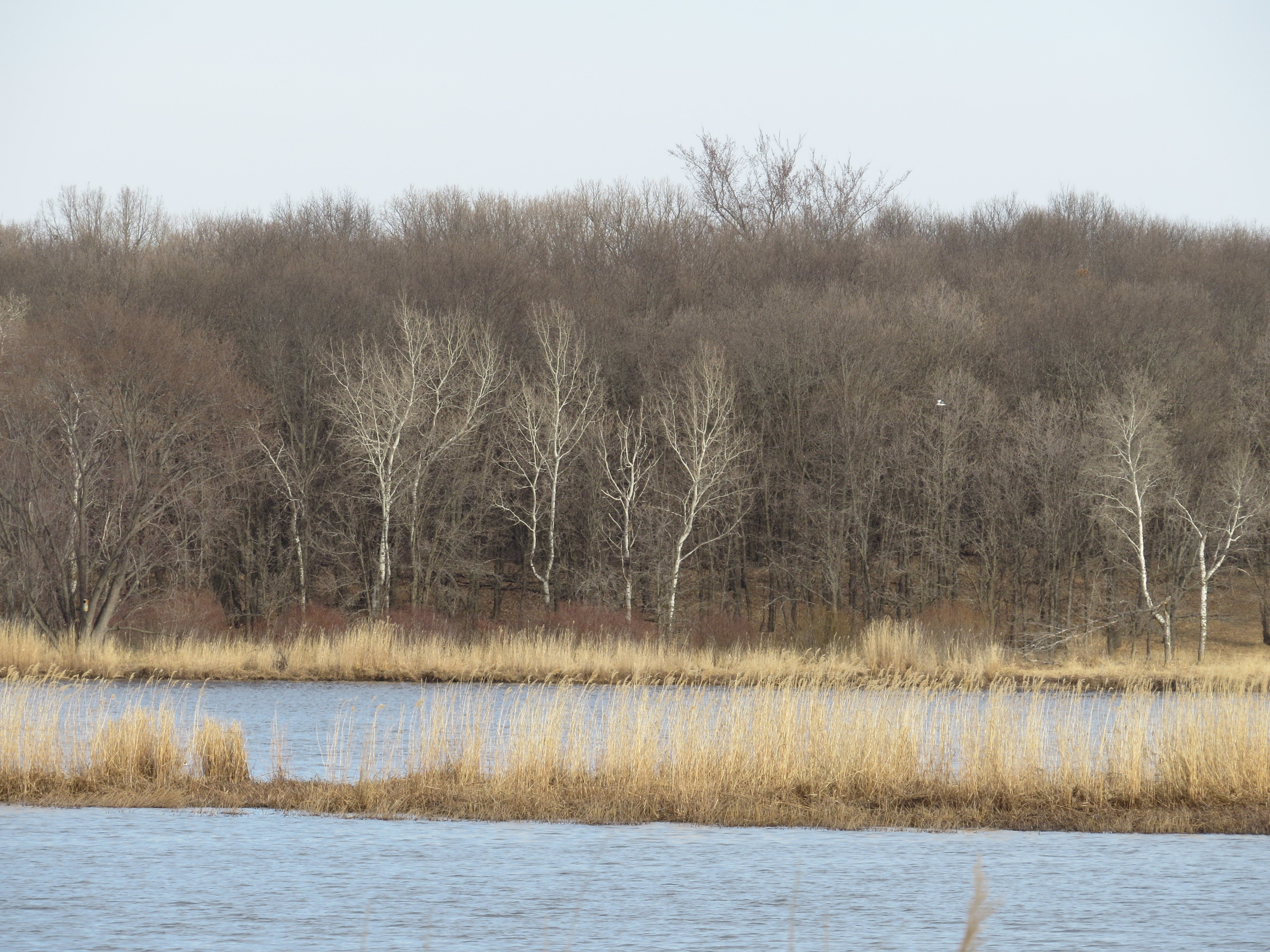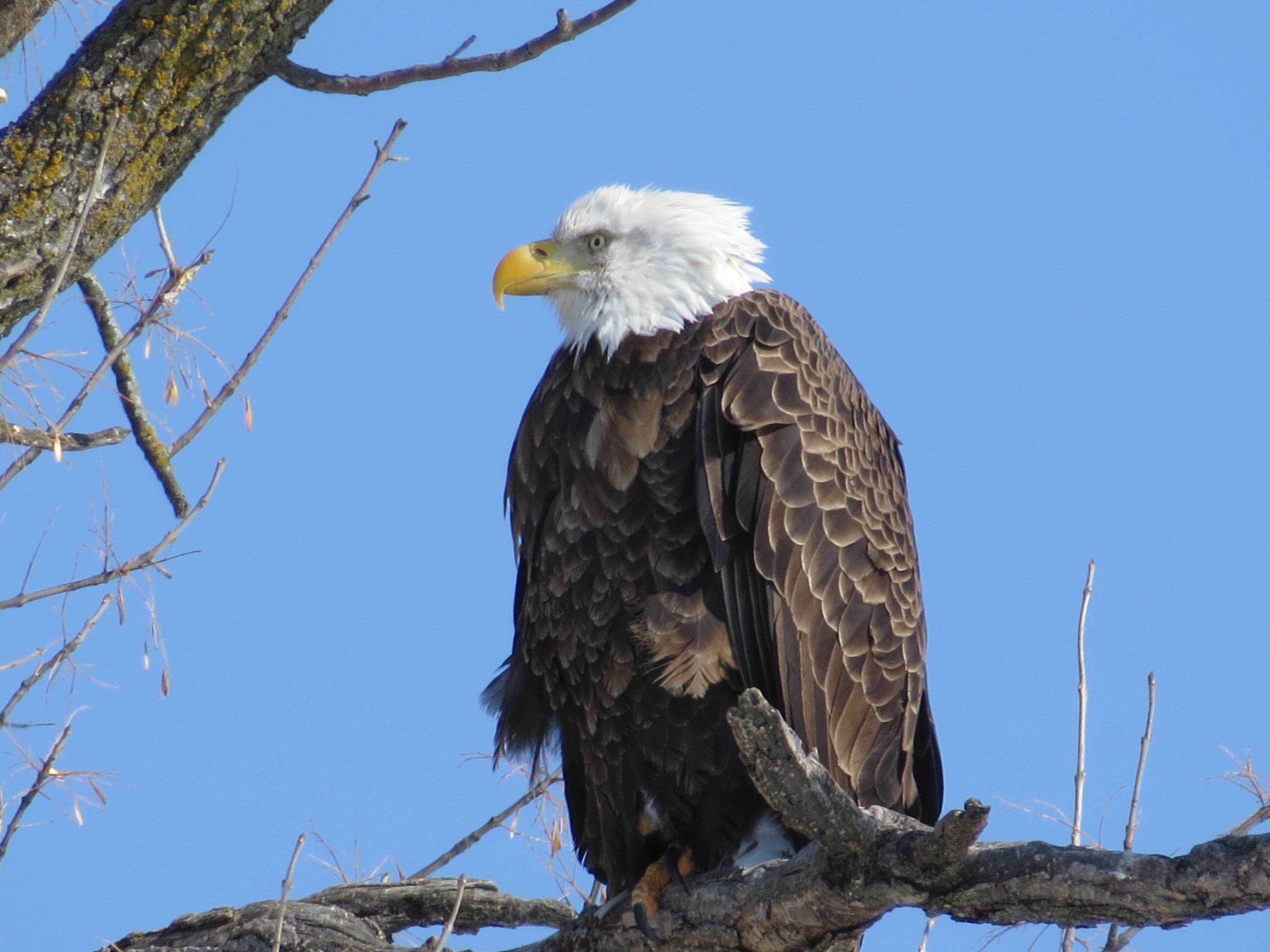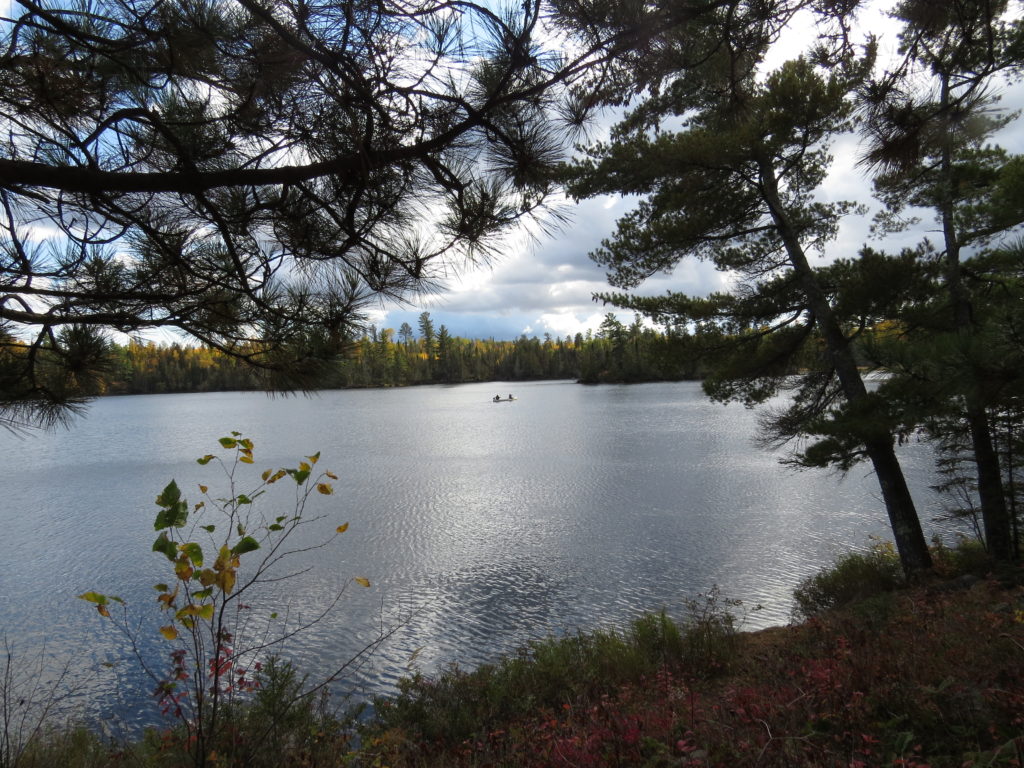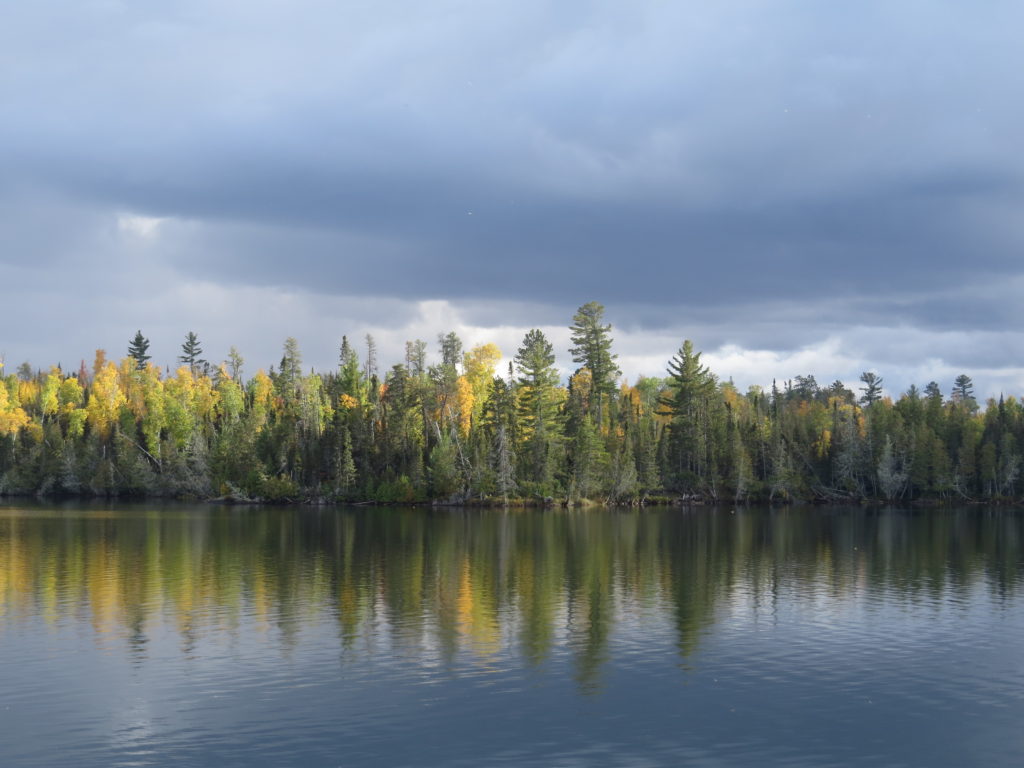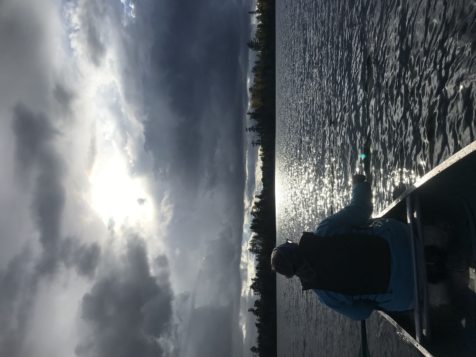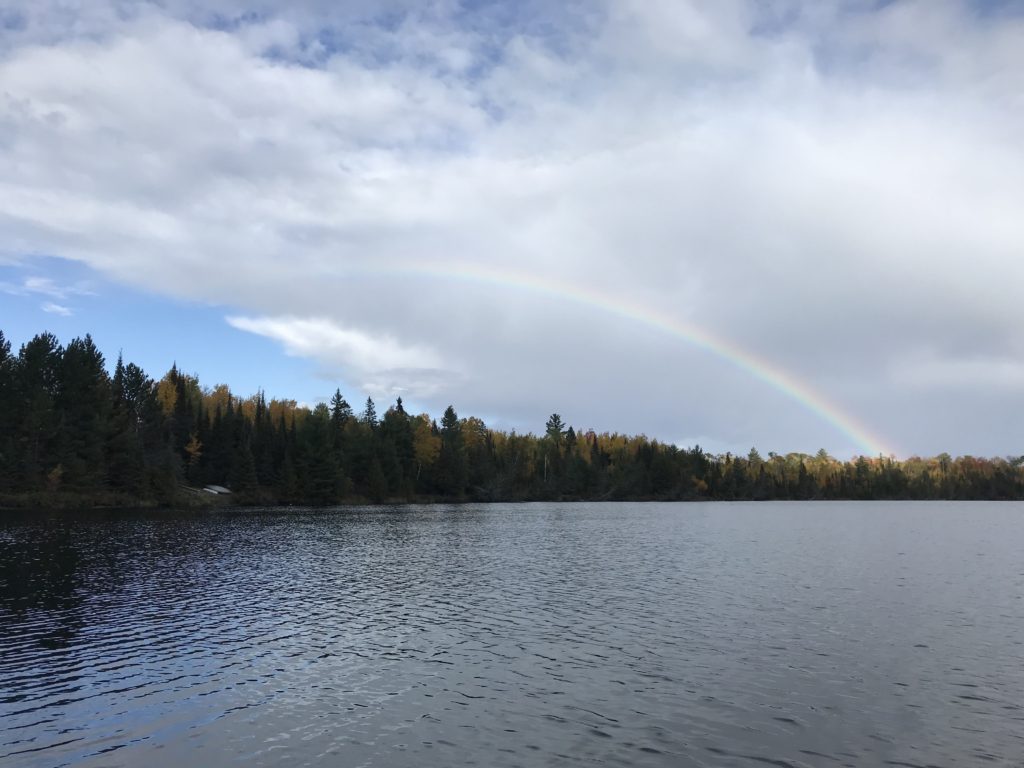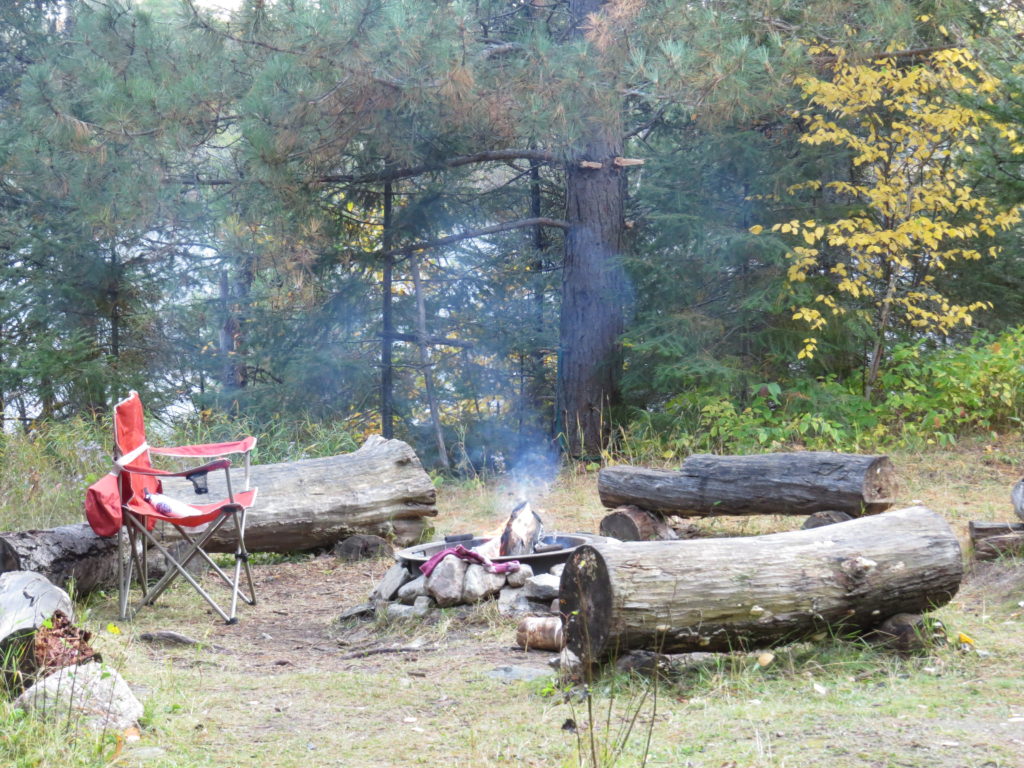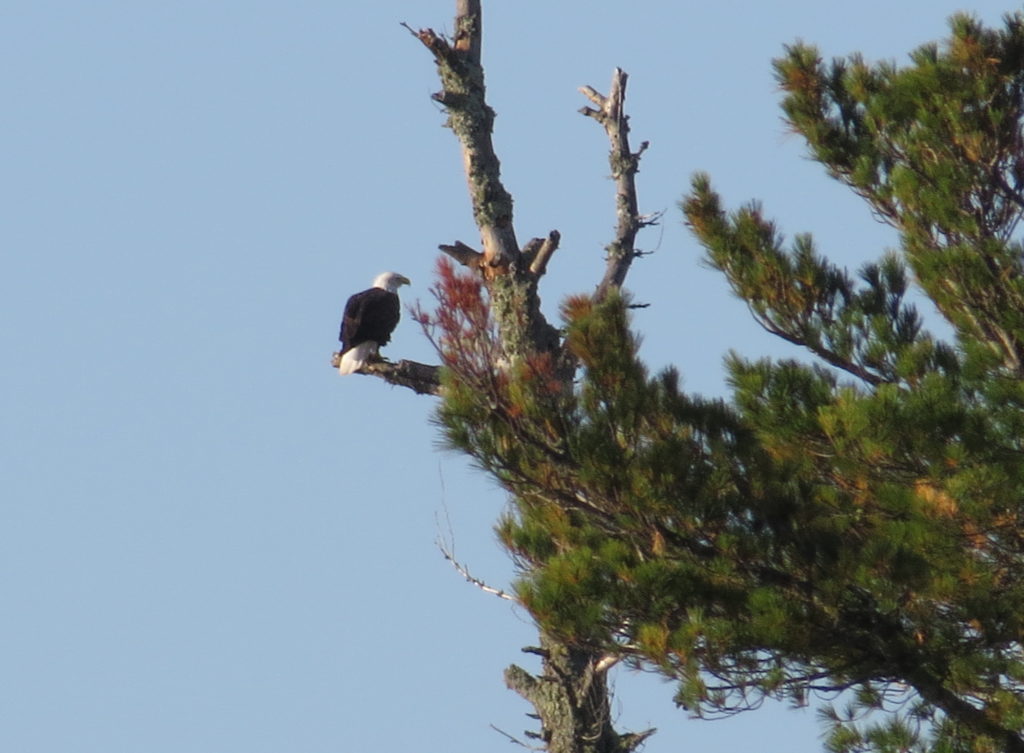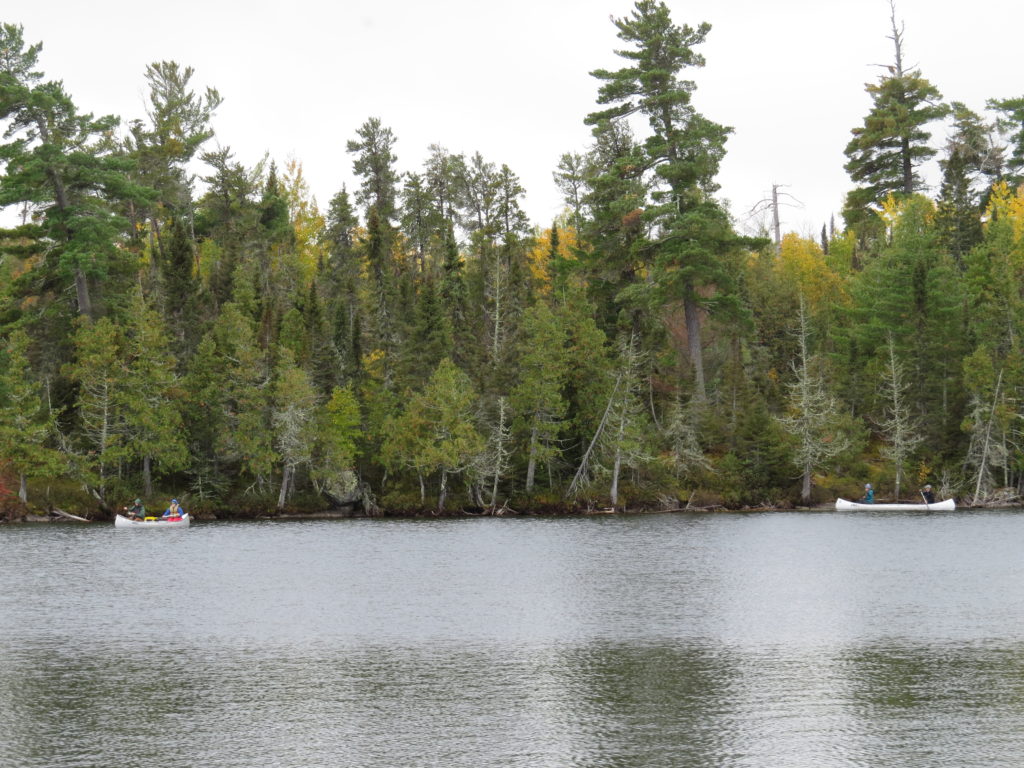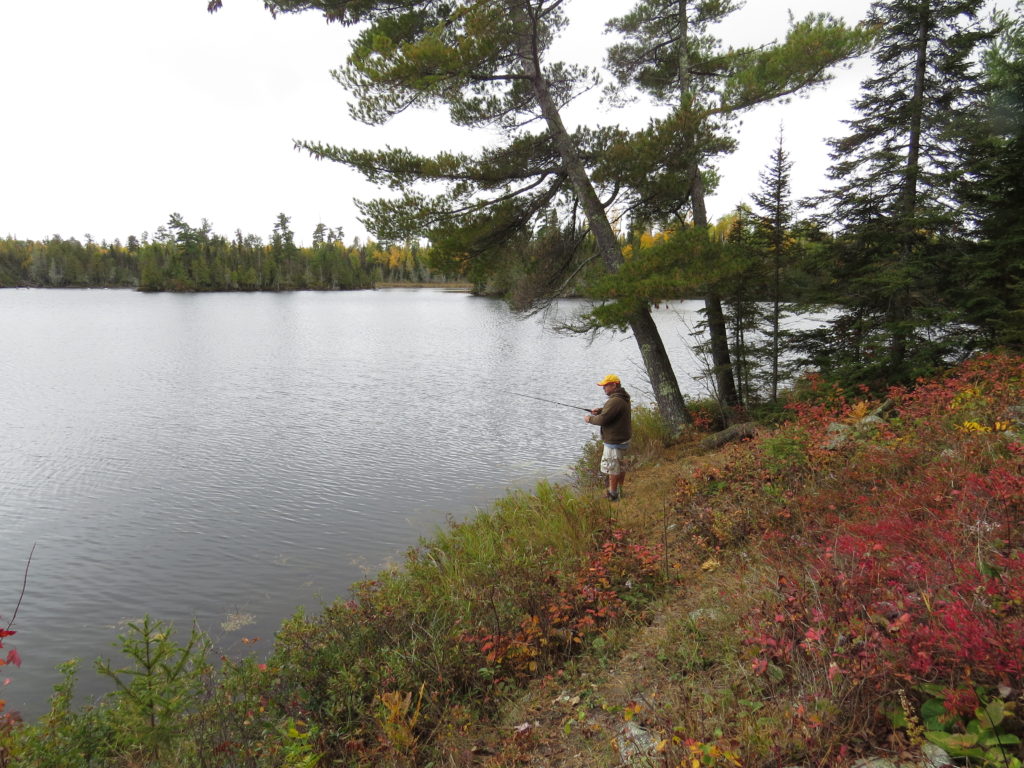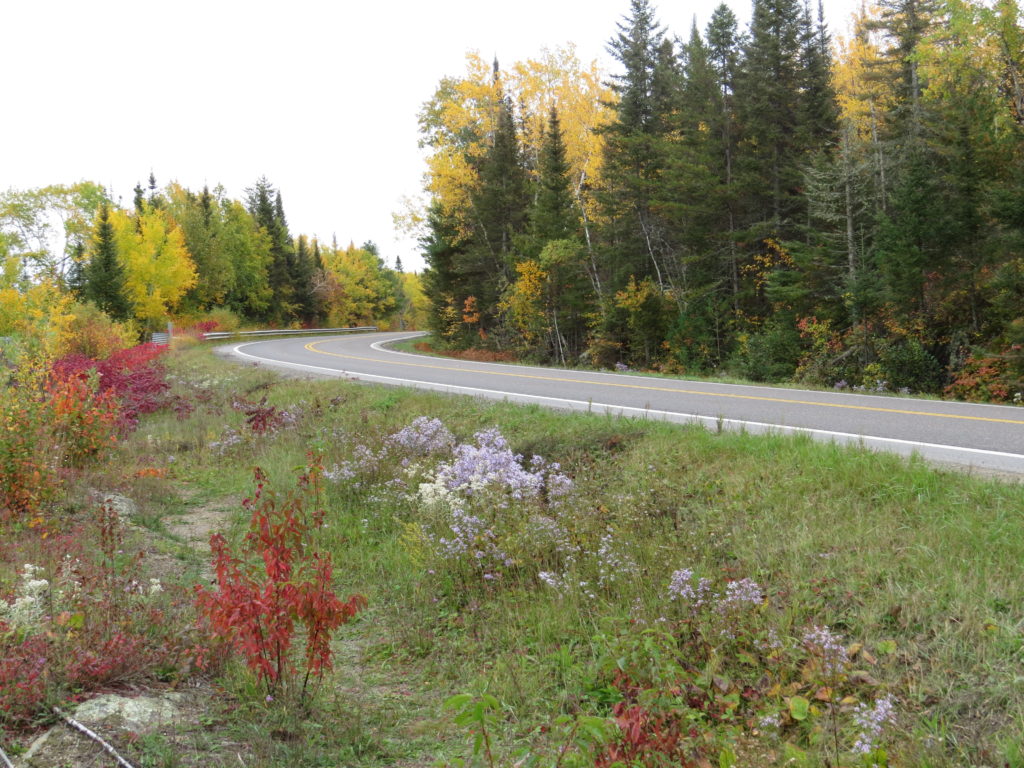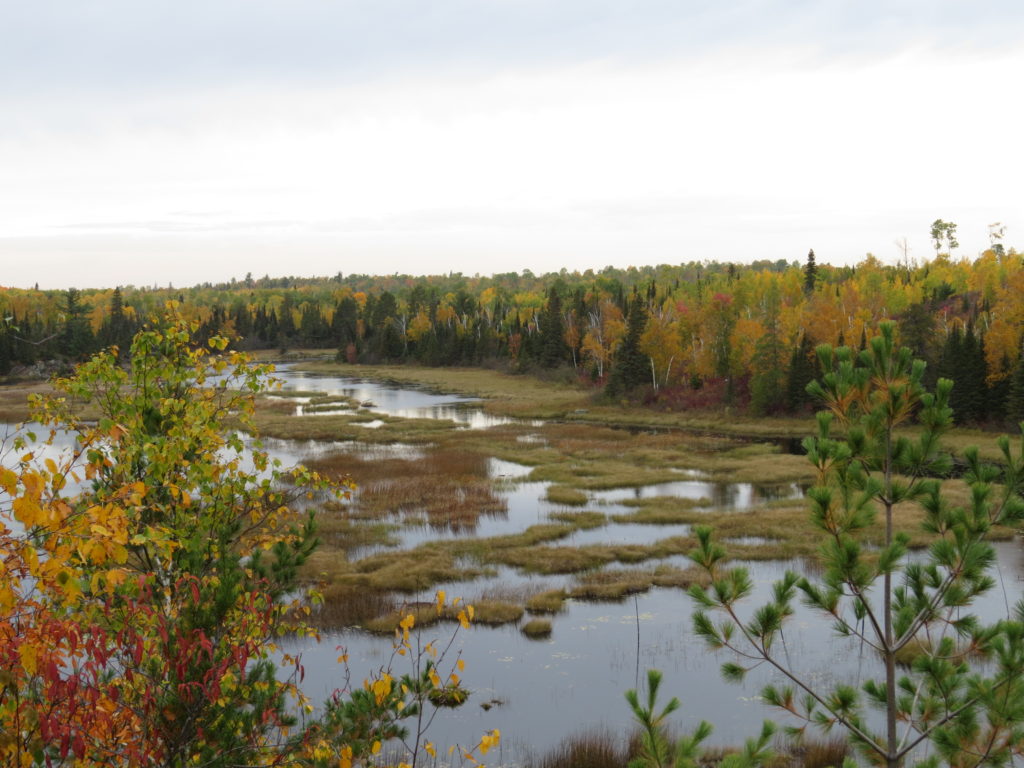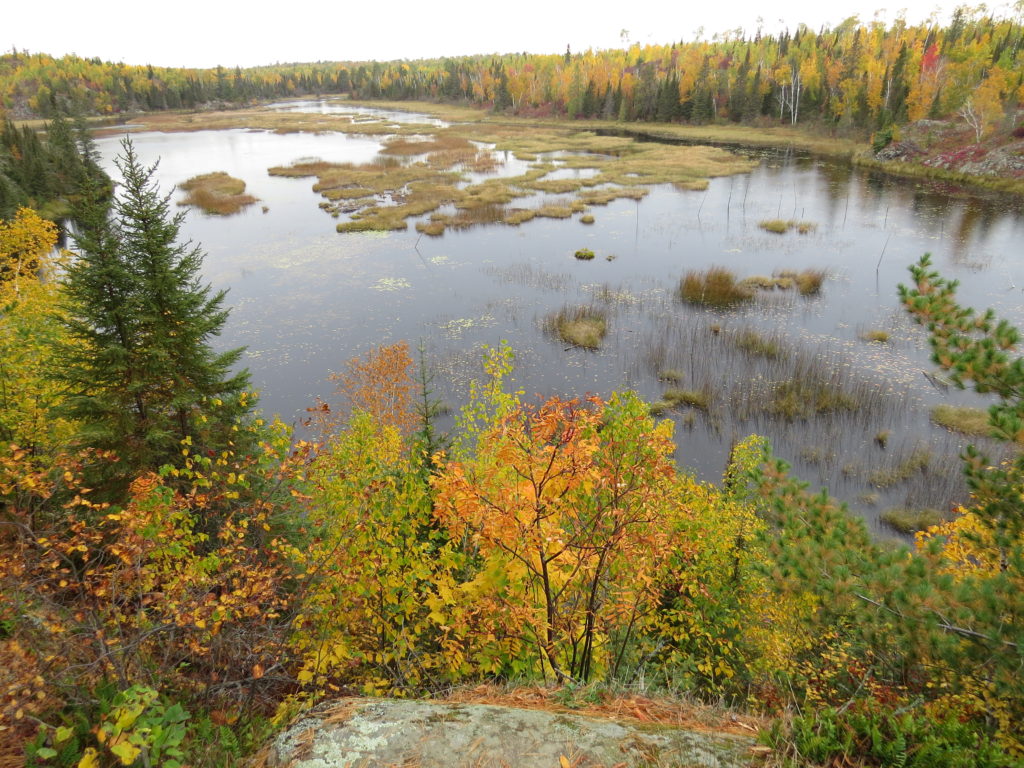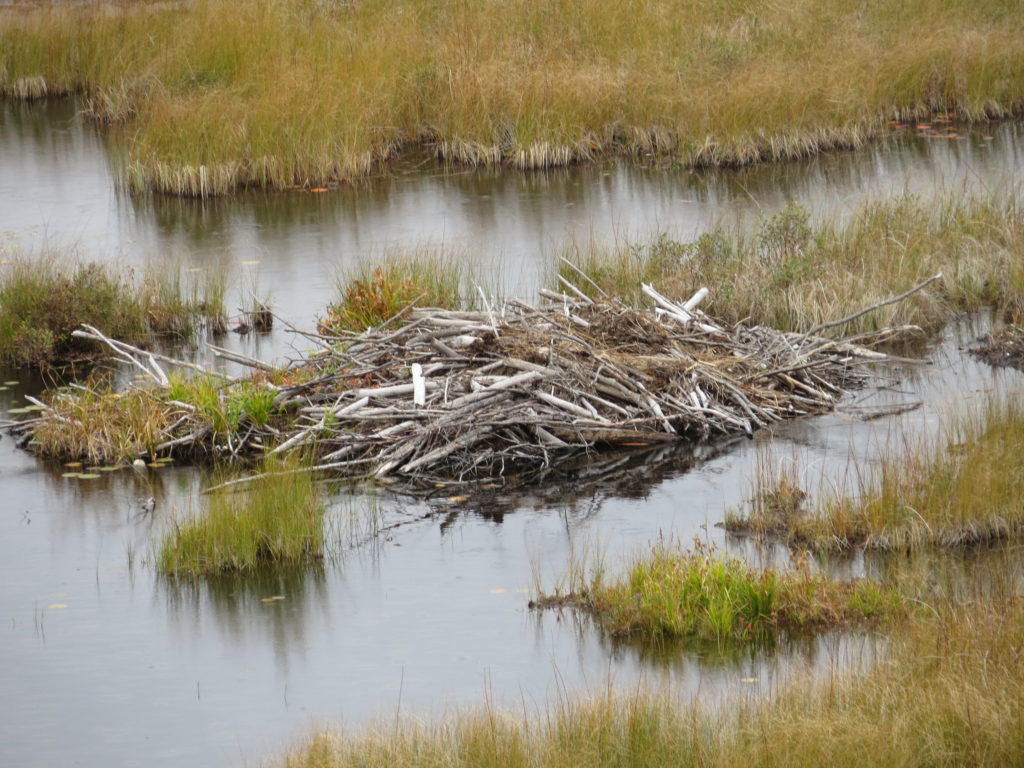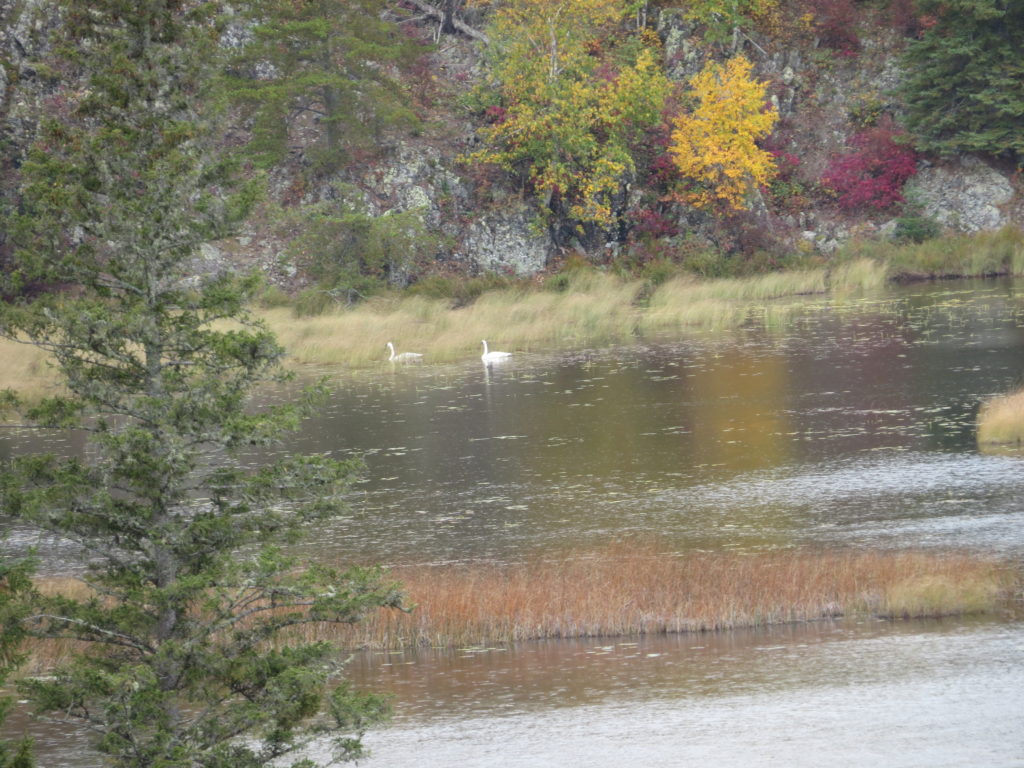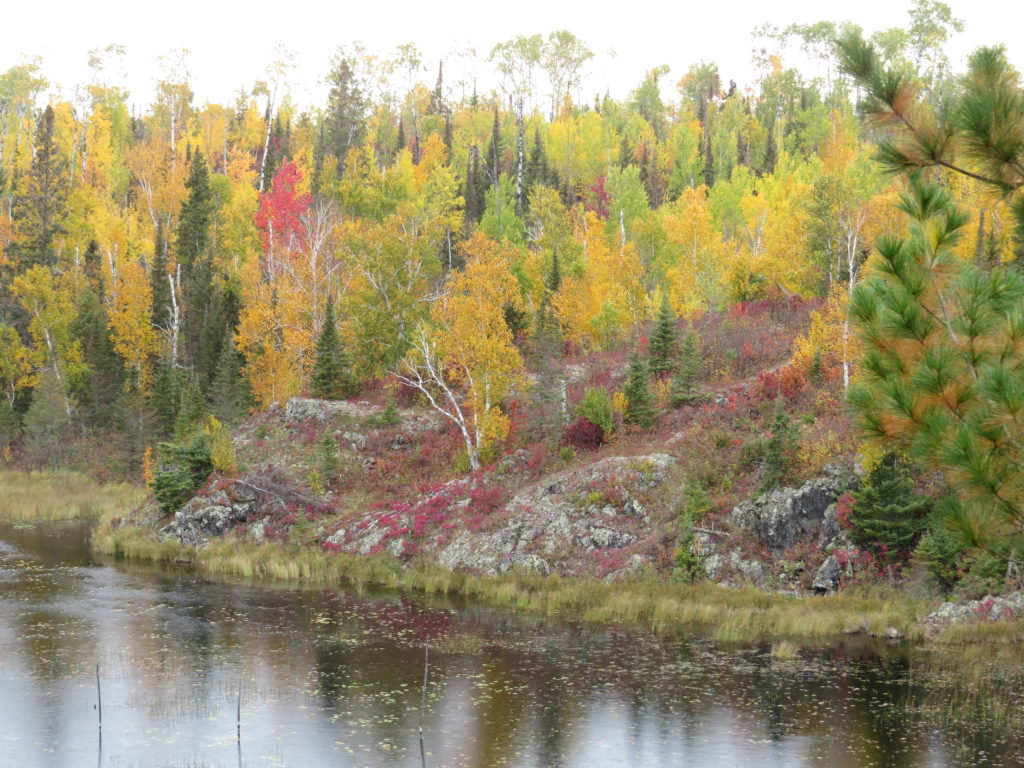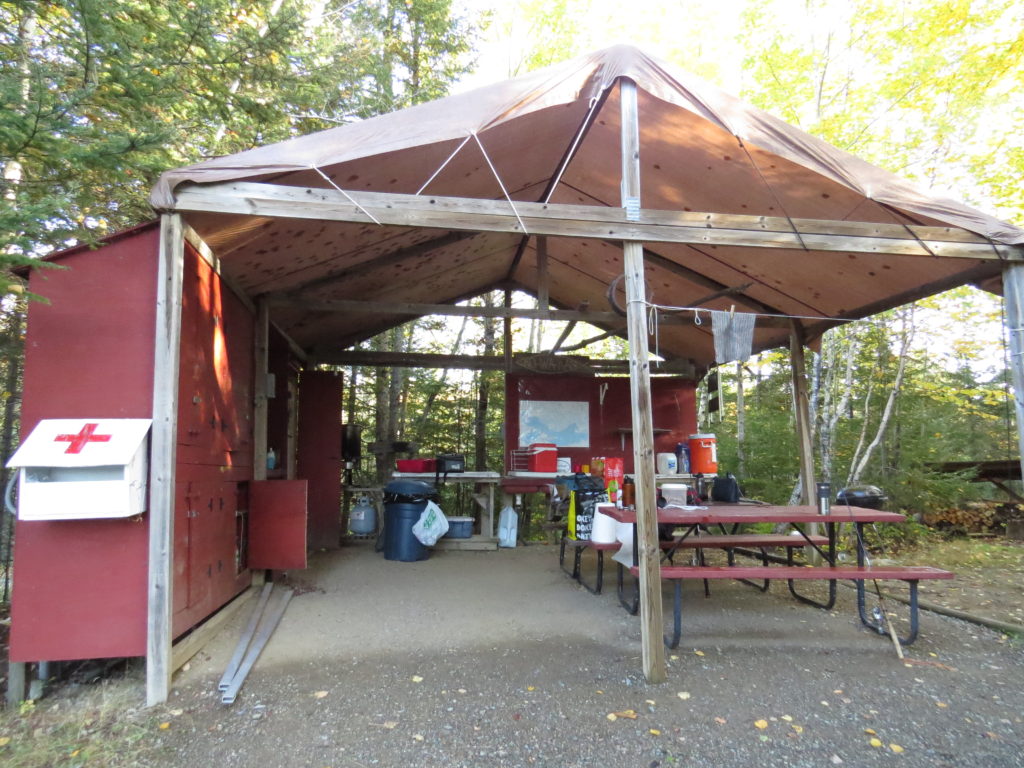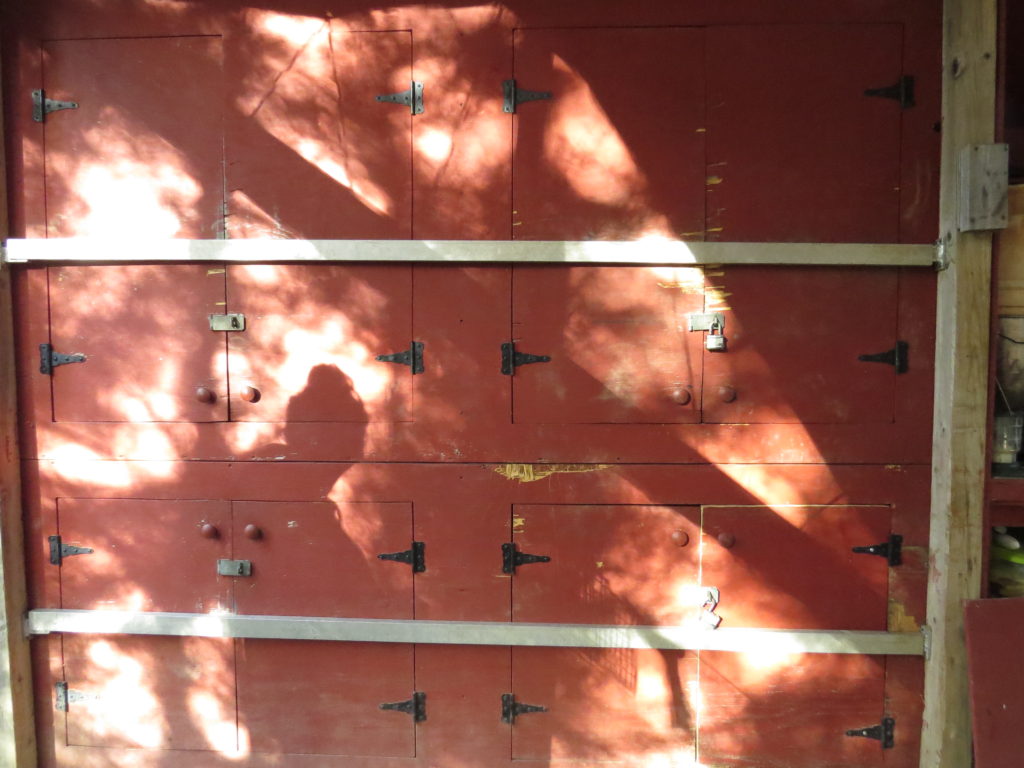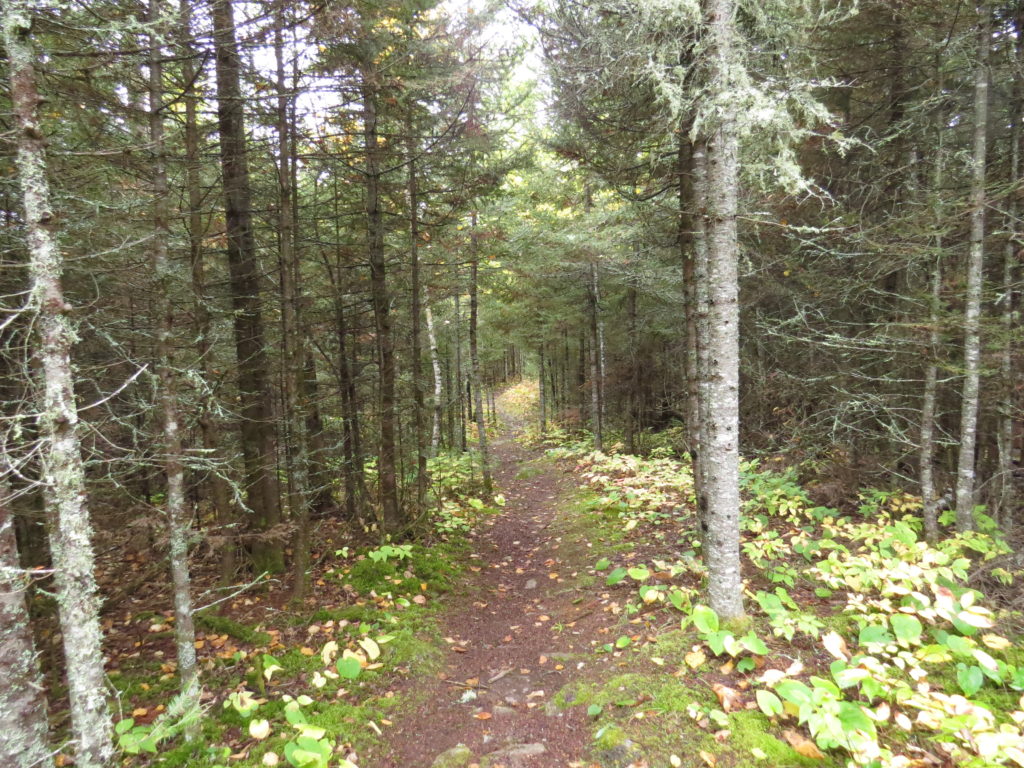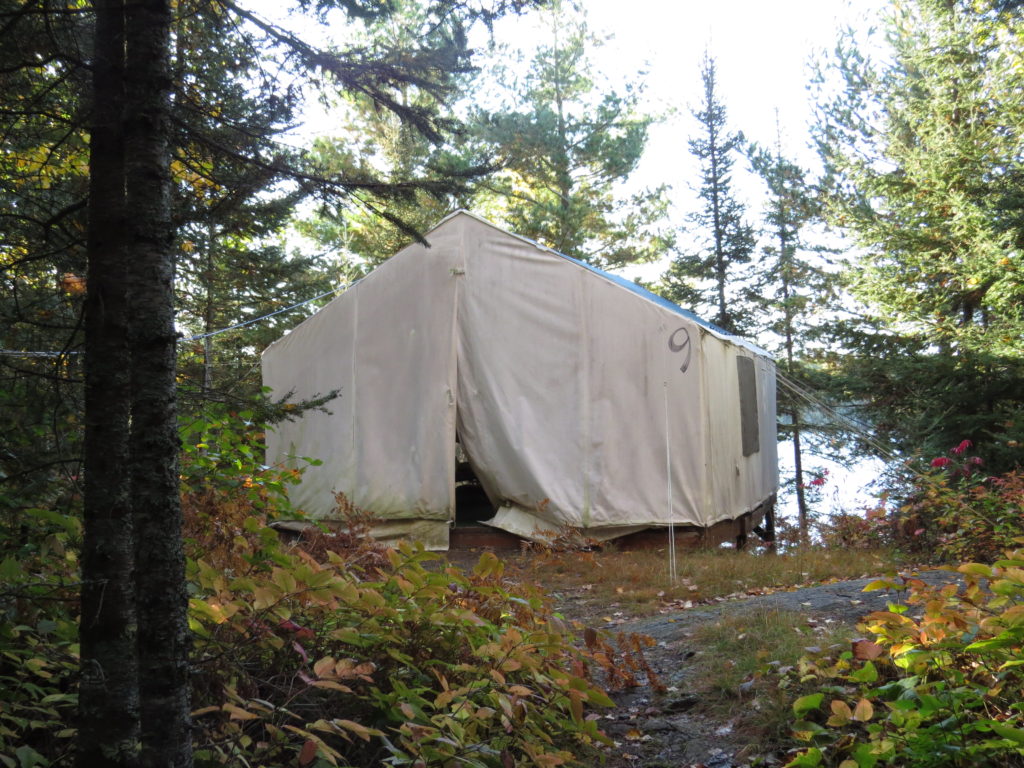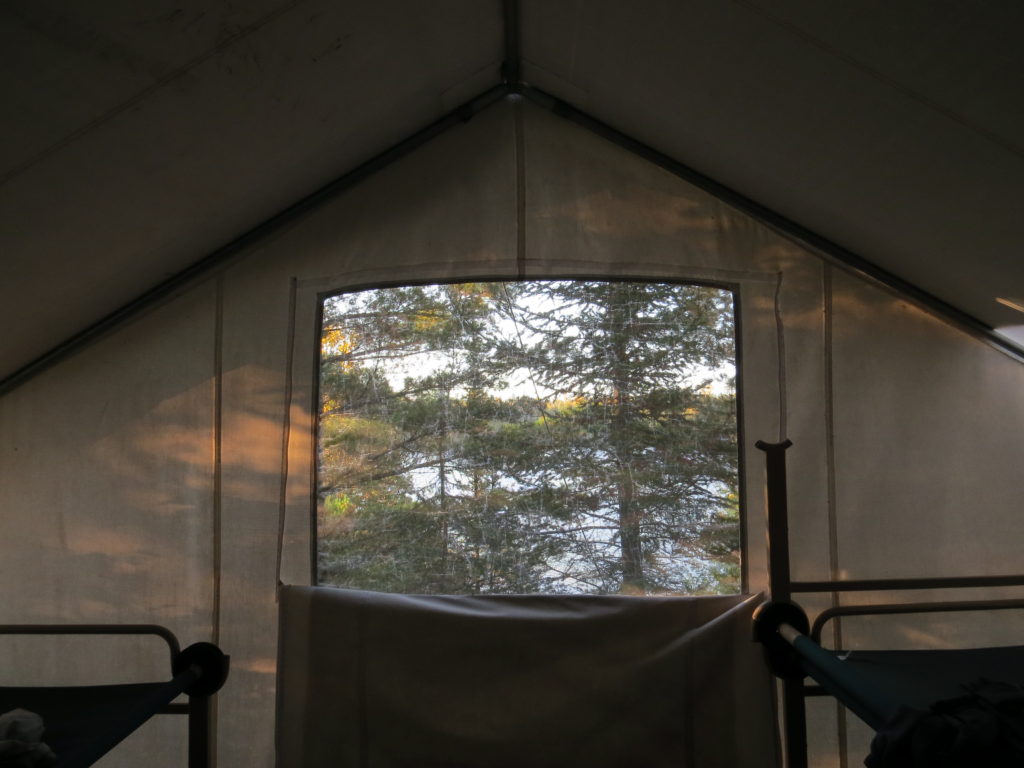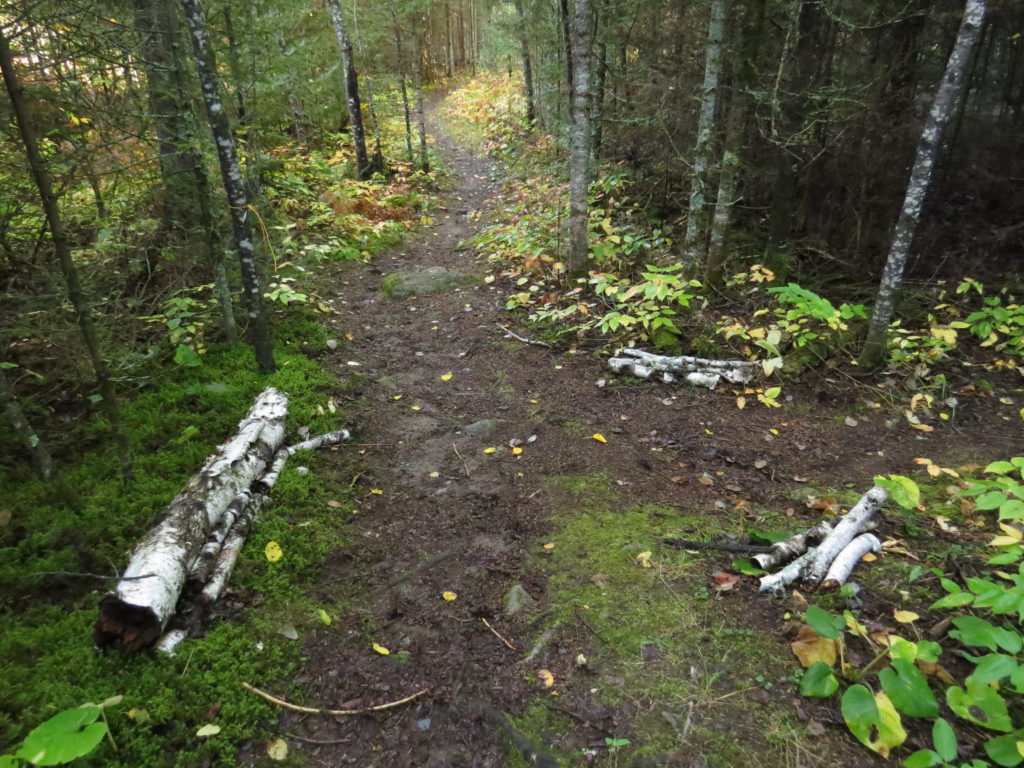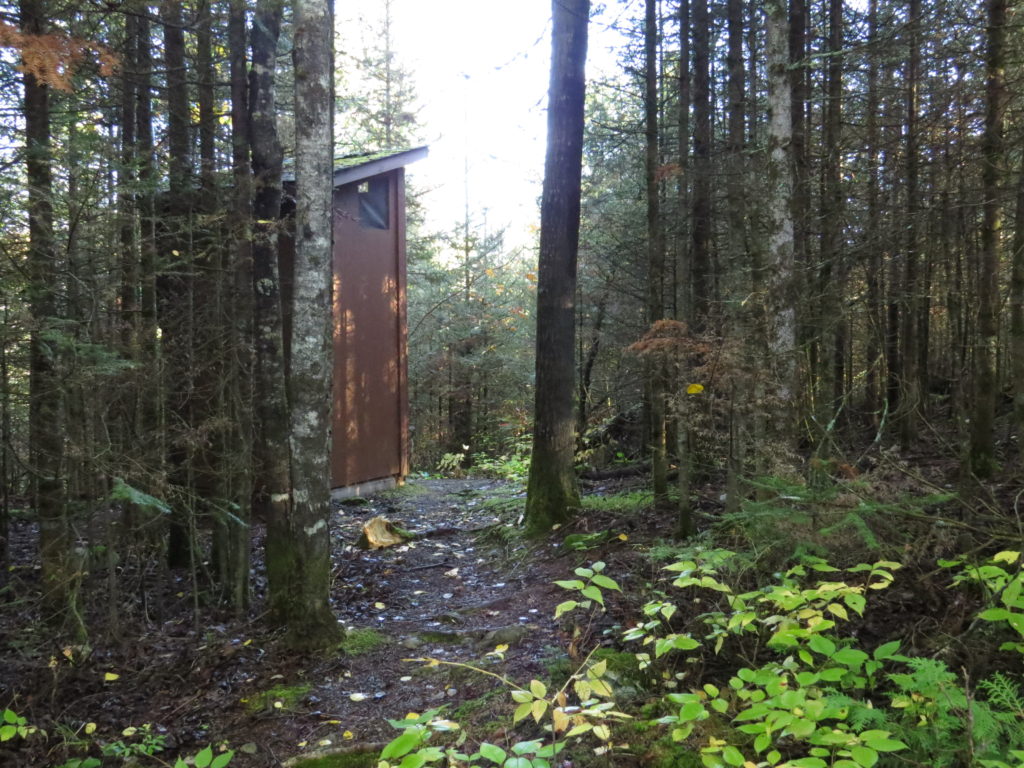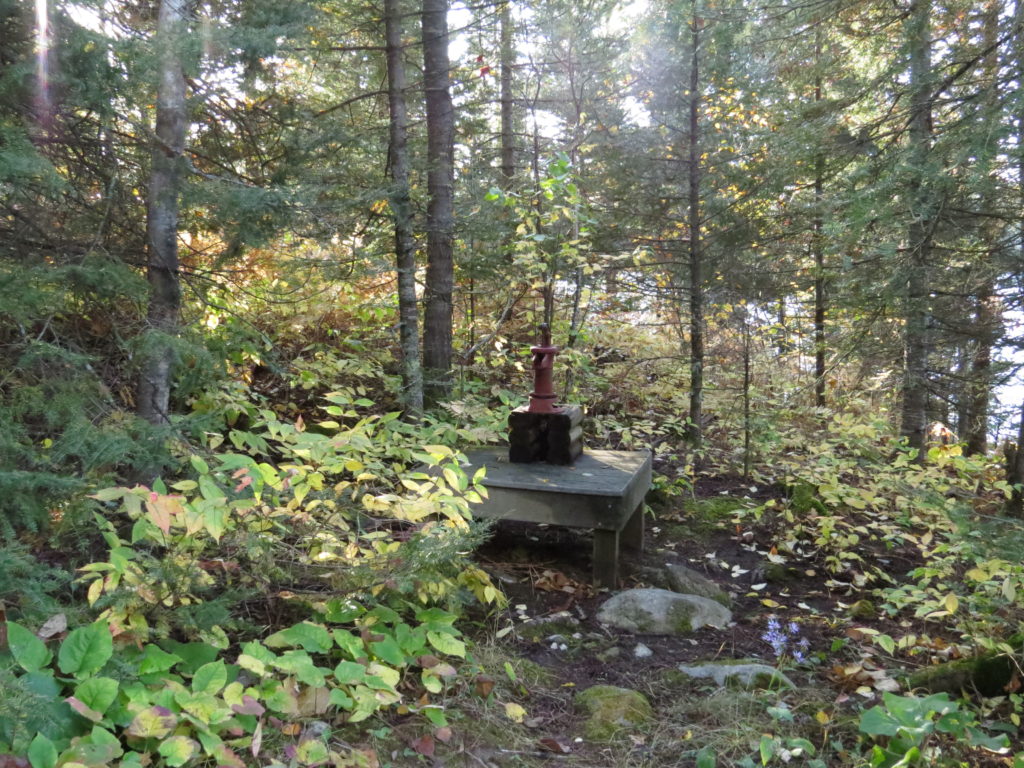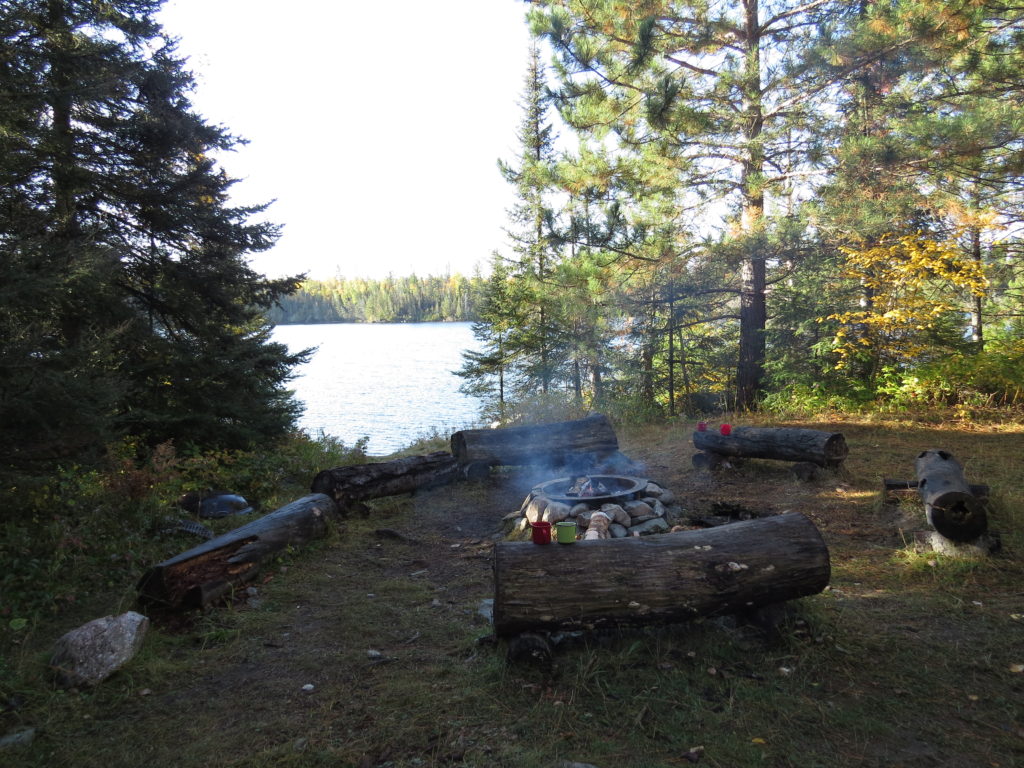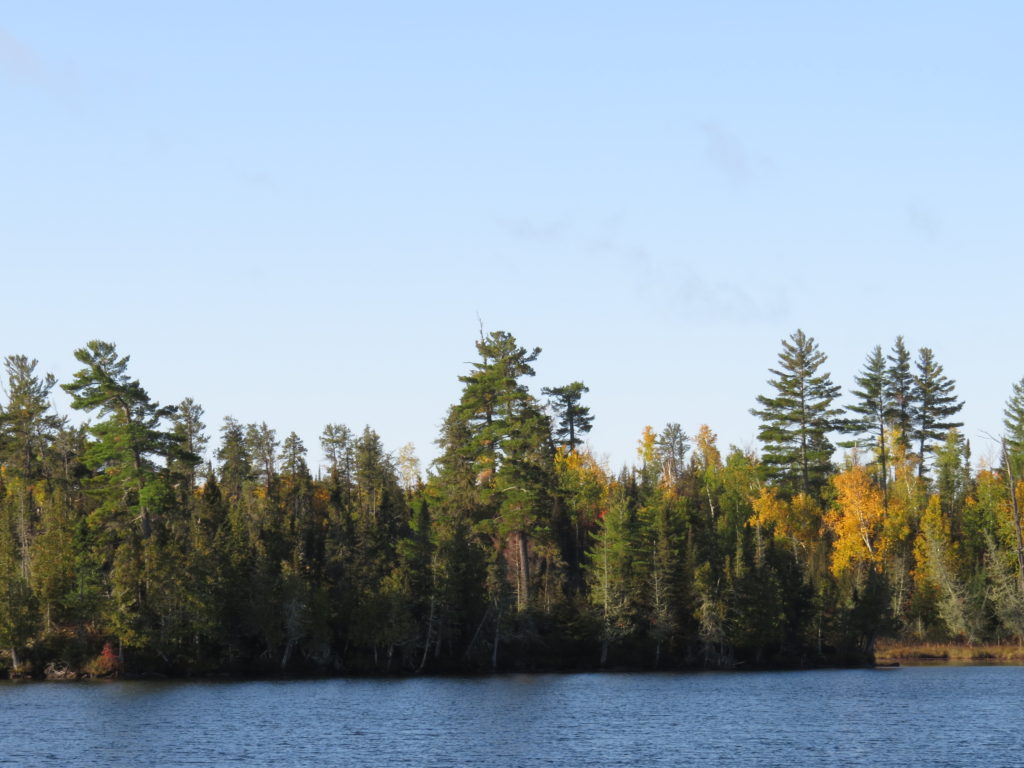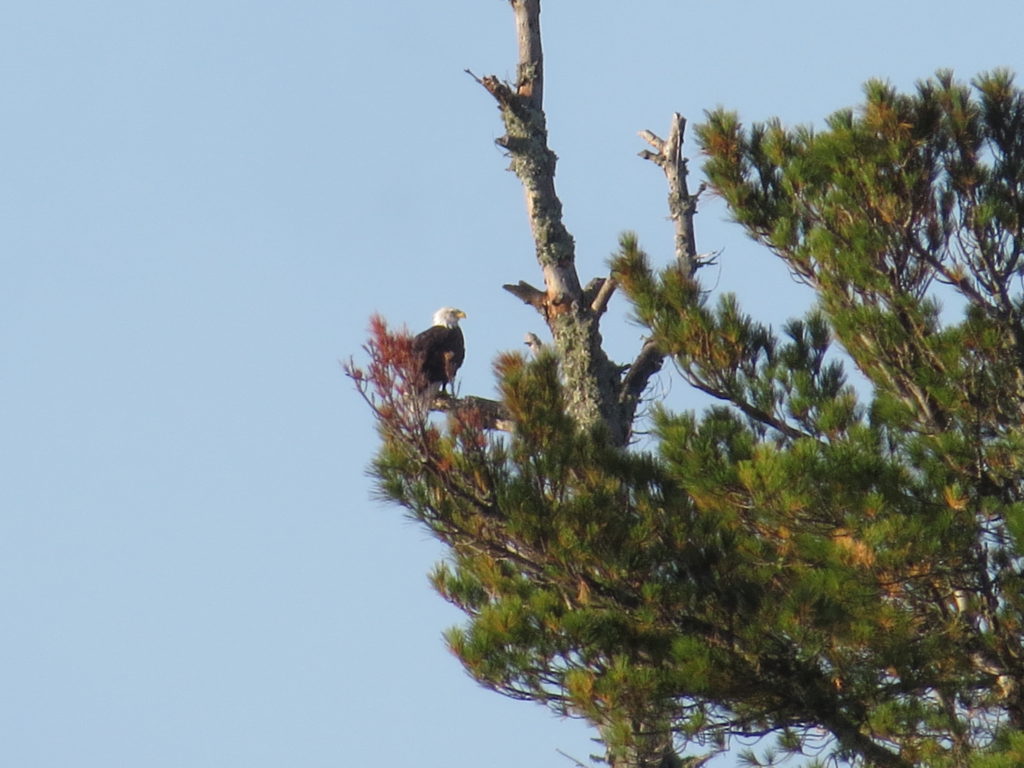We’ve all experienced a flood of emotions—whether anger at an injustice, sadness with the loss of a loved one, shame when something triggers our feelings of unworthiness, or love with the first look at our newborn. This flood of feelings can be overwhelming, sudden and surprising, and many times bringing tears to our eyes. Often the flood is a messy collection of emotions that are not easily teased apart and compartmentalized—it could be anger-sadness-shame-love all rolled into one tsunami. We flail around in the overwhelm, sometimes apologizing for our tears, often wanting to retreat or hide from the defenselessness of our vulnerability, and feeling the need to quickly erect the wall of protection that normally hides those feelings from the rest of the world.
It’s a messy time of year in Minnesota for hiking. There are still ridges of old, packed snow on trails in the trees that are softened and slippery. Other places are muddy with snowmelt and rain and snow again. There are big puddles in places where even ‘waterproof’ boots are challenged. In spite of all of that, we ventured to Mississippi River County Park on Monday. The first thing Chris noticed, even before we got out of the car, was an Eagle circling the area above us. When we got out, we saw two, then three of the graceful gliders! That’s a good start to a hike!
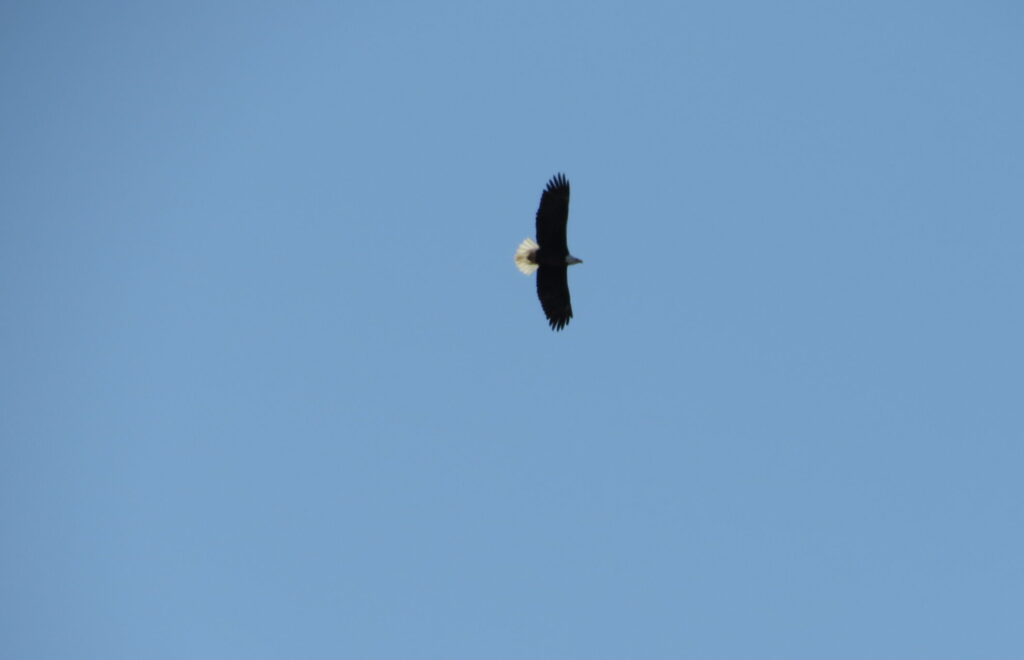

As we crested the hill that plunges down towards the River, we immediately saw we would not be hiking our usual route—the whole woods below us was flooded!
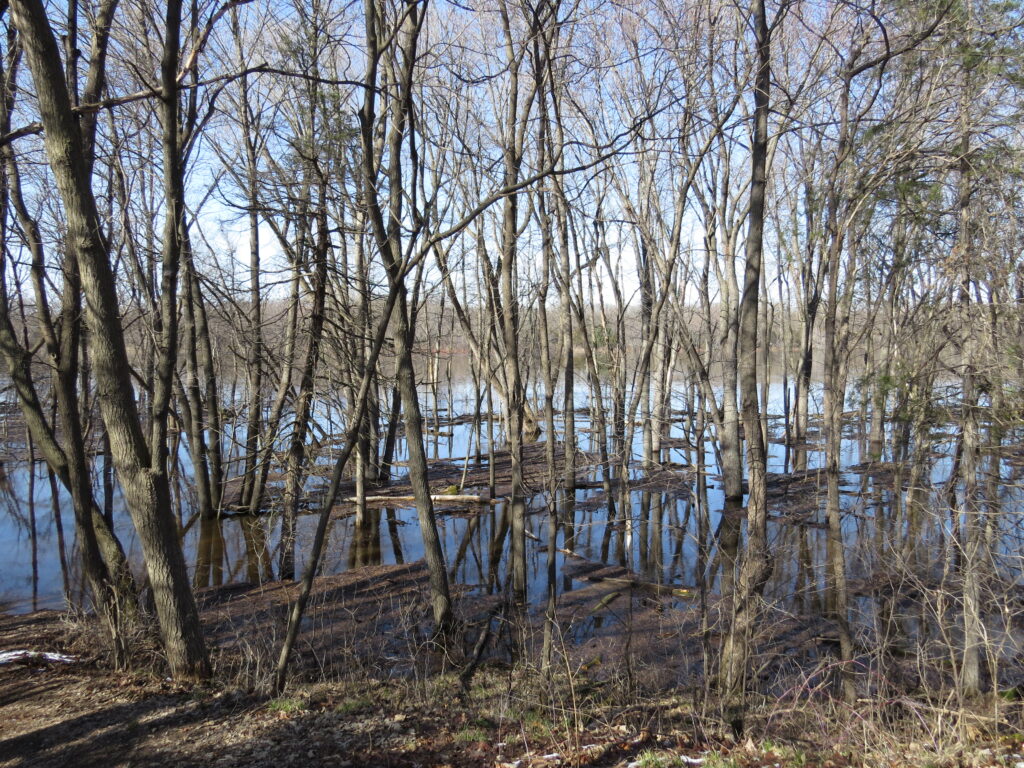
The riverside trail was the River now. The banks were overwhelmed, overtaken by the high and mighty waters that had gathered from the snow and ice that had quickly dissipated to liquid form in the previous unseasonably warm week. No slowing down the melt; no slowing down the water.

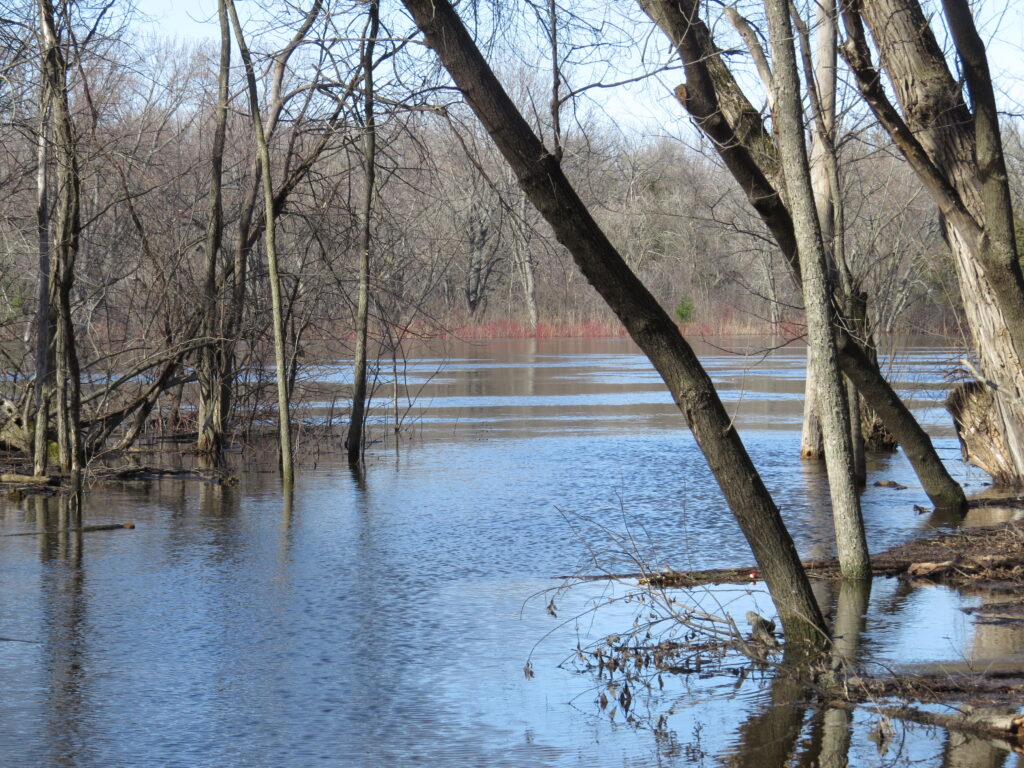
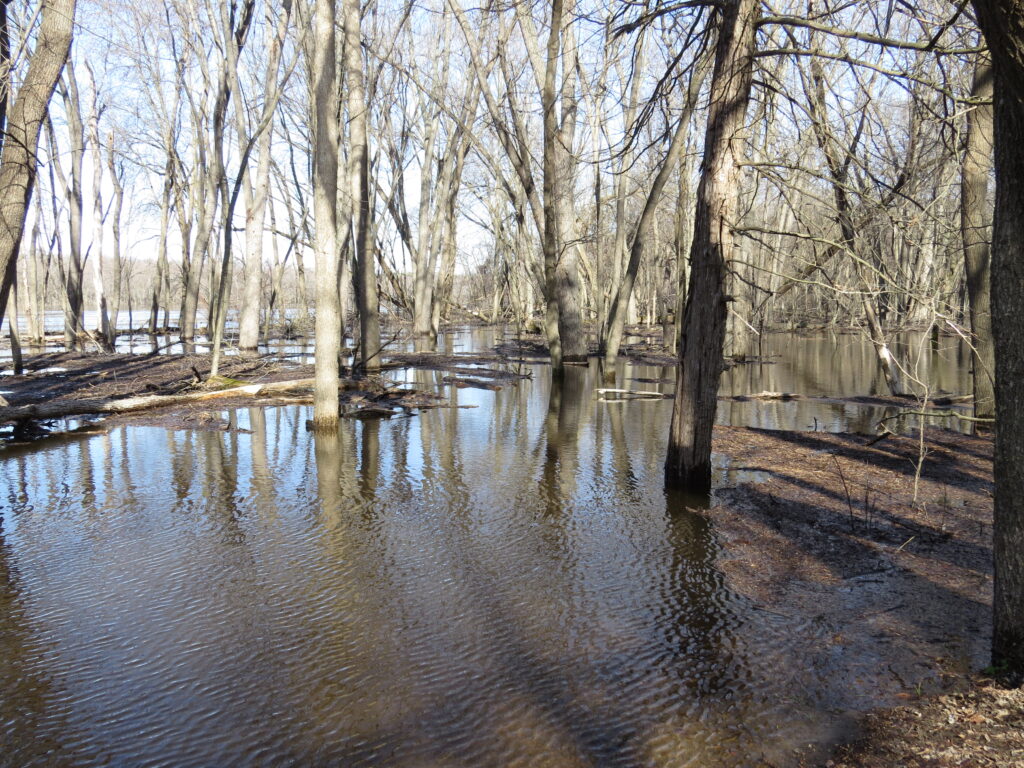
We walked back up the hill, along the bluff ridge, to the blocked-off road that goes to the boat launch. The road had been built up enough to be dry, though there was evidence the water had surged over it sometime before we were there. The woods seemed unrecognizable in the swamp of water. A twisty tree looked like a sea serpent rising from the swale.
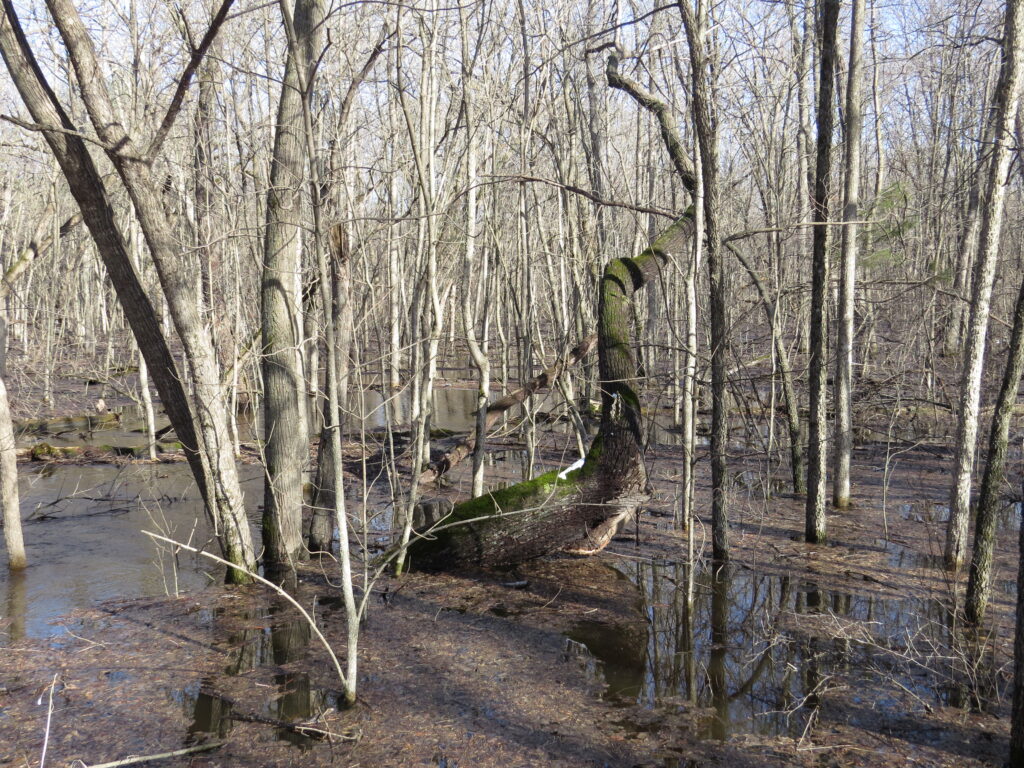
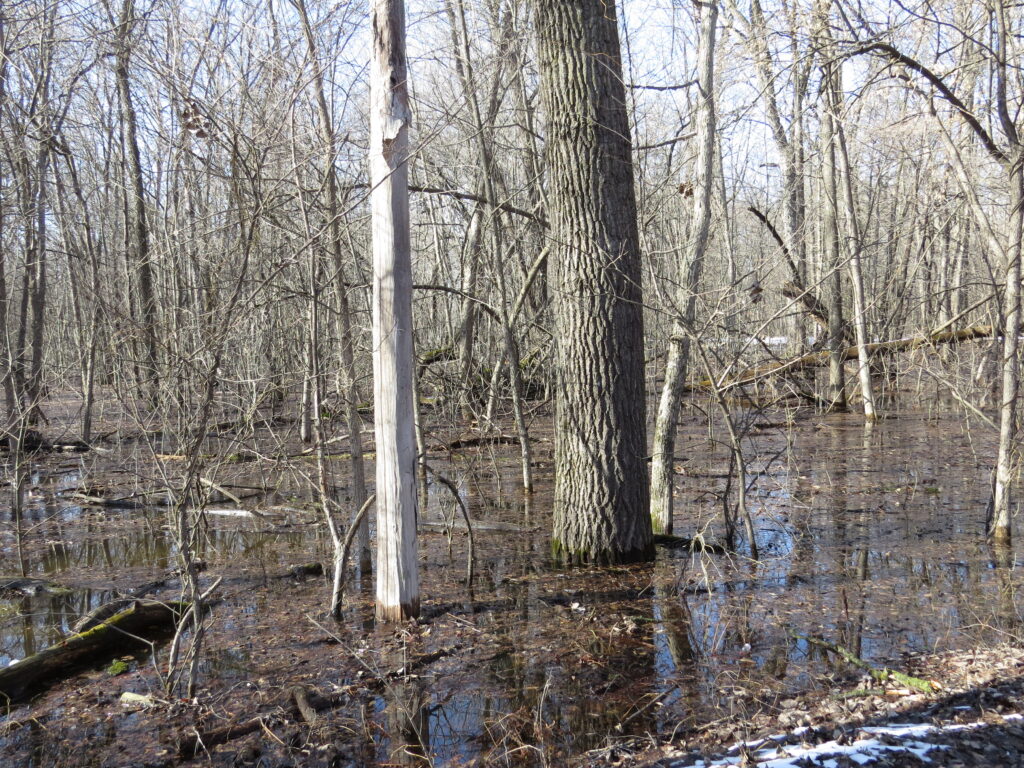
The leaf litter and debris that floated to the top of the floodwater shone in the evening sun and looked like snow that still clung to the higher ground.
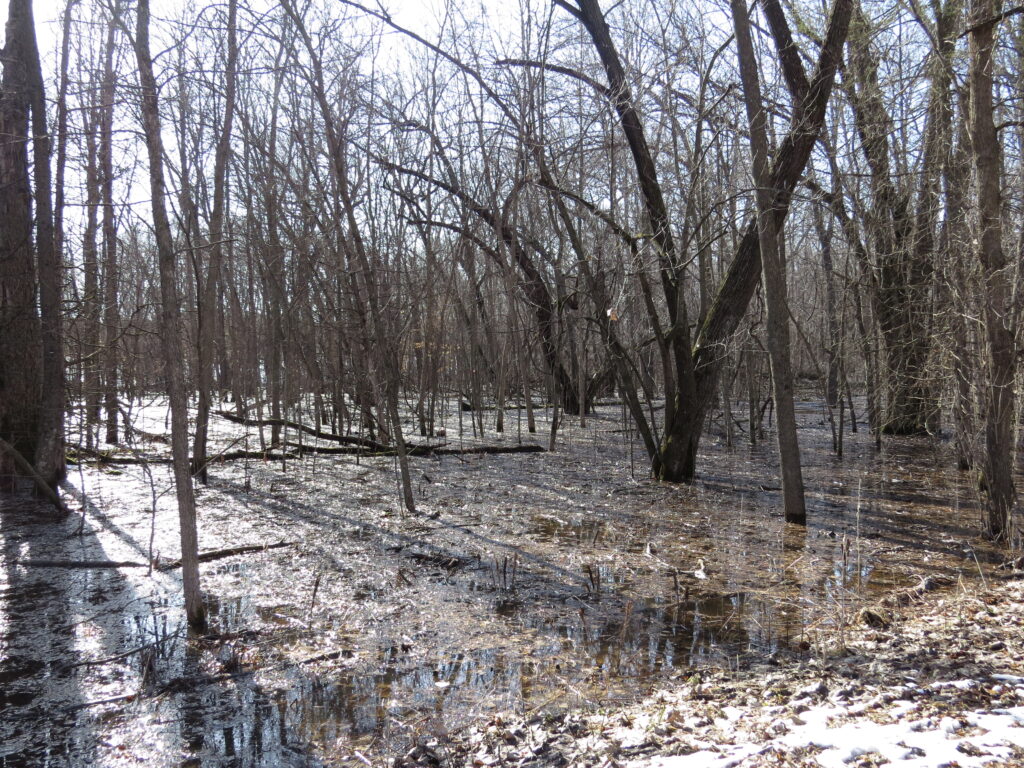
A little chipmunk scurried around the base of a big Cottonwood tree. He seemed to be more worried about staying on high ground than about us walking by him. I wondered how many little critters had been displaced with the flood waters.
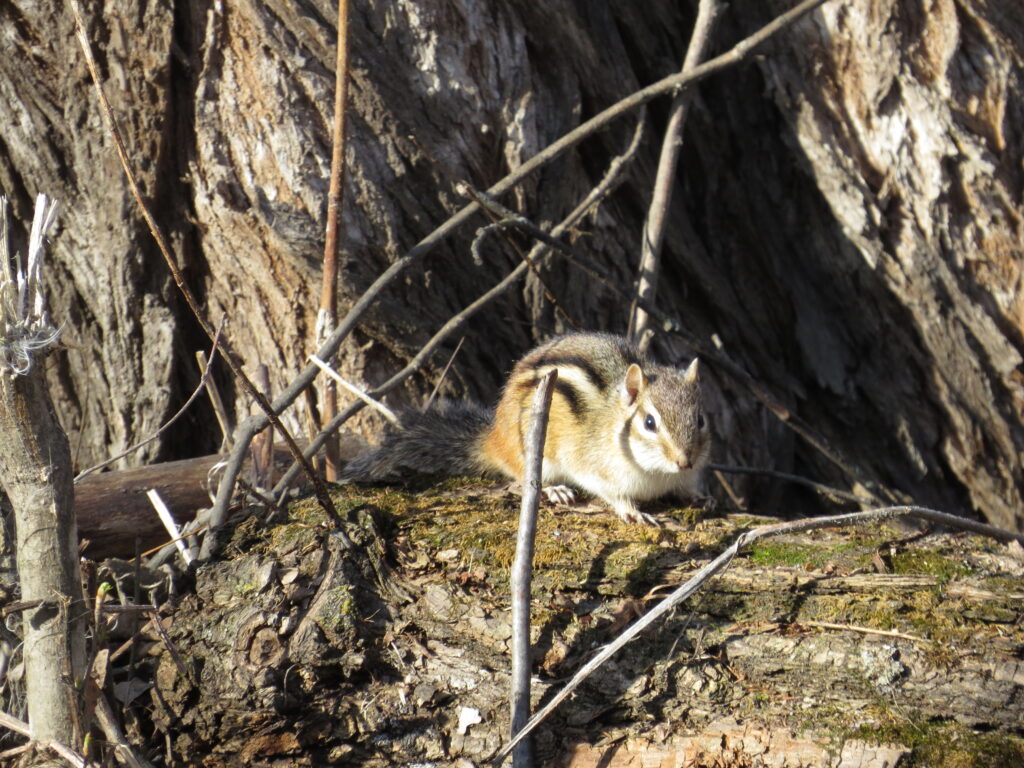
On either side of the road was water—debris-shining, reflecting, still, rippling, engulfing, submerging.
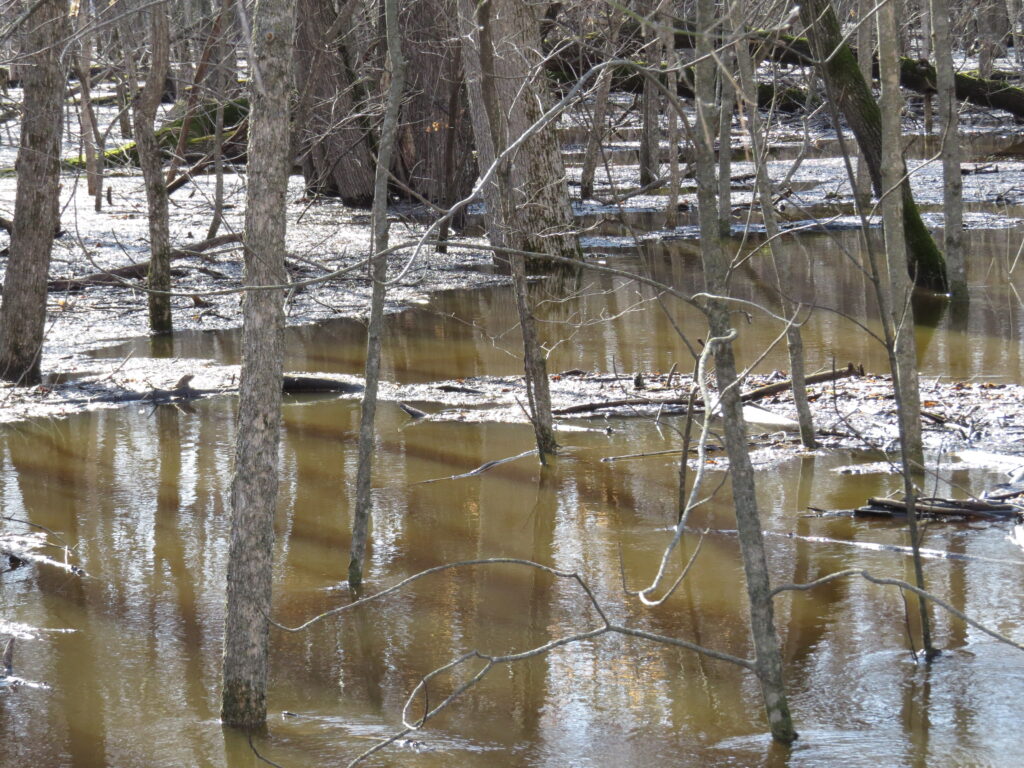
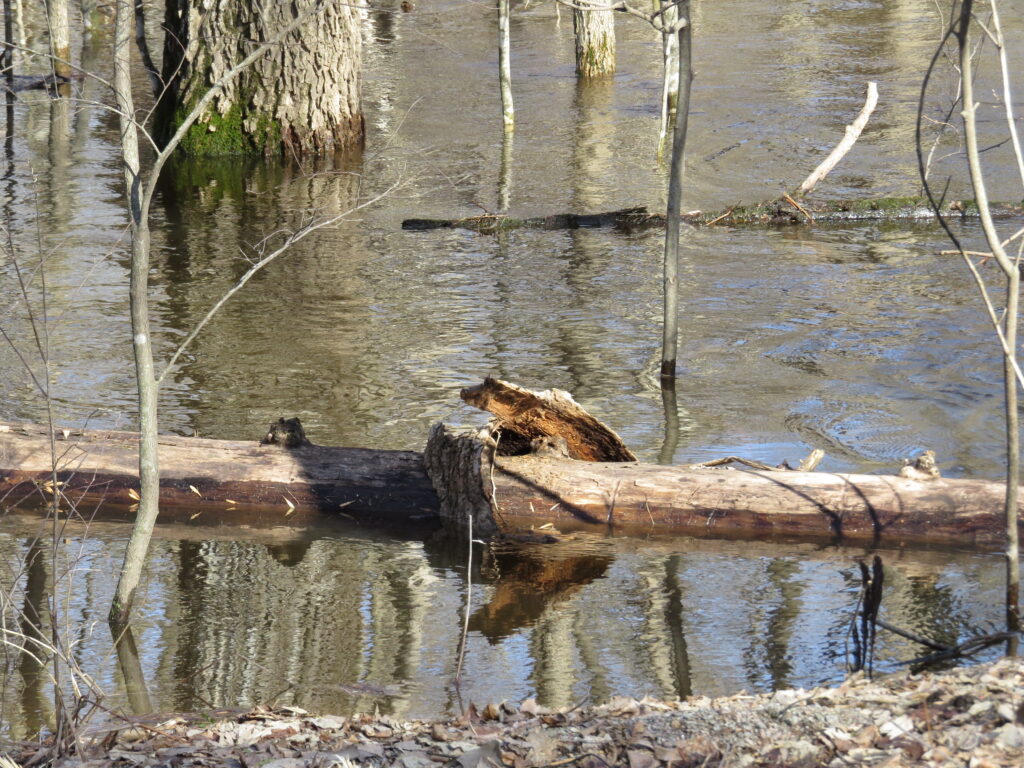
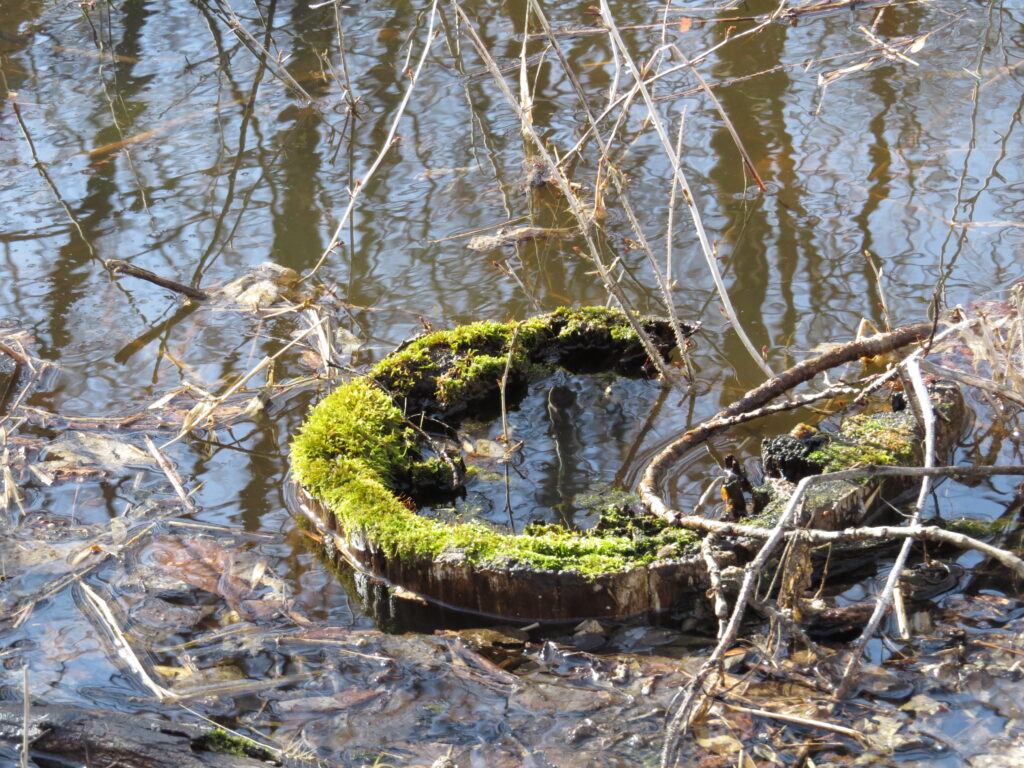
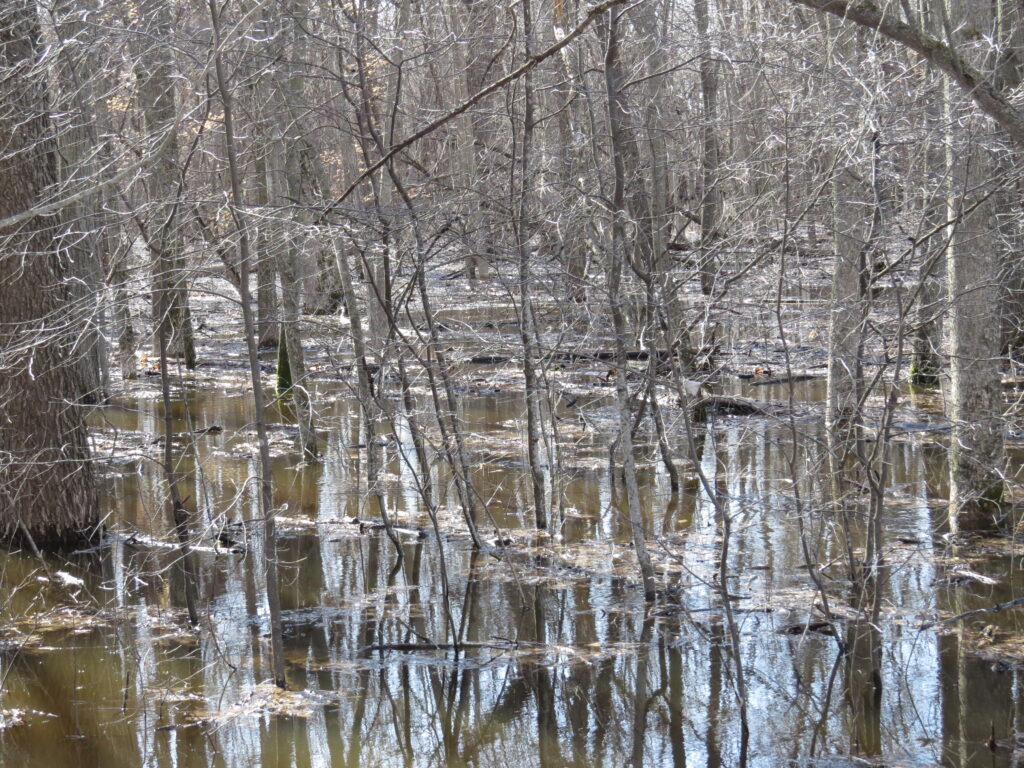
A green-moss-log-gator loomed from the swamp water.
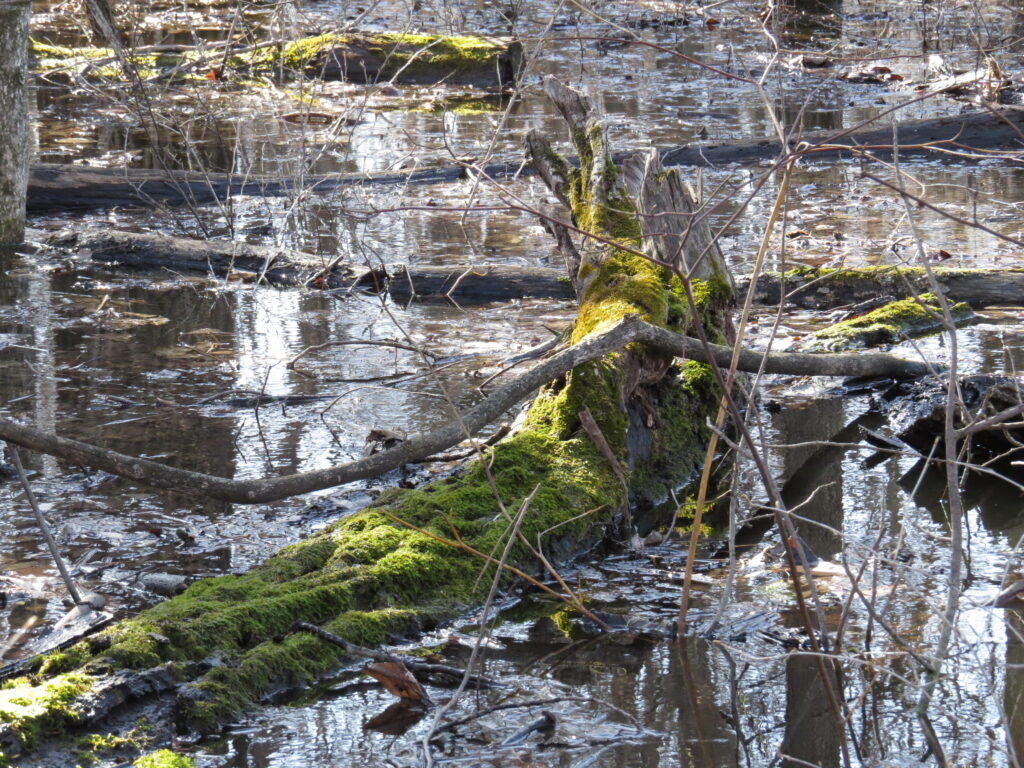
The boat launch was filled to the parking lot, the usual ‘banks’ covered, the new banks only defined by how high the ground was at any given spot. The River was making and taking its own boundaries.
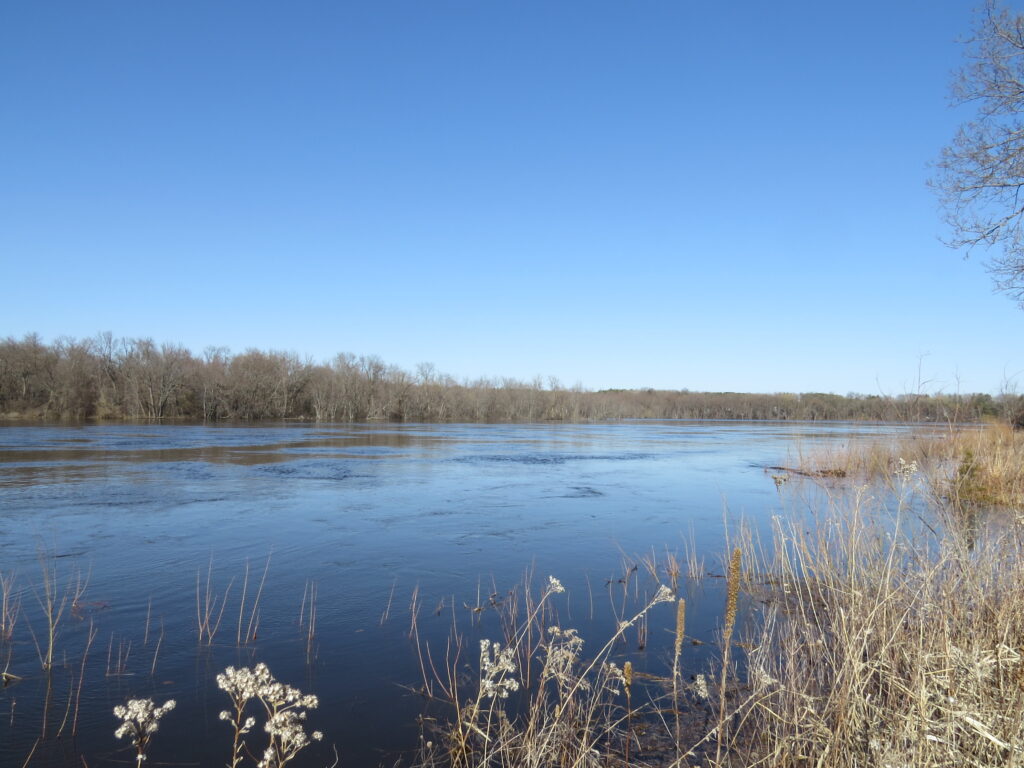
We heard the chatter of geese across the River. Some strong, brave souls were swimming upstream against the current. One pair flew upriver close to the water. Perhaps this is their ‘spring training.’ But then as we walked on, we noticed some geese rapidly flowing downstream with the swift current, like the ultimate waterpark slide! Was it the same ones who had just navigated against the current? They ‘let go’ of their striving and rode the rapids, turning and twirling like a kid on a saucer sled barreling down a steep, snowy hill. Do you suppose they do this for fun?
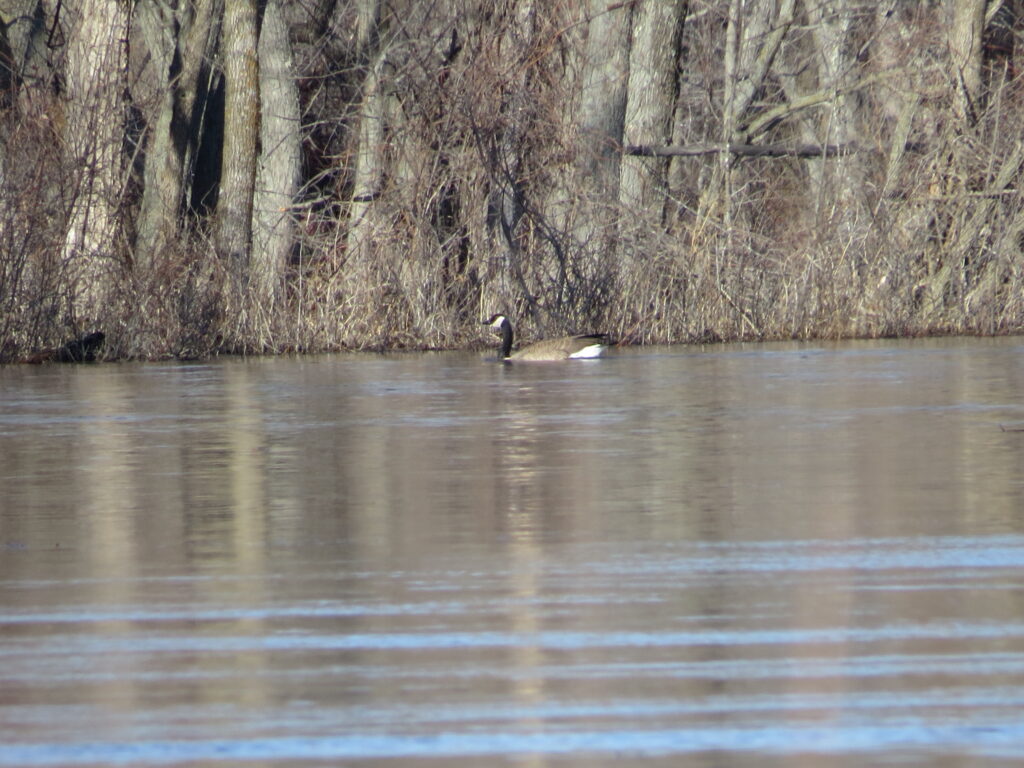
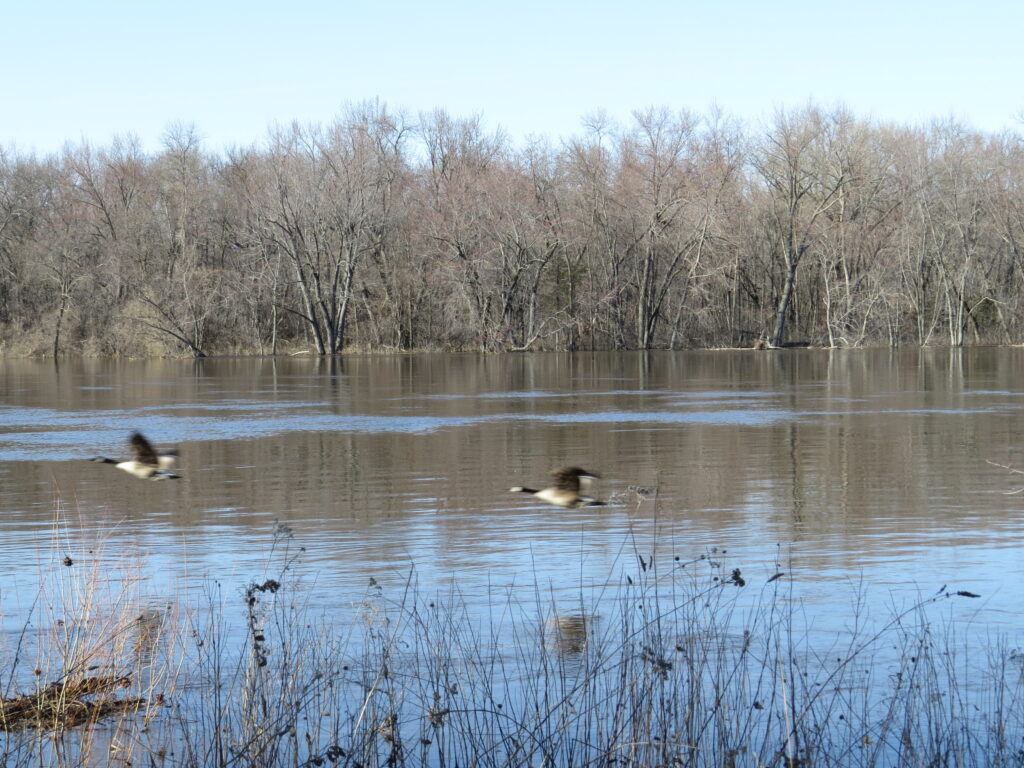
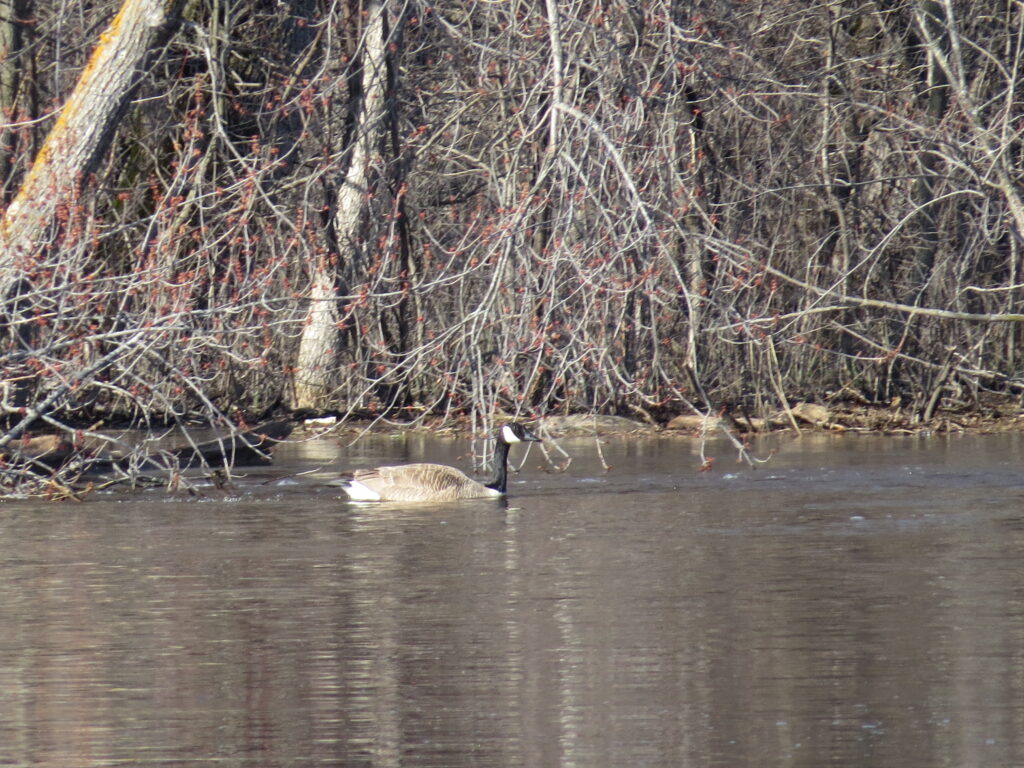
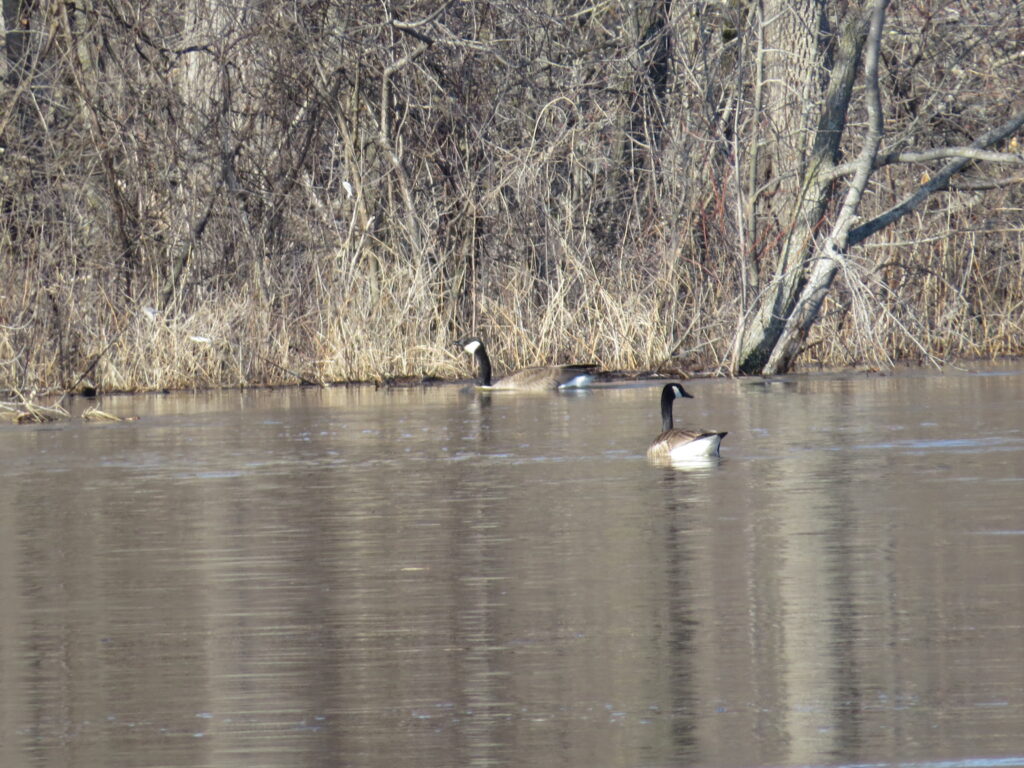
One pair rested on a log that had become driftwood in the flood waters.
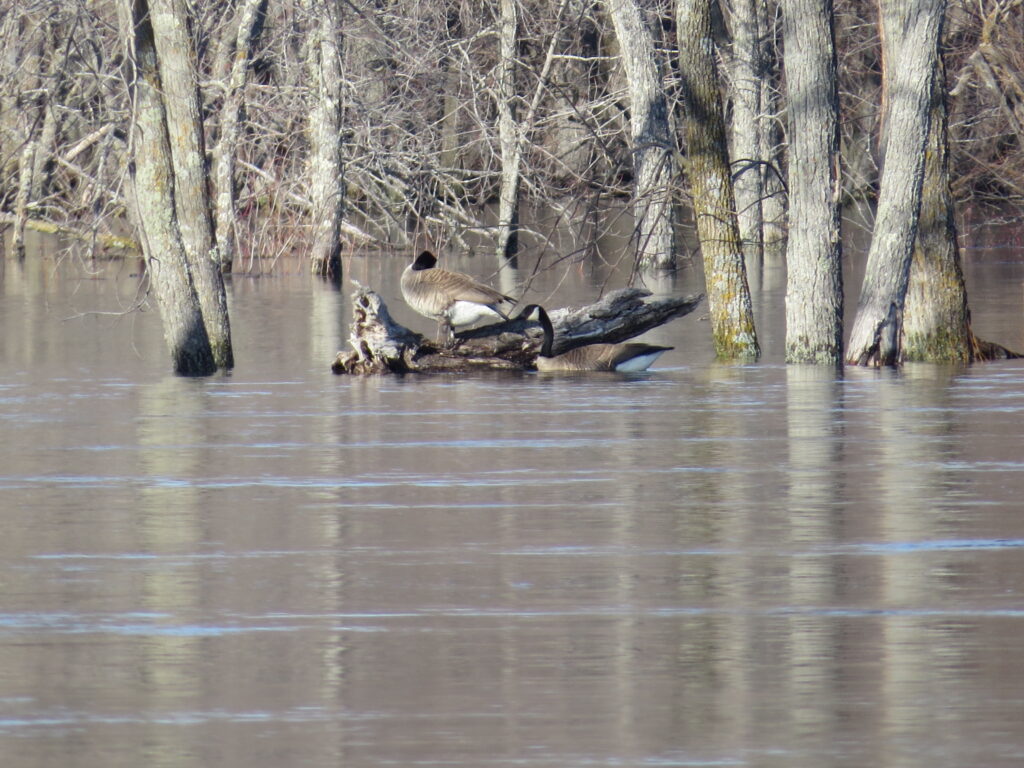
We were able to walk a short distance along the river trail until the water once again overtook the lower land. A raft of ducks bobbed about on a quieter part of the River.
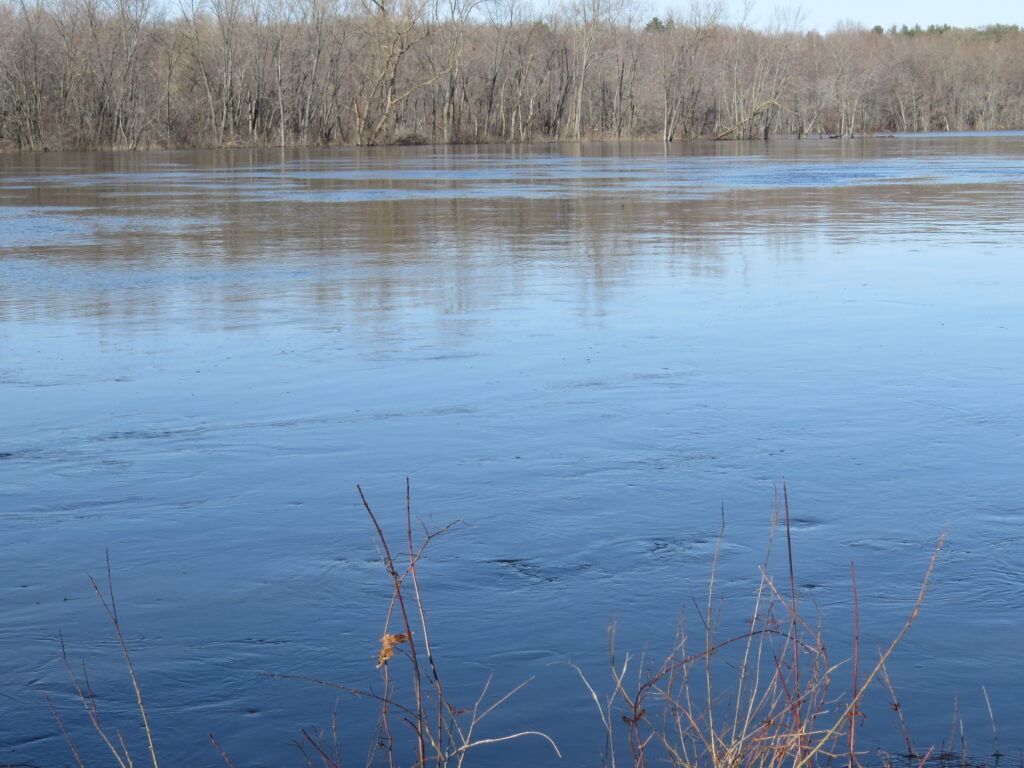
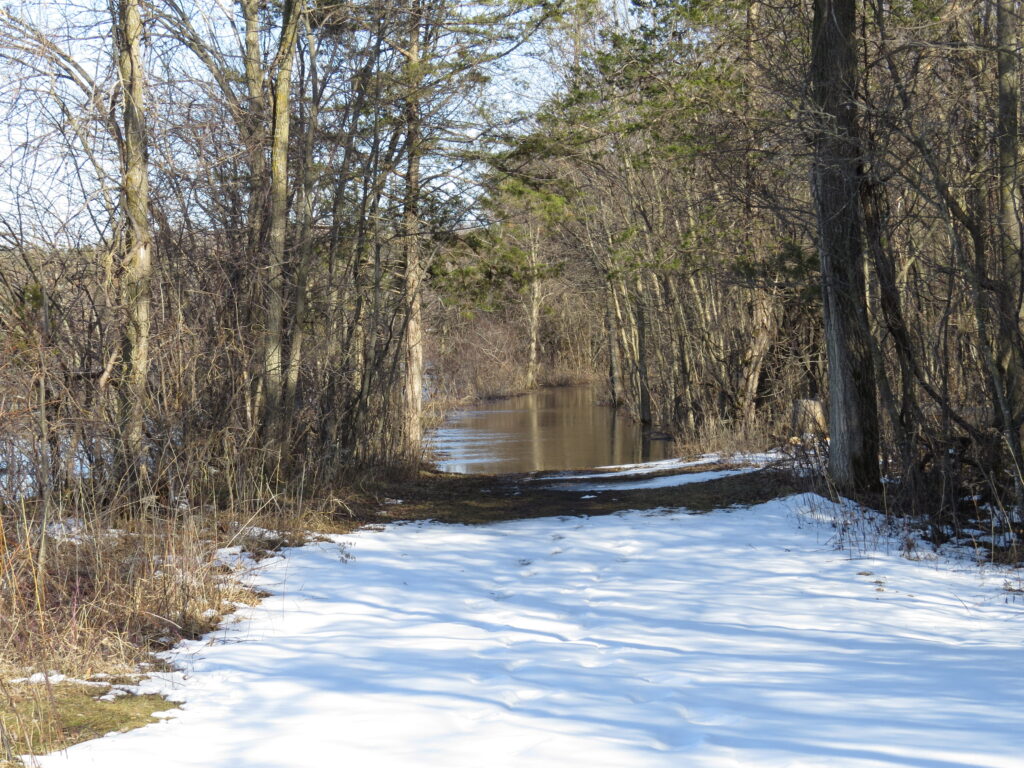
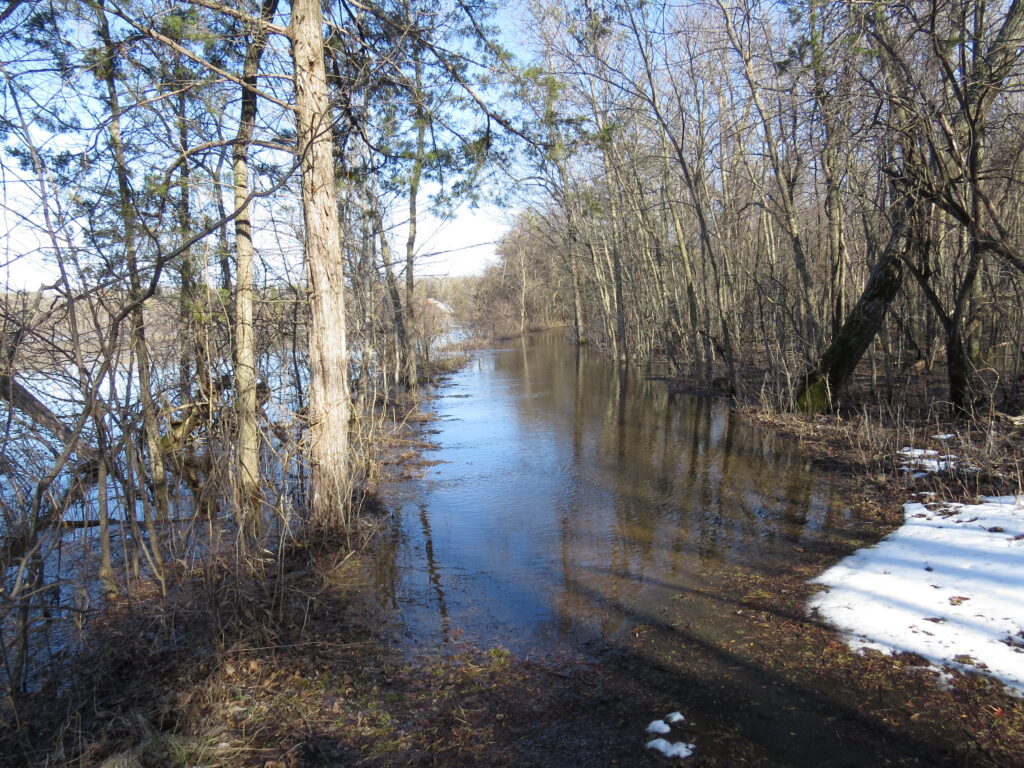
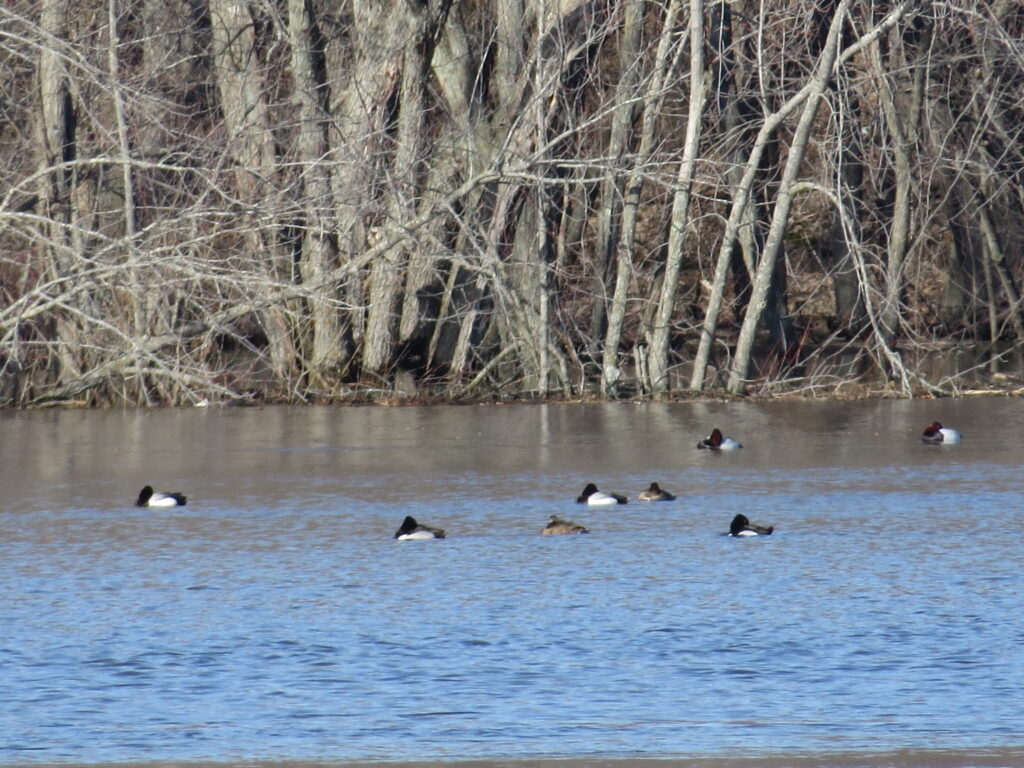
We headed for higher ground to finish our hike. Bright green moss glowed in the sunlight, brightening the still-gray woods. And despite the snow, it was sending up bloom stalks, shaking off the dormancy of Winter.
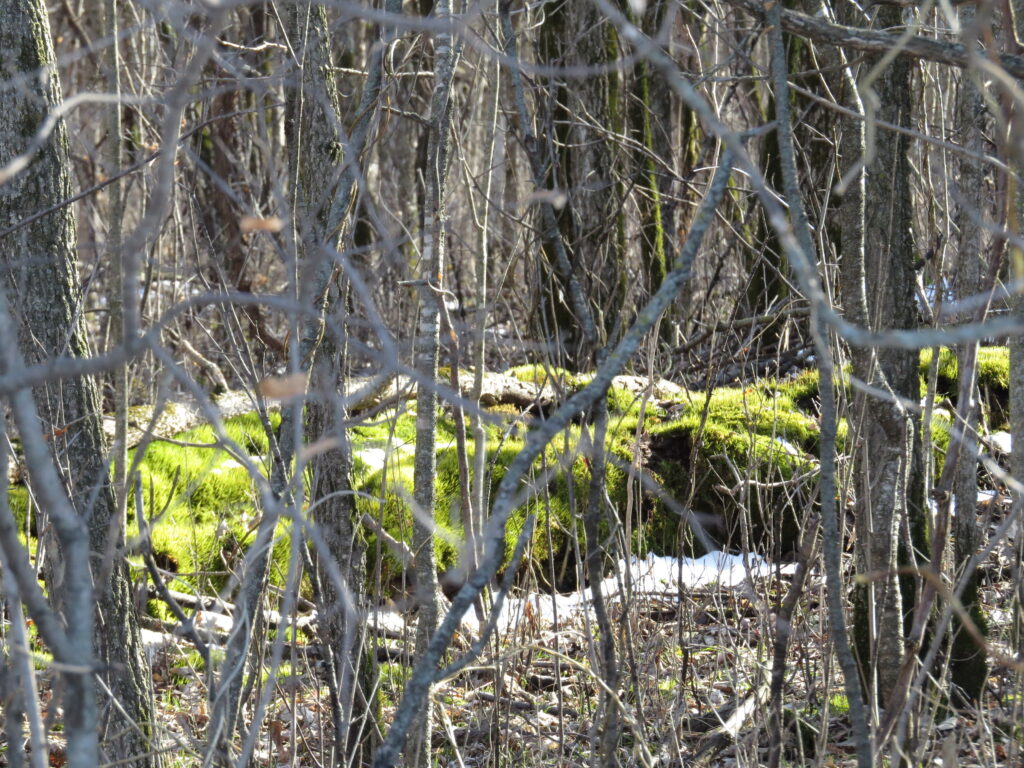
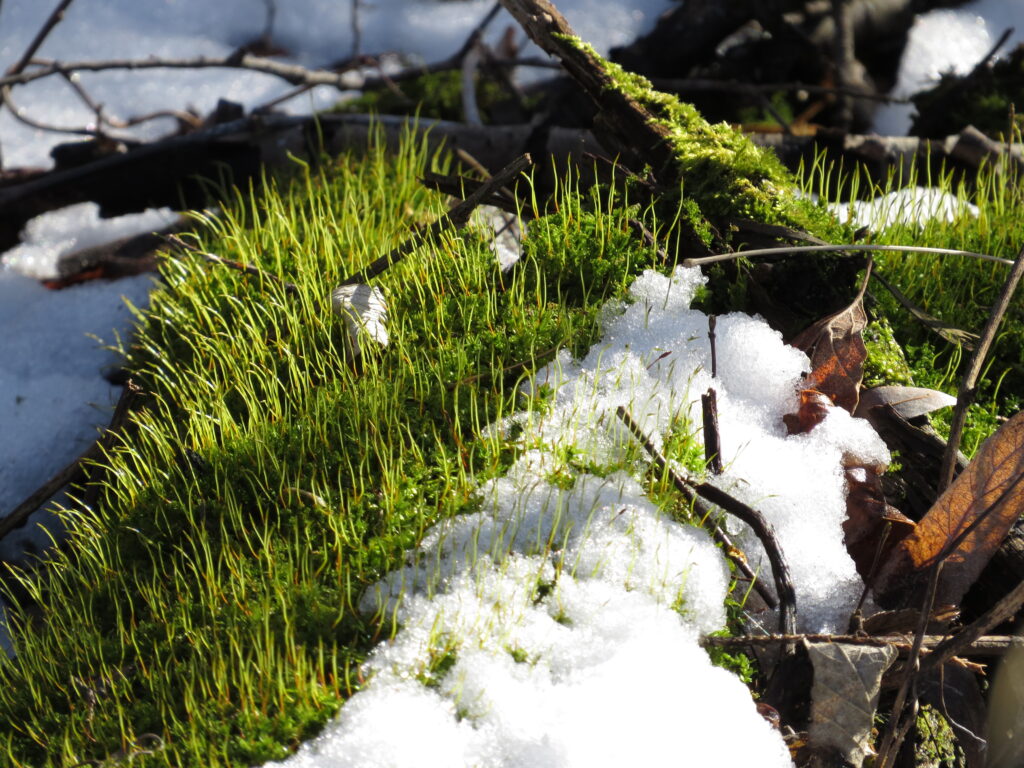
We rounded a corner beyond a row of tall Pines. The sun was bright in our eyes. Without sunglasses, I squinted to see what Chris noticed—in the glowing sunlight stood a young deer looking at us. I always marvel at these creature to creature encounters when curiosity of one another binds us together for a moment in time!
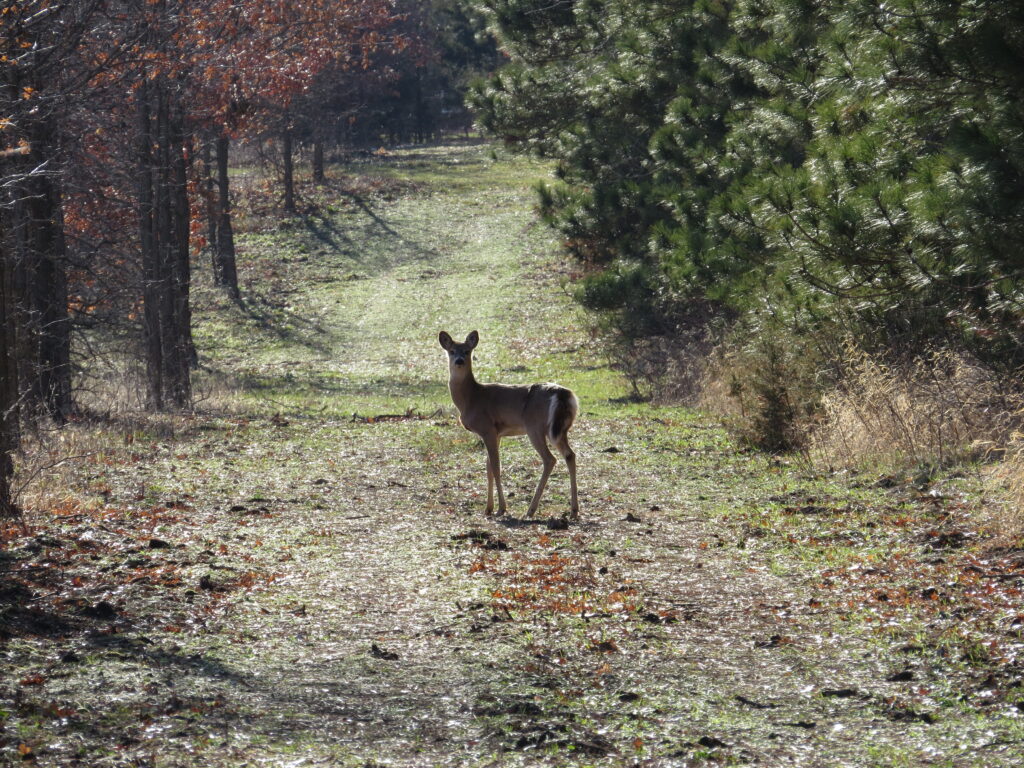
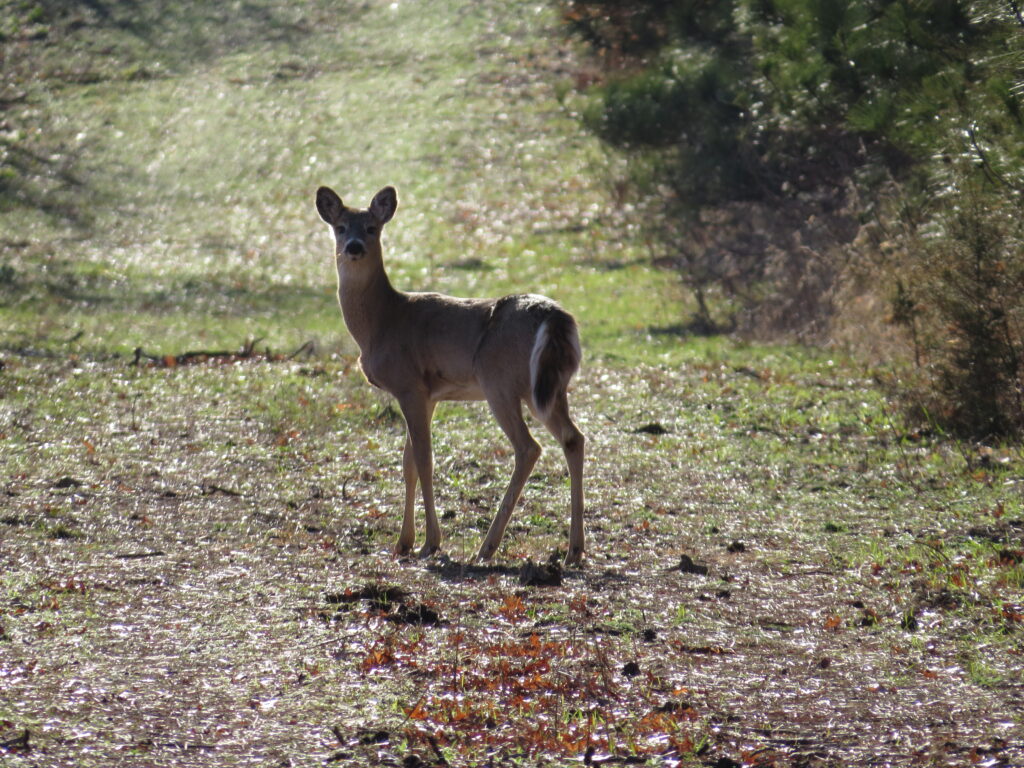
The Young One wandered away, not running, not raising her white tail in alarm. We saw her and another larger deer nibbling at things among the Oak trees. They watched us, and we watched them, all of us happy for the melting snow, the unveiling of the fuzzy, green Mullein and shoots of green grass, and for the imminent promise of Spring.
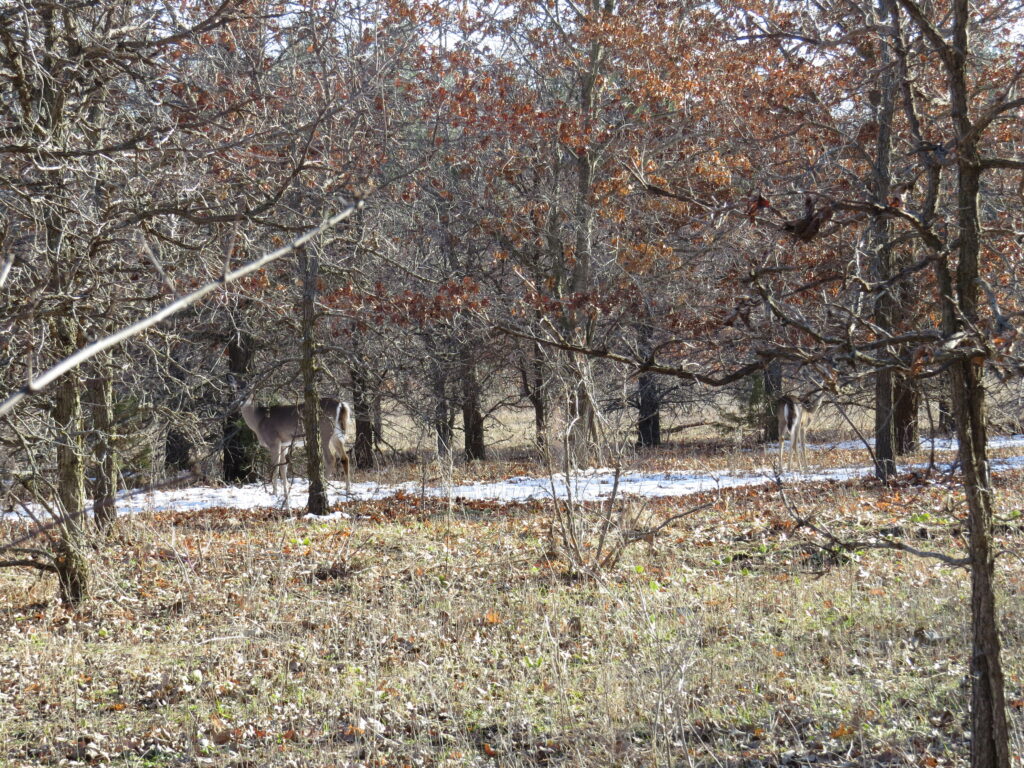
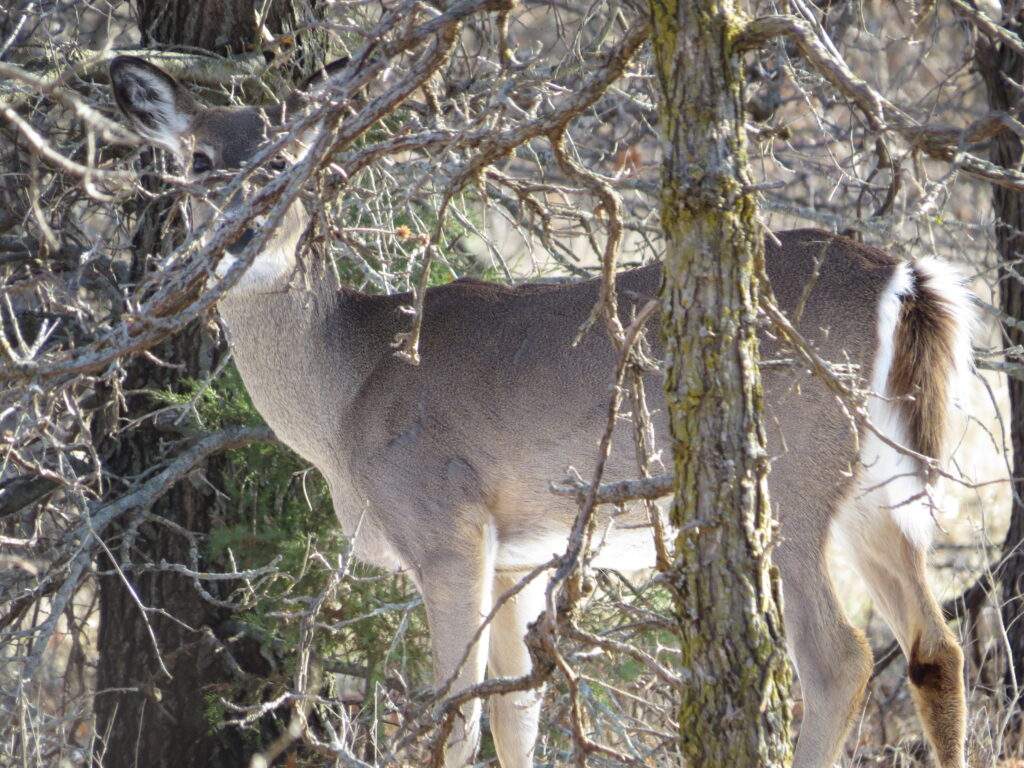
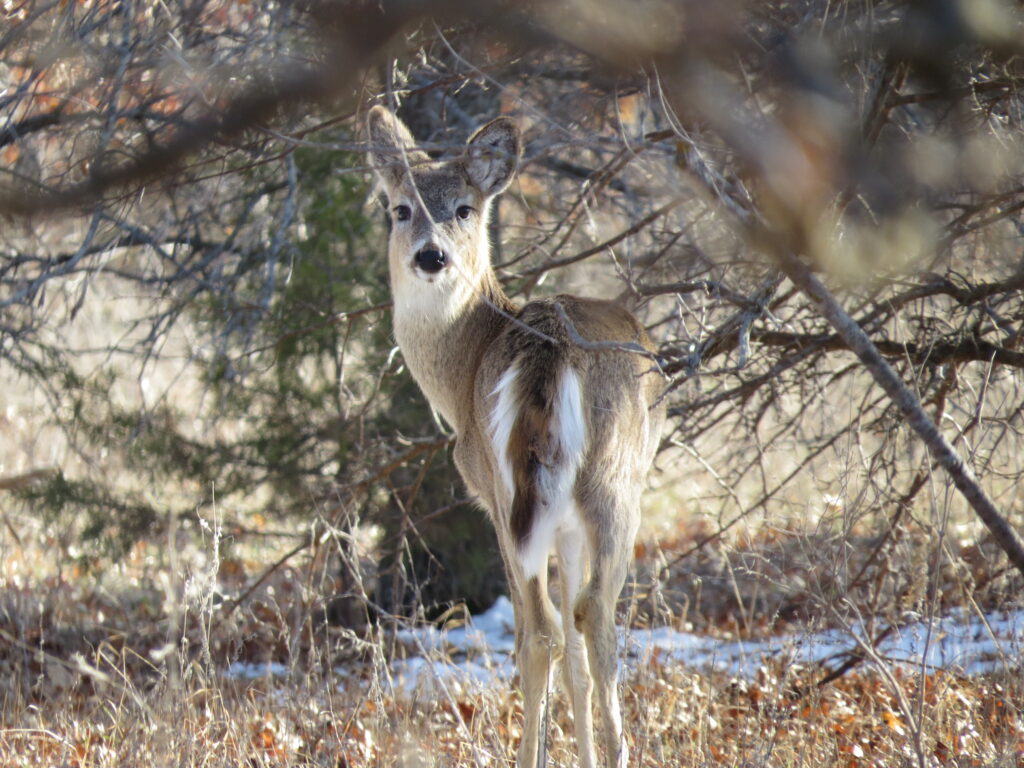
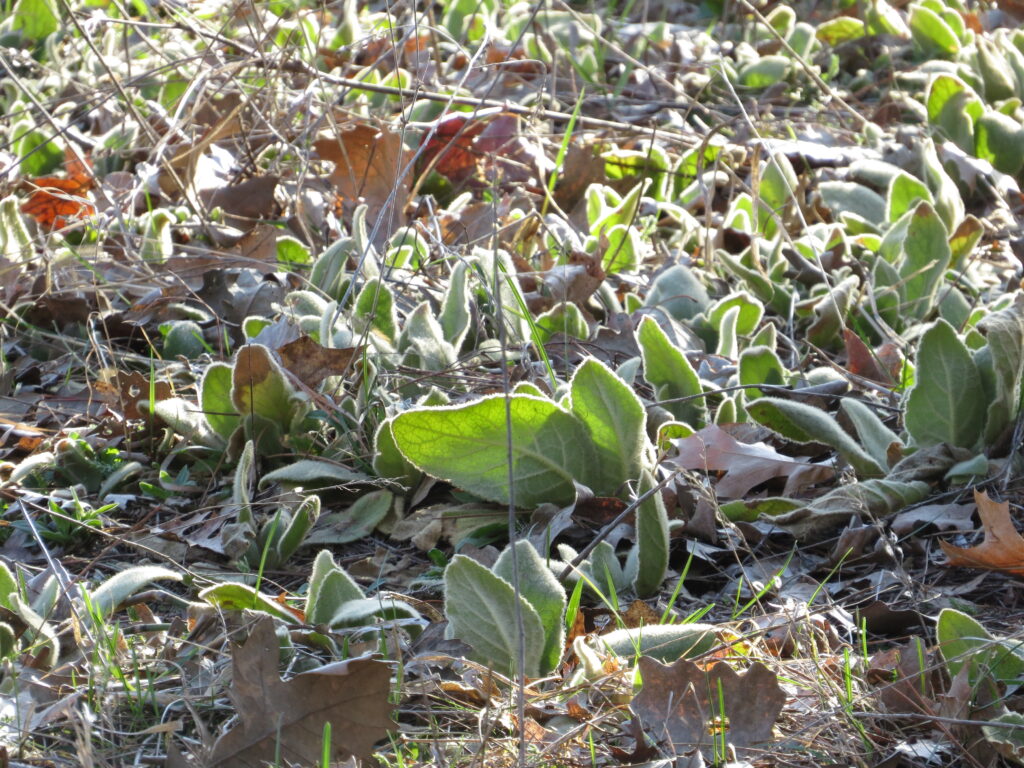
Mississippi River County Park is a stellar example of a ‘good flood.’ Most often when we hear the word ‘flooding,’ it is a crisis of washed out roads and damaged homes. Melting snow and Spring rains bring about an increase in the volume of water flowing down a river—and it needs someplace to go. Lowland around a river—the flood plain—has been the natural place to safely contain excess water. It has adapted to being flooded in the Spring, and the plant life renews itself with nutrients dropped on the soil as the flood waters recede. As humans have drained and developed or farmed lowlands, there is less area to safely contain the excess water. More of it runs off to places that cause damage. The lowland at the park is doing exactly what it’s supposed to do—it’s a good flood!
The same can be said of our flood of emotions. They are our release valves in the messy business of being human. We have adapted to be emotional beings—it keeps us connected to one another, provides us with information about ourselves and others, and helps to keep us safe. When we notice and express our feelings in a healthy way, it helps to avert a crisis that causes heartache and damage. So we just have to let the good floods happen, let the tears and water flow, witness the overwhelm and the adaptability, connect with curiosity, learn, and have fun!
